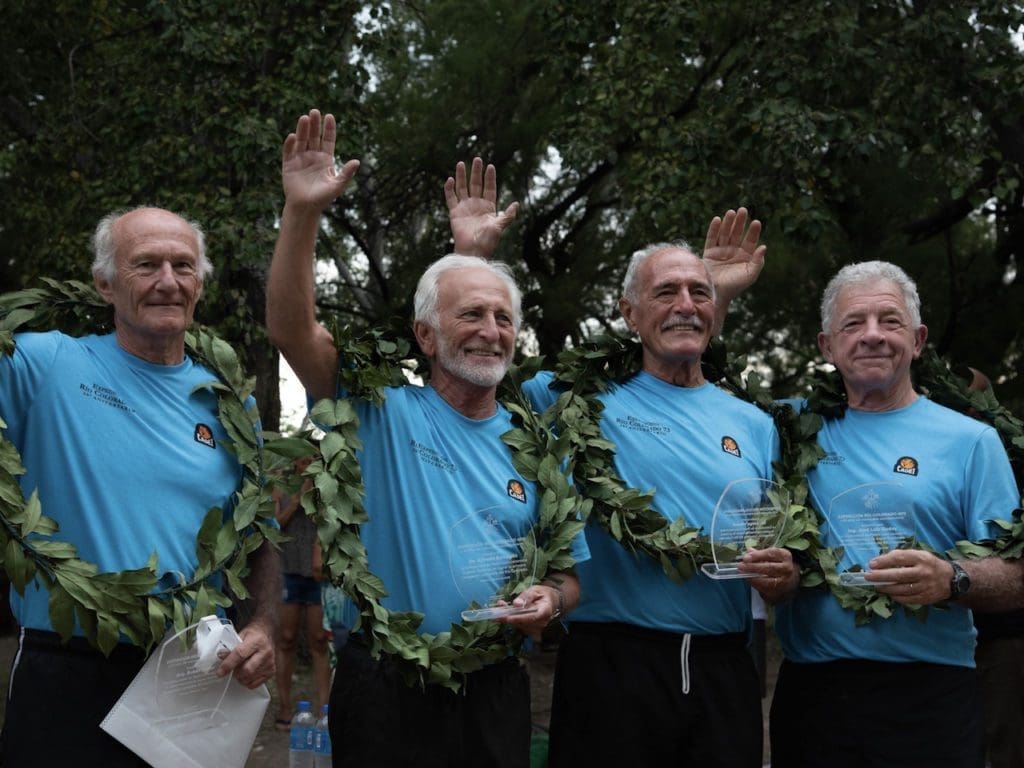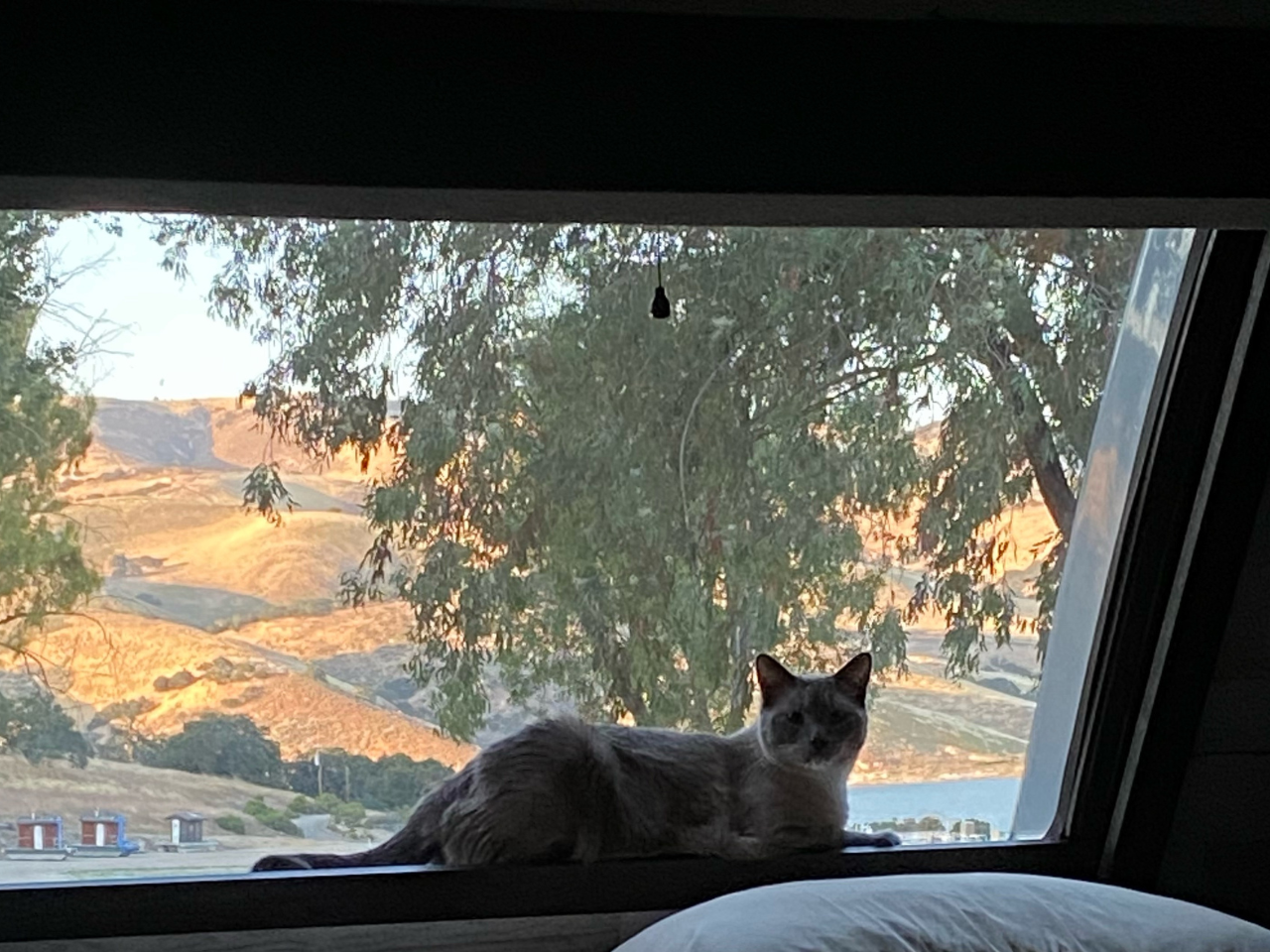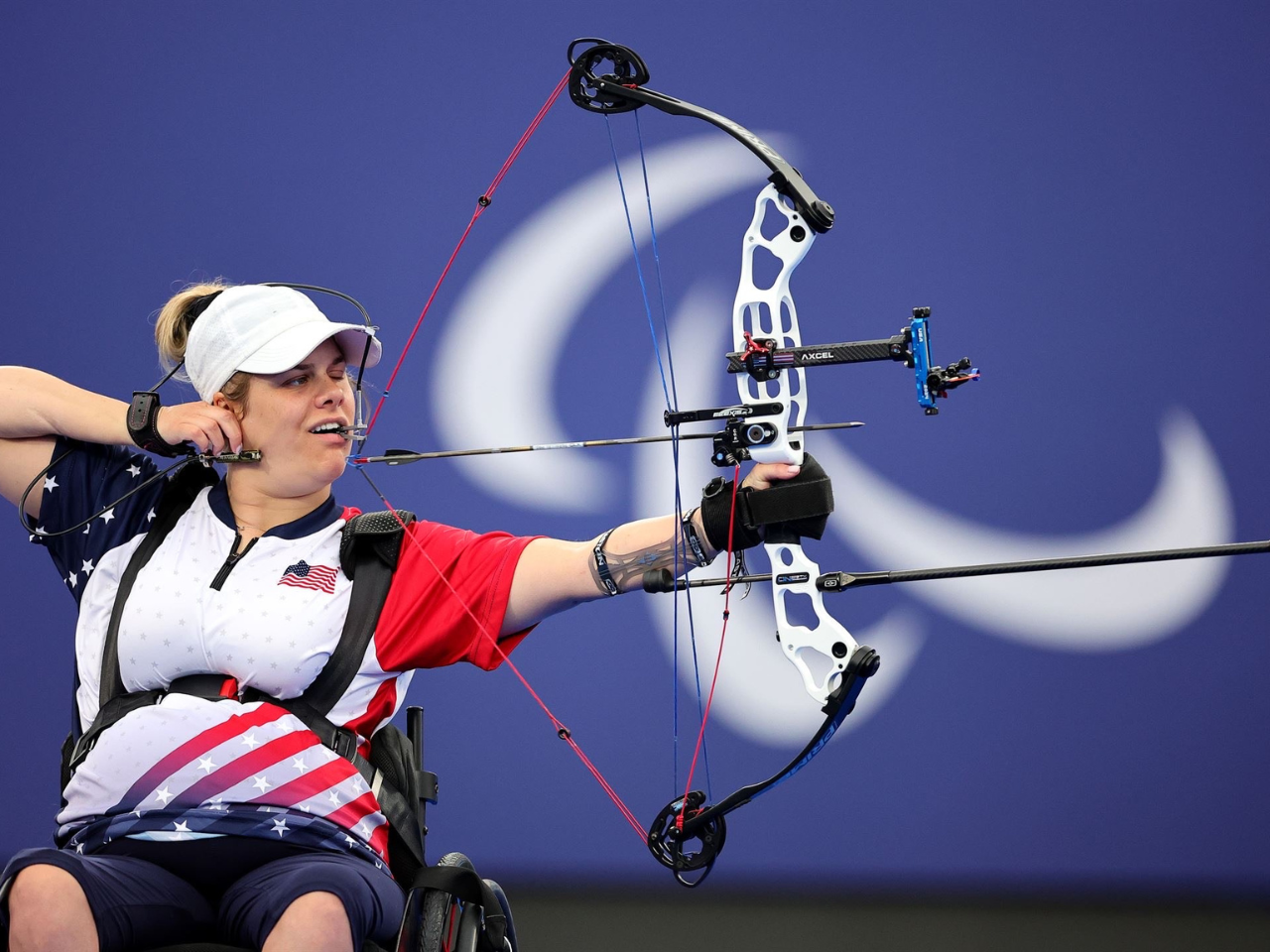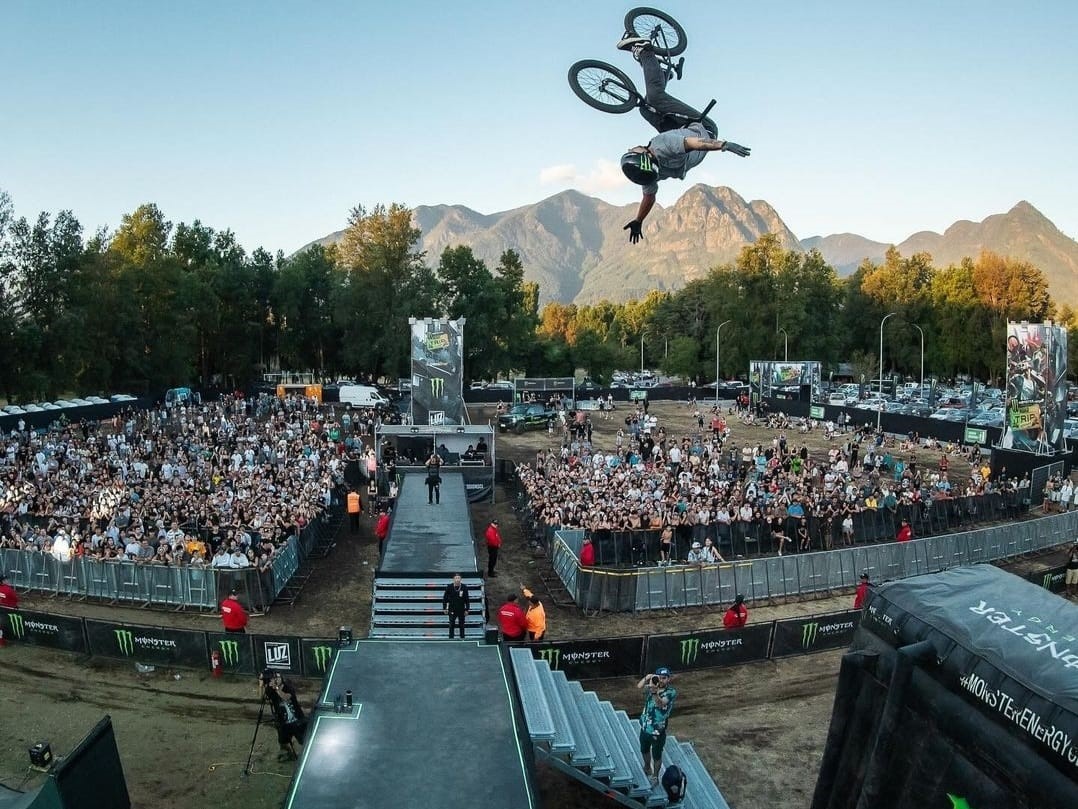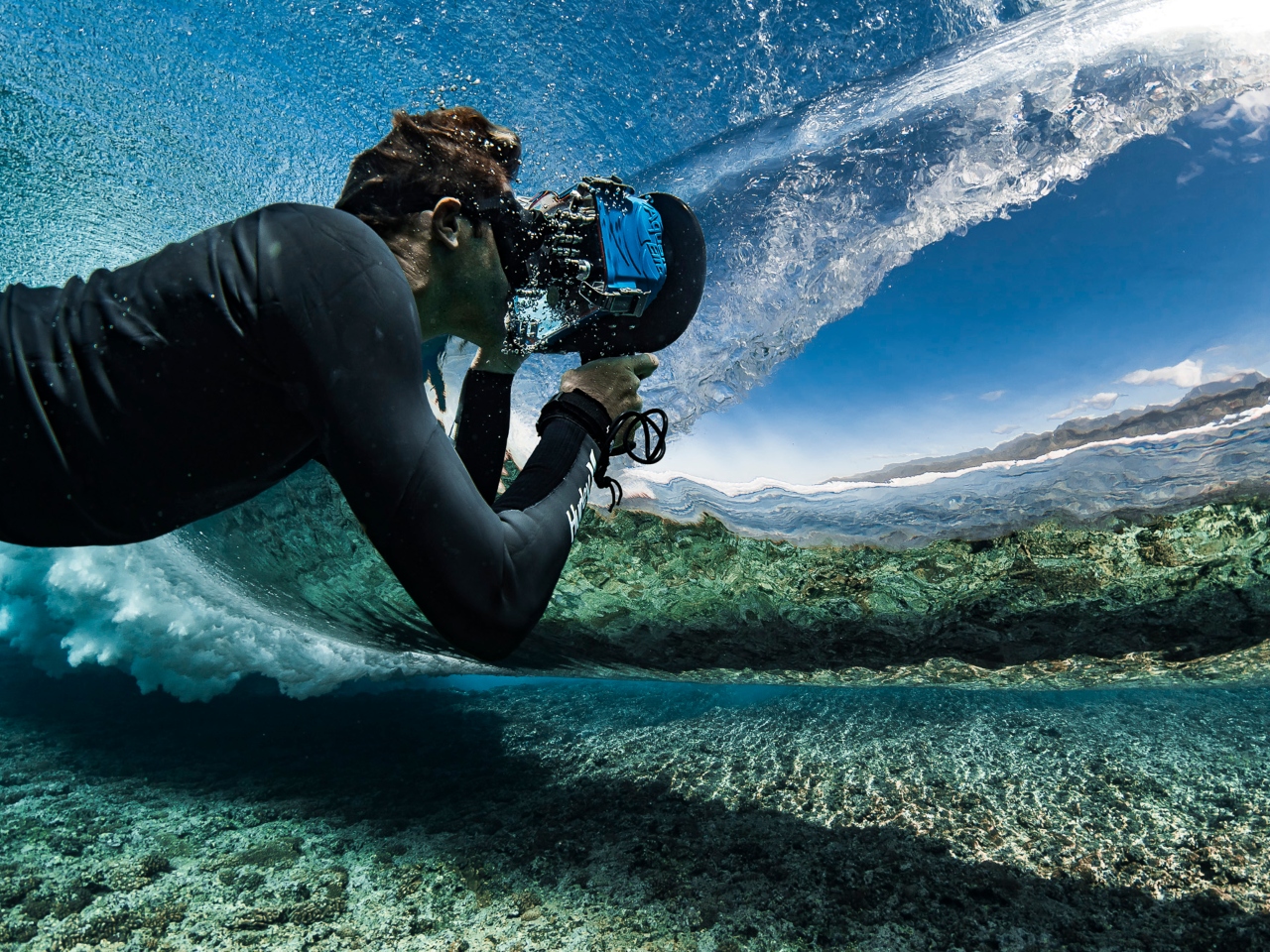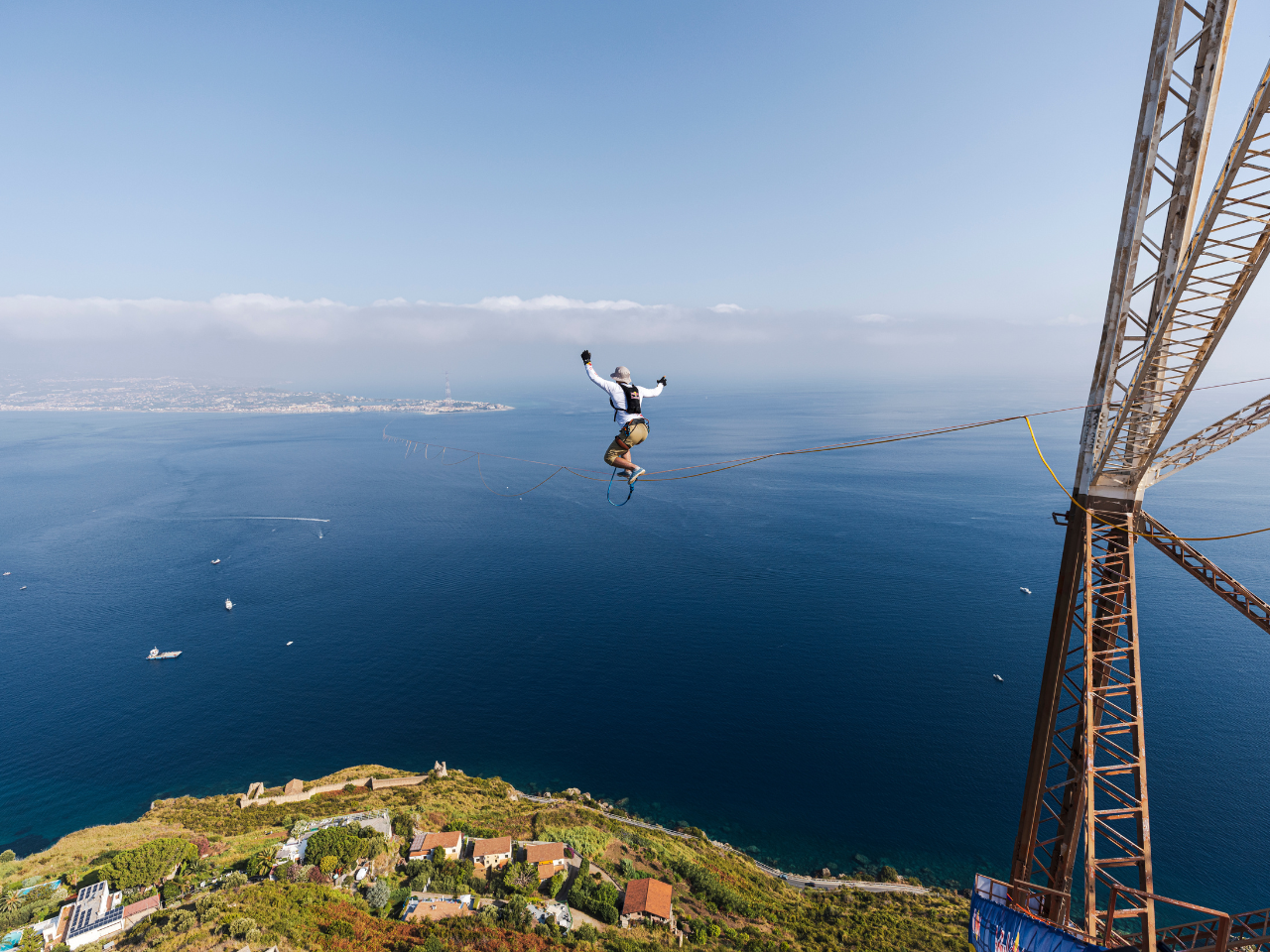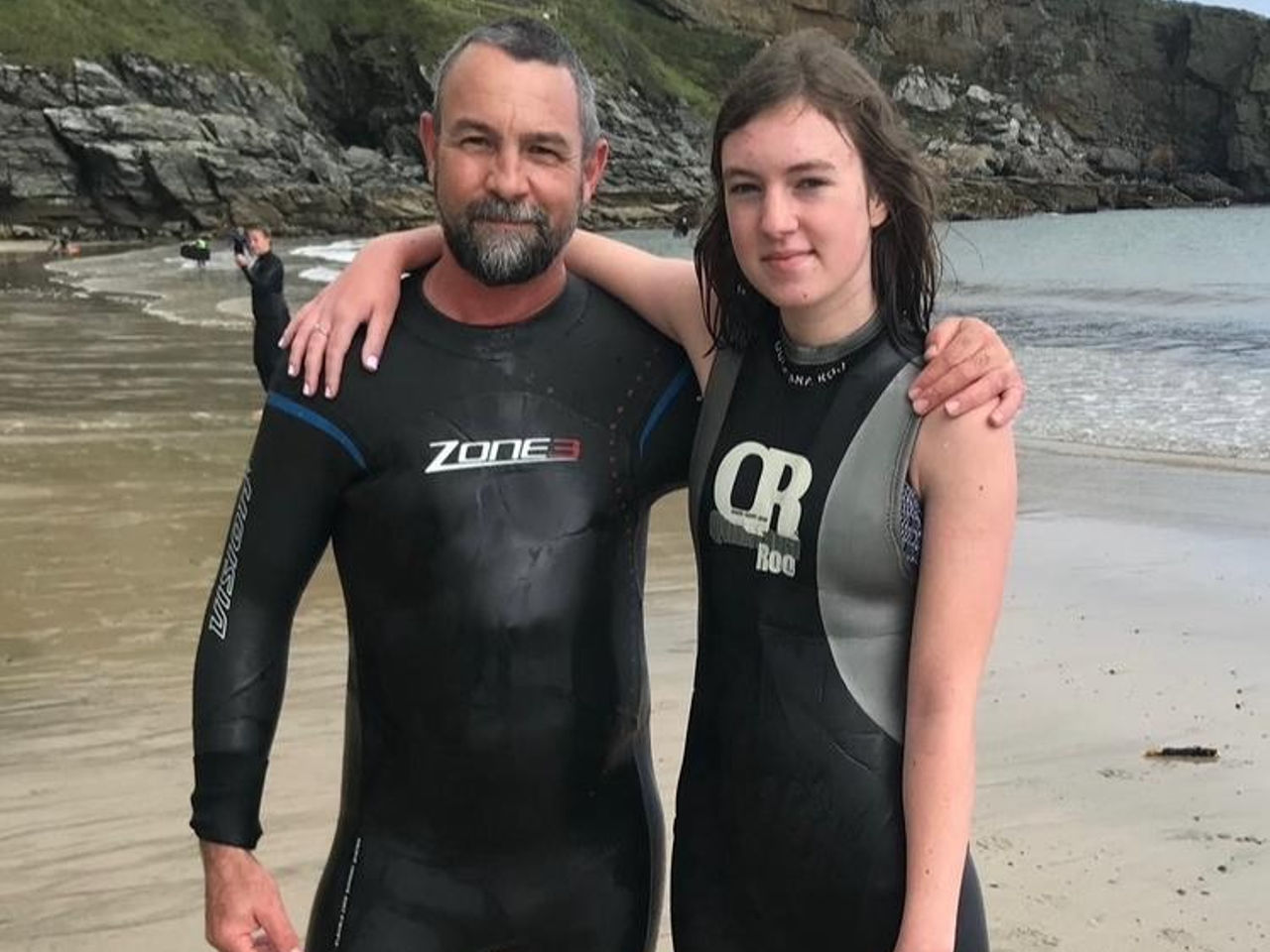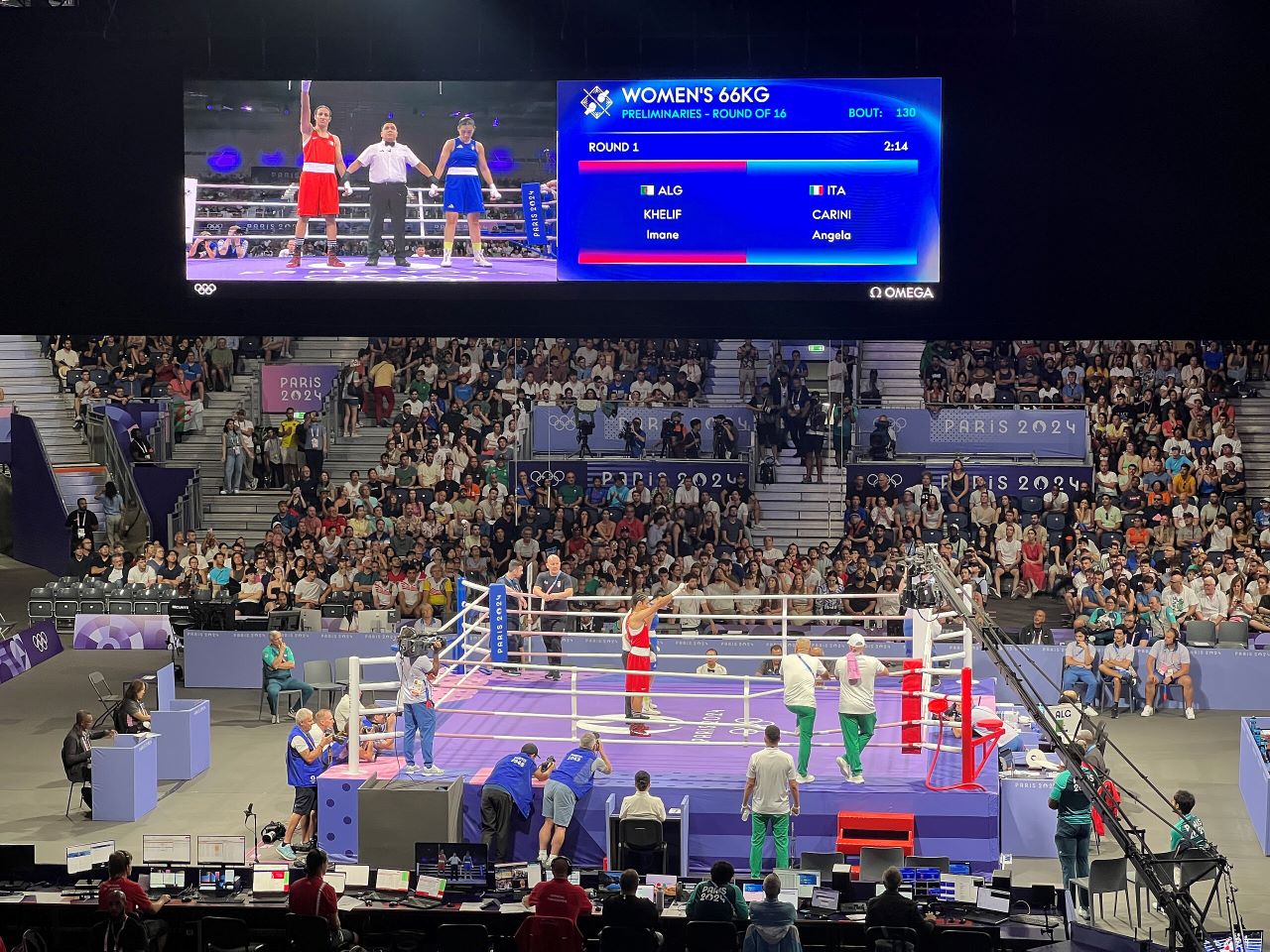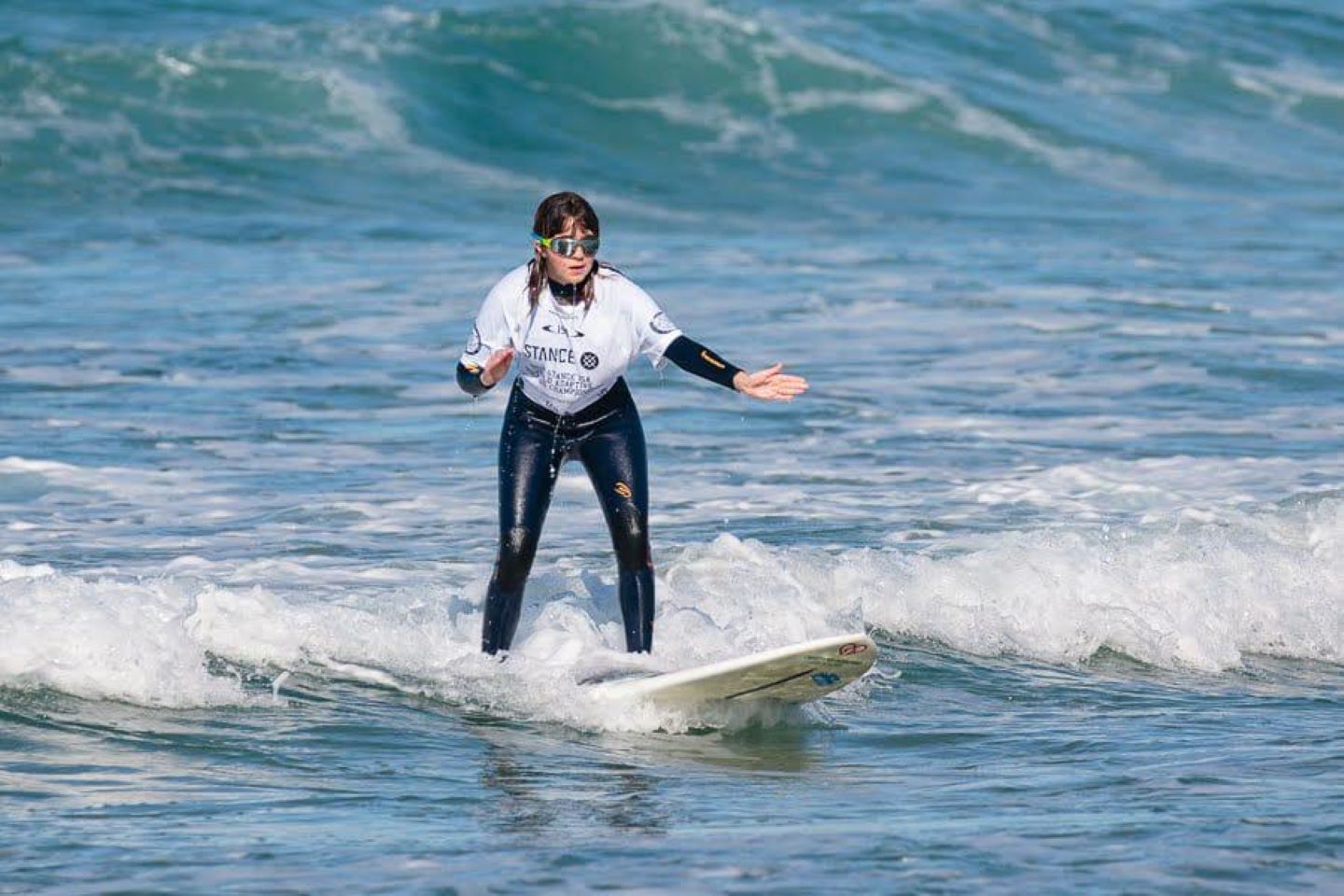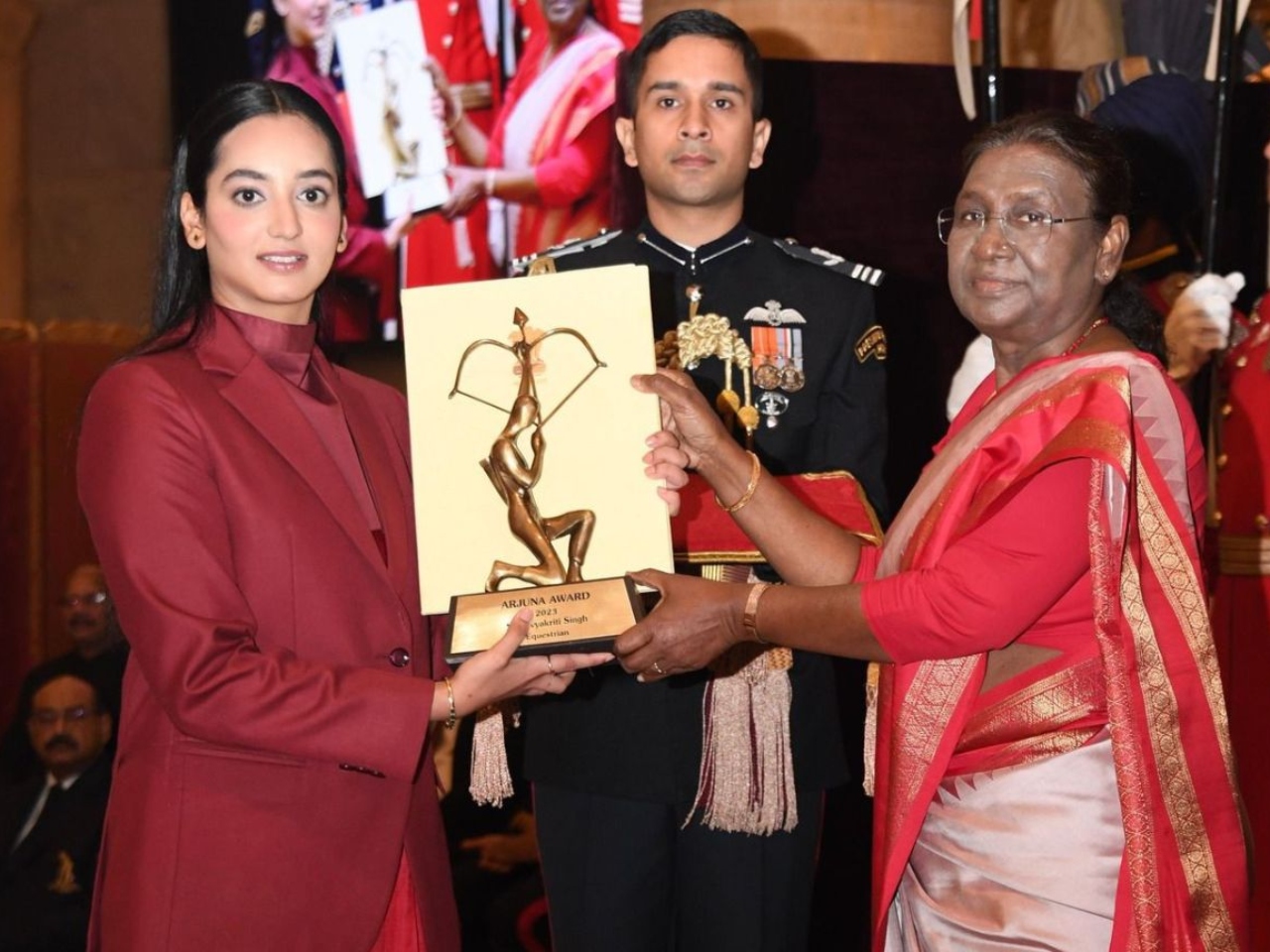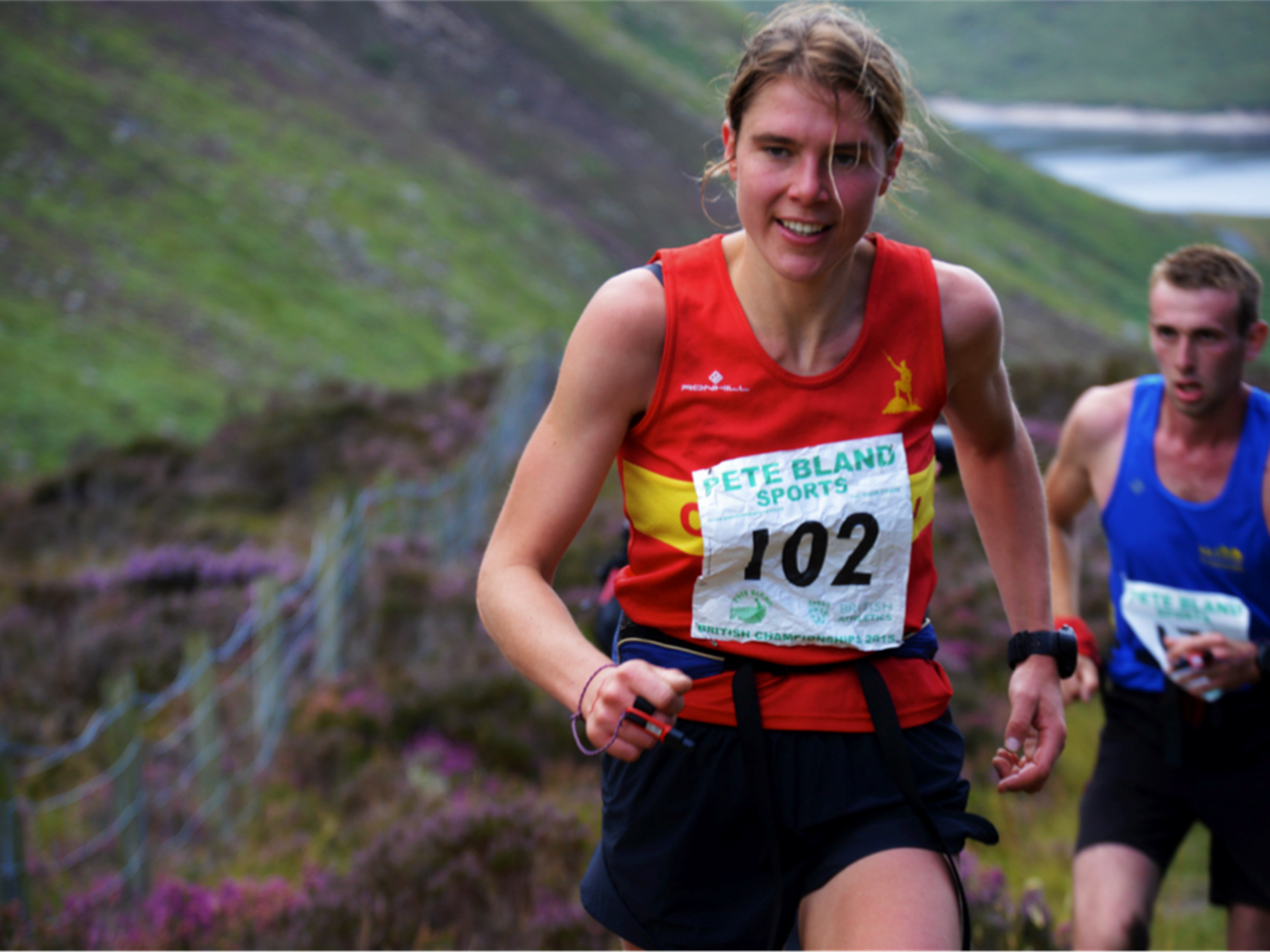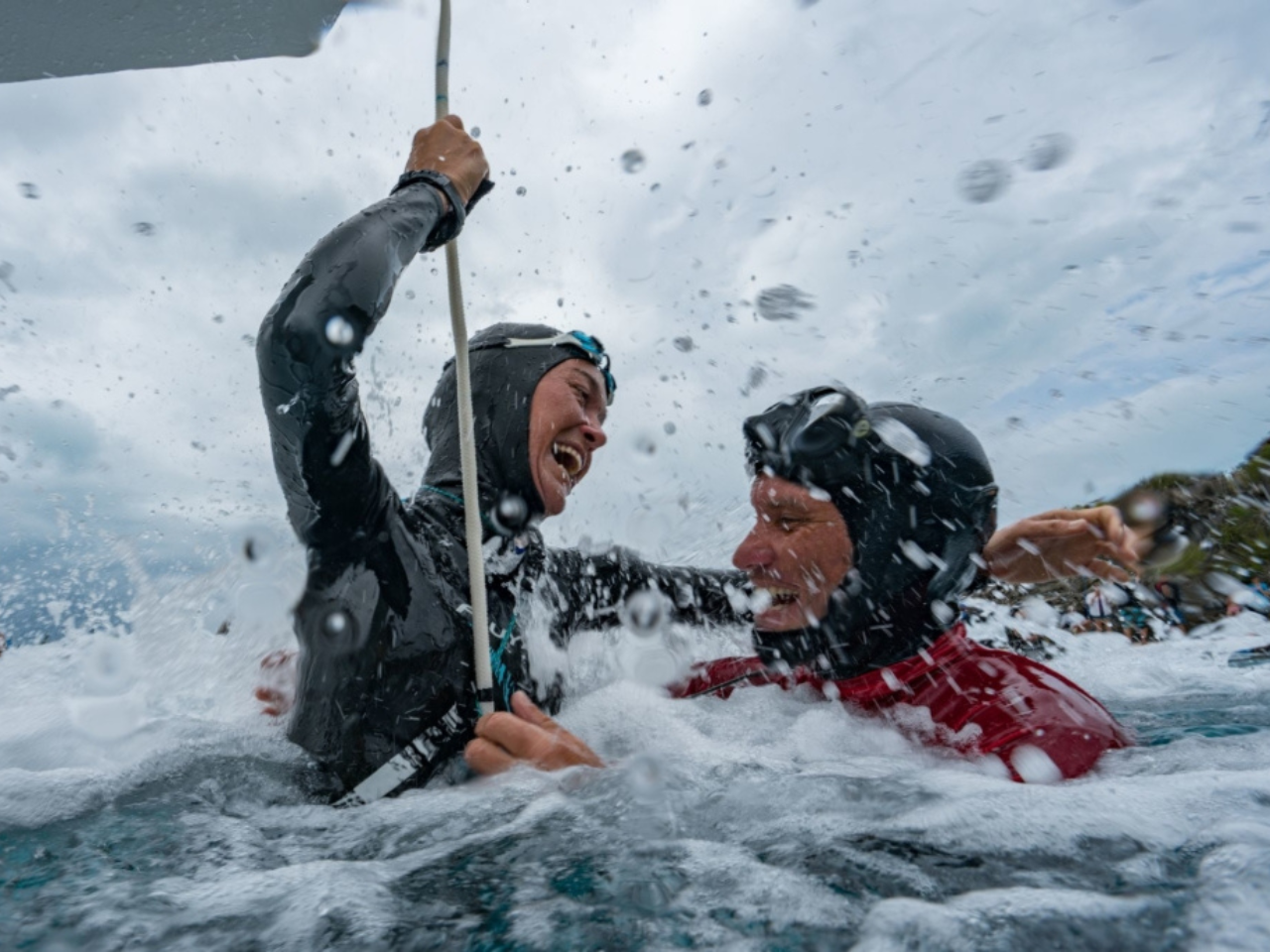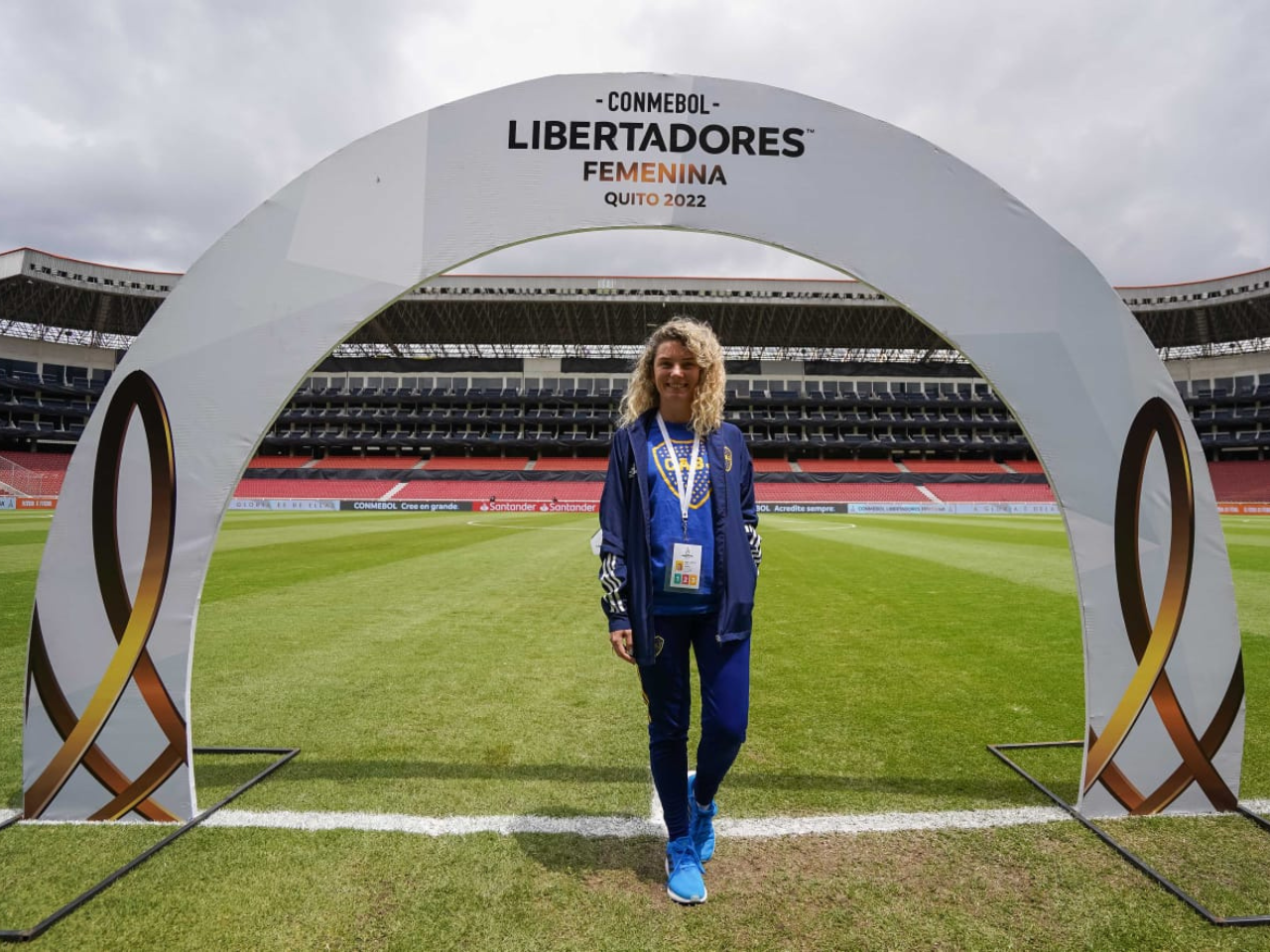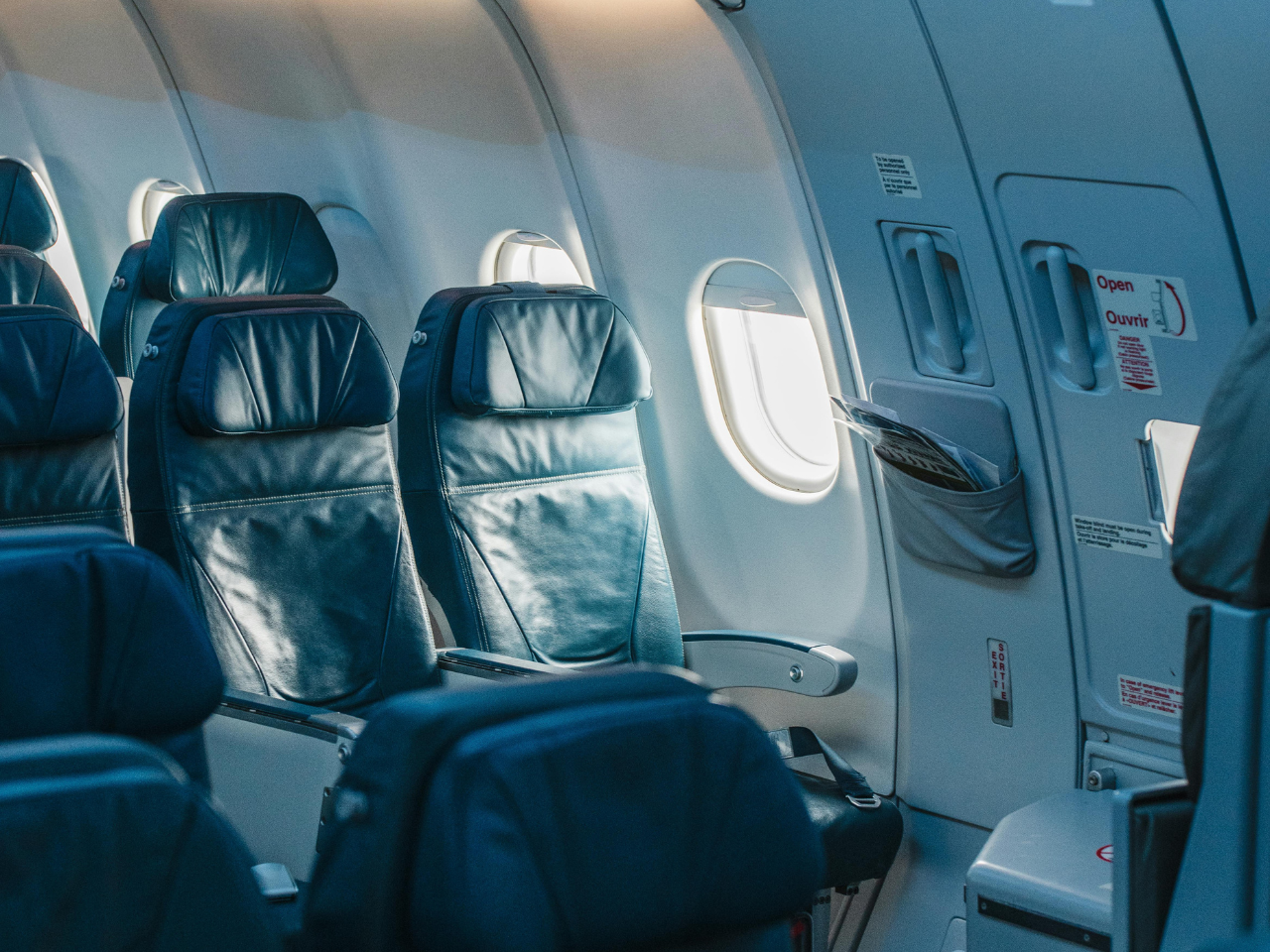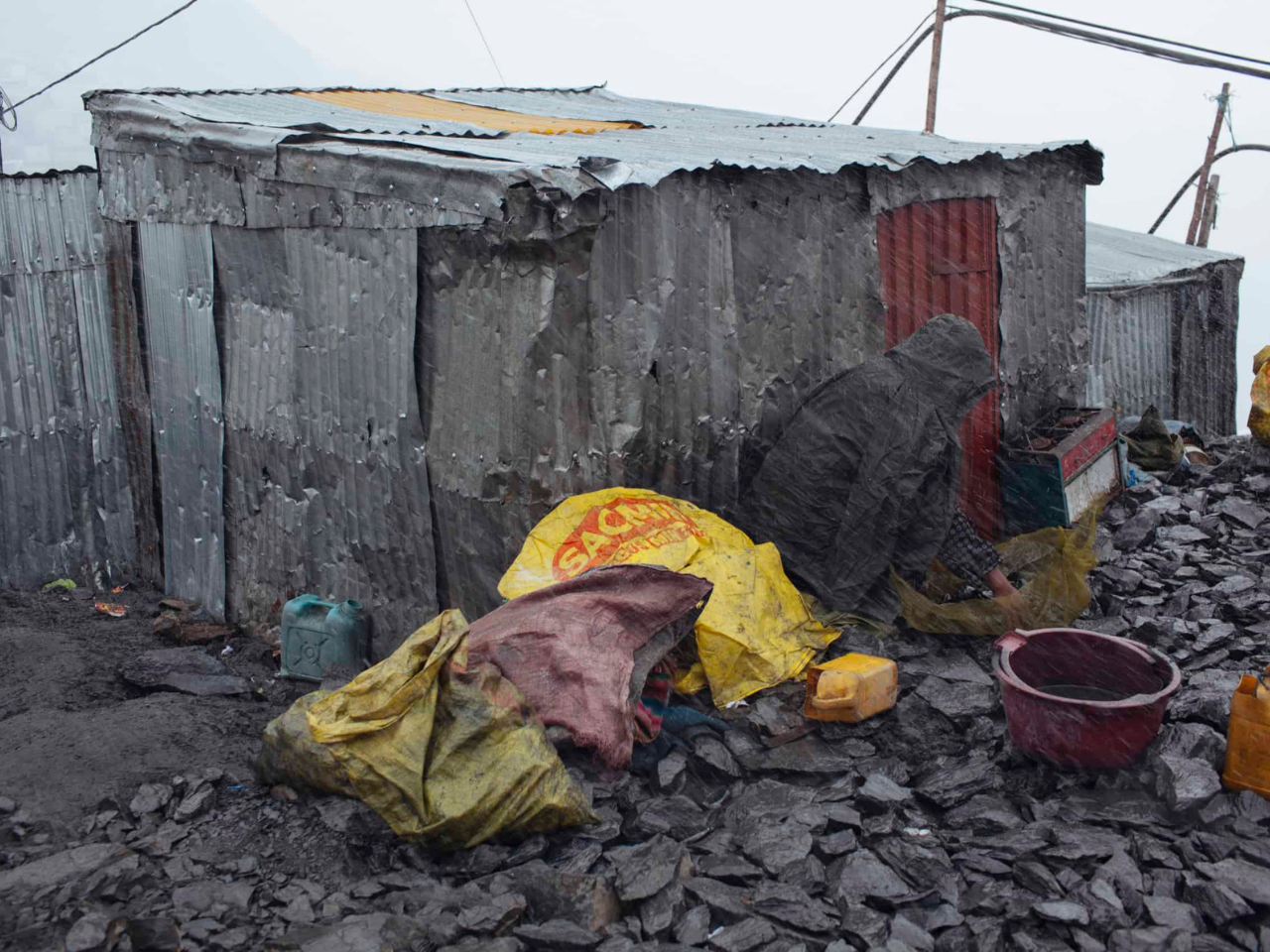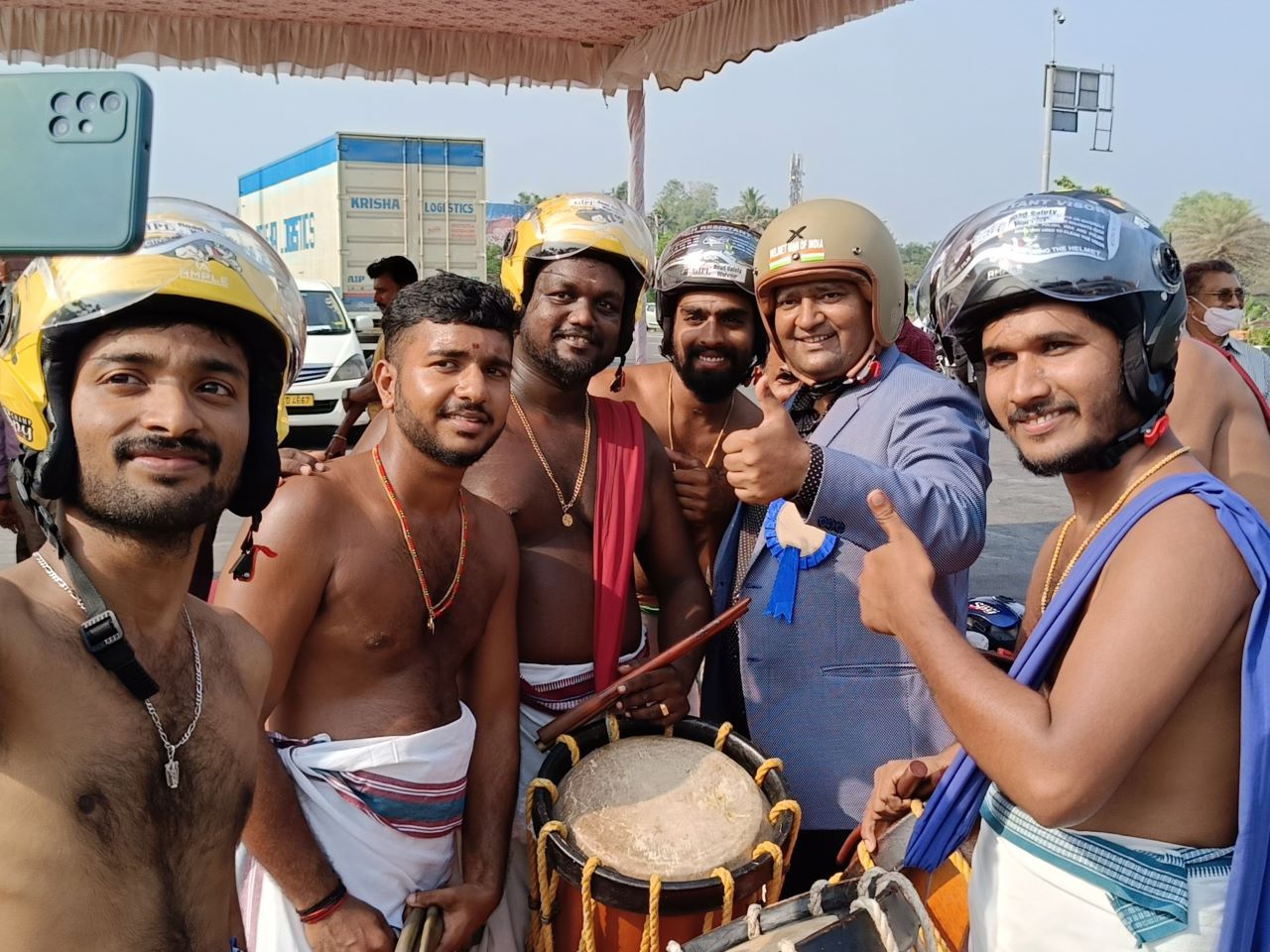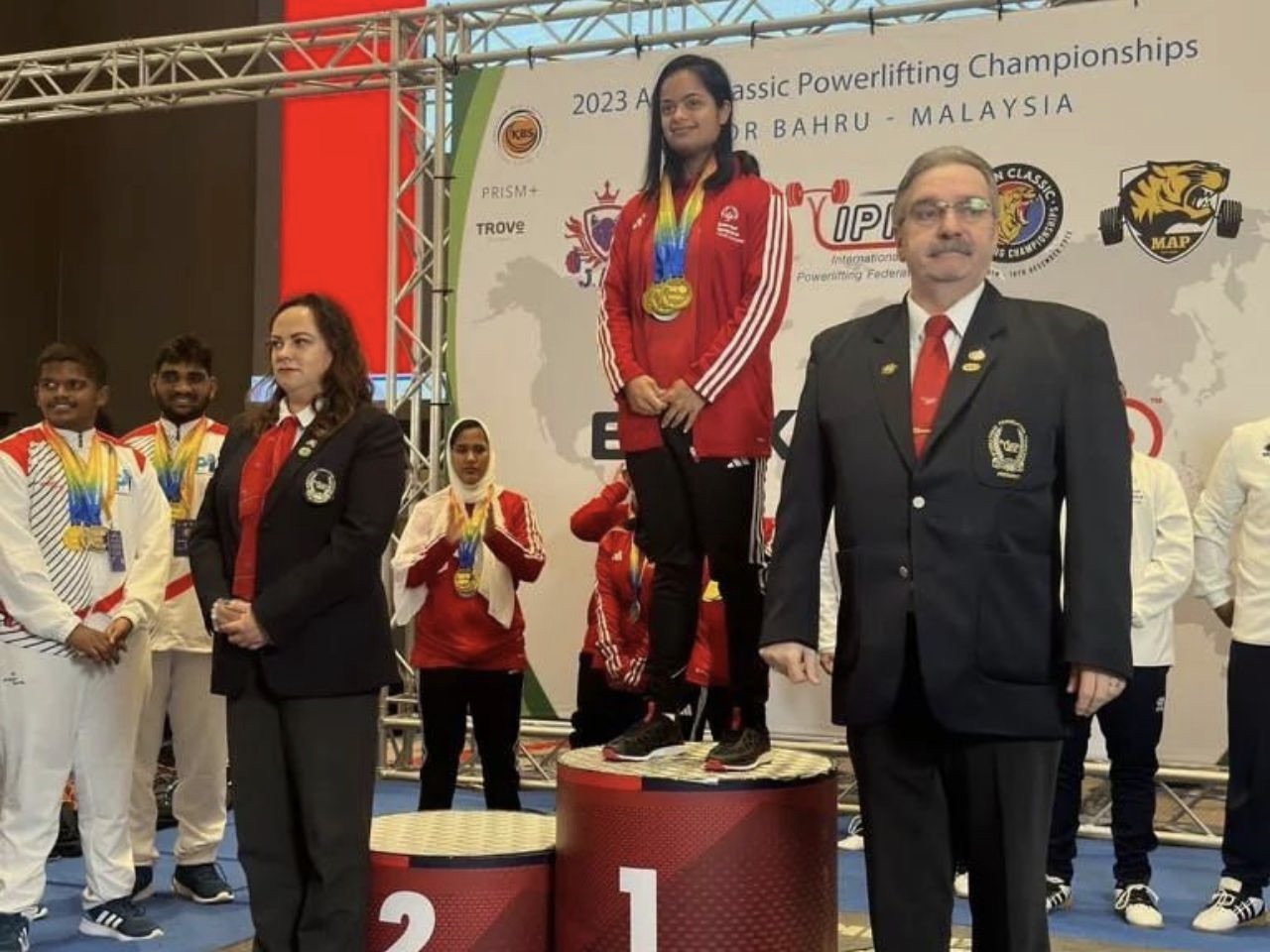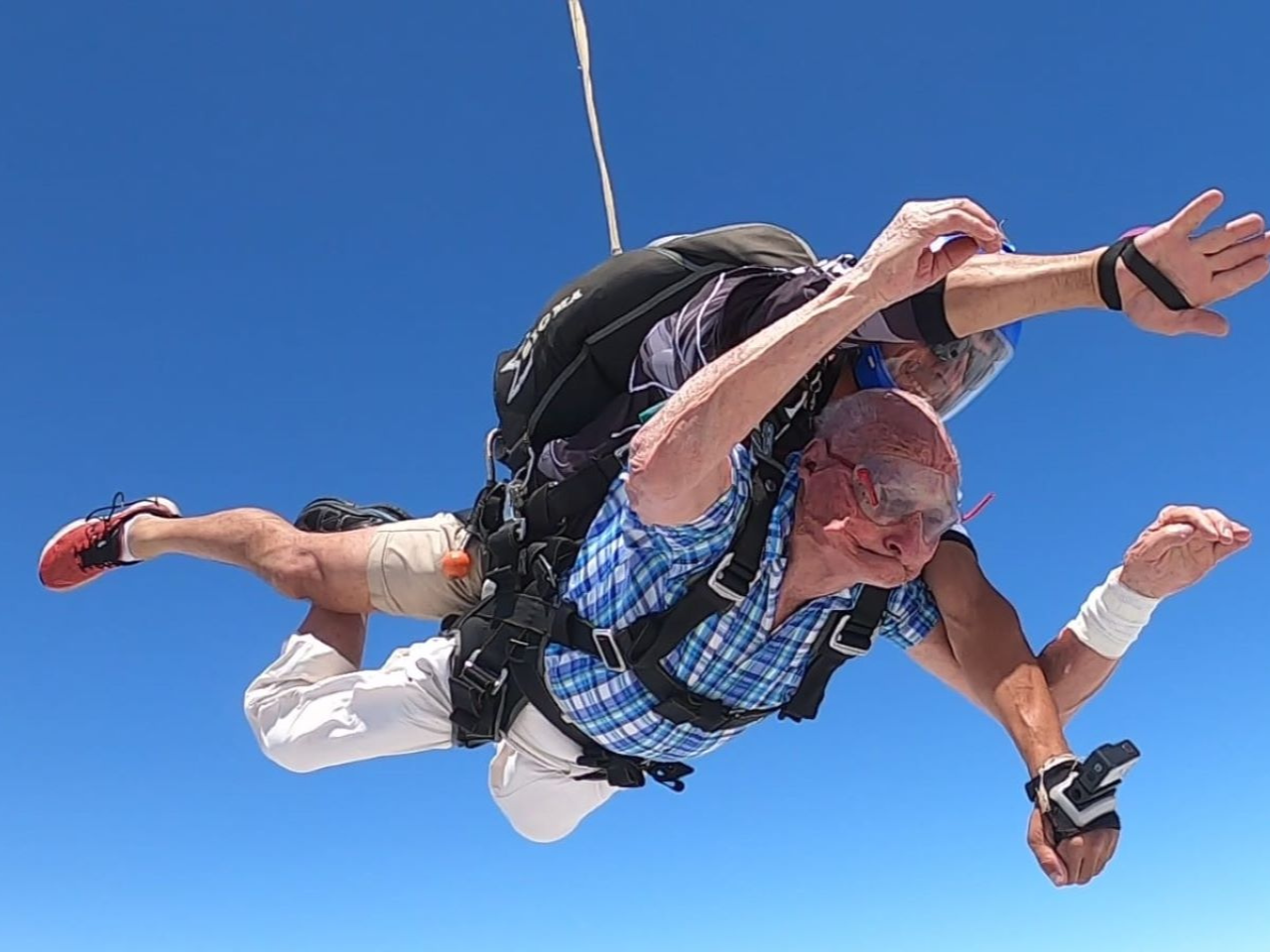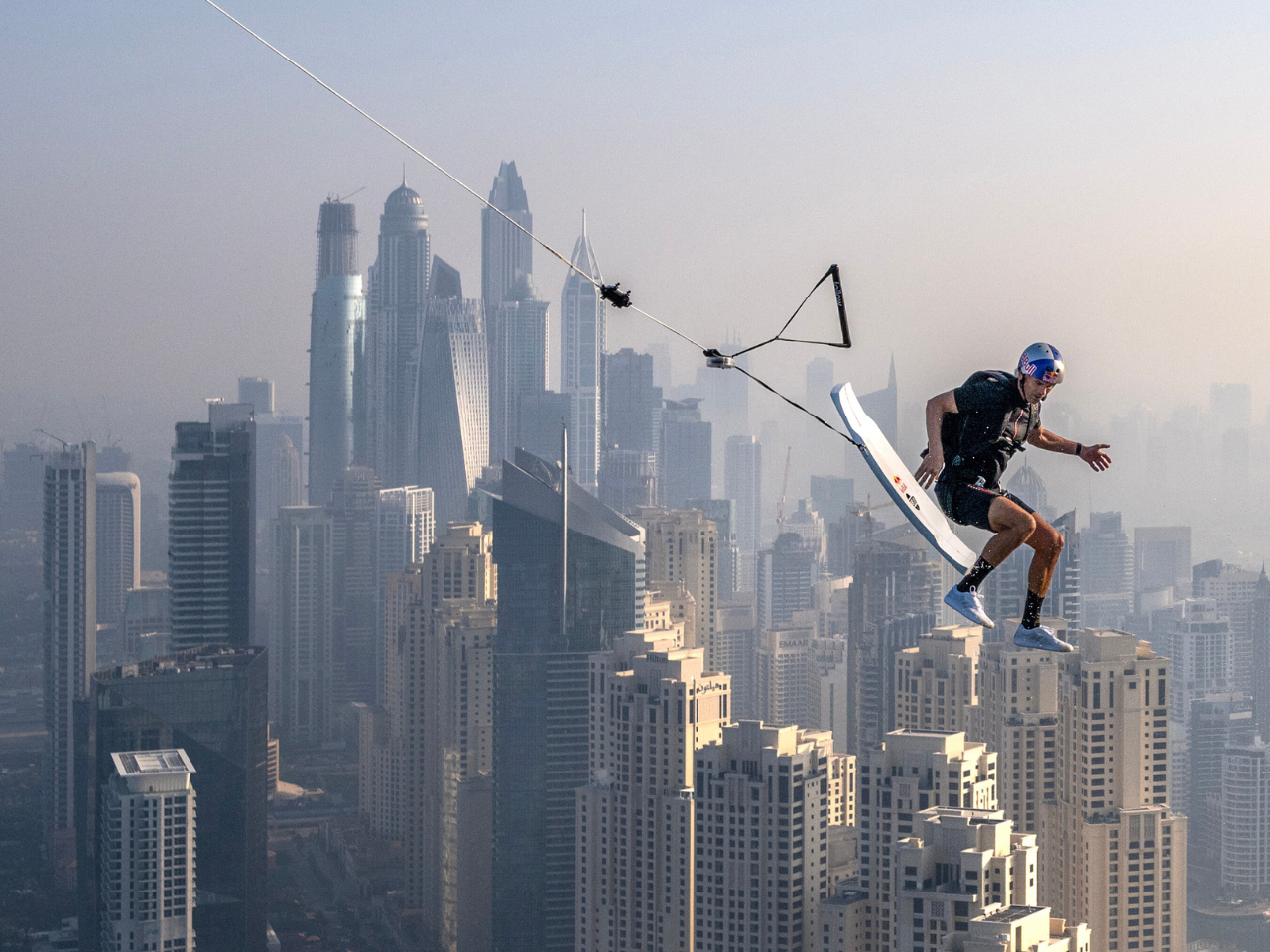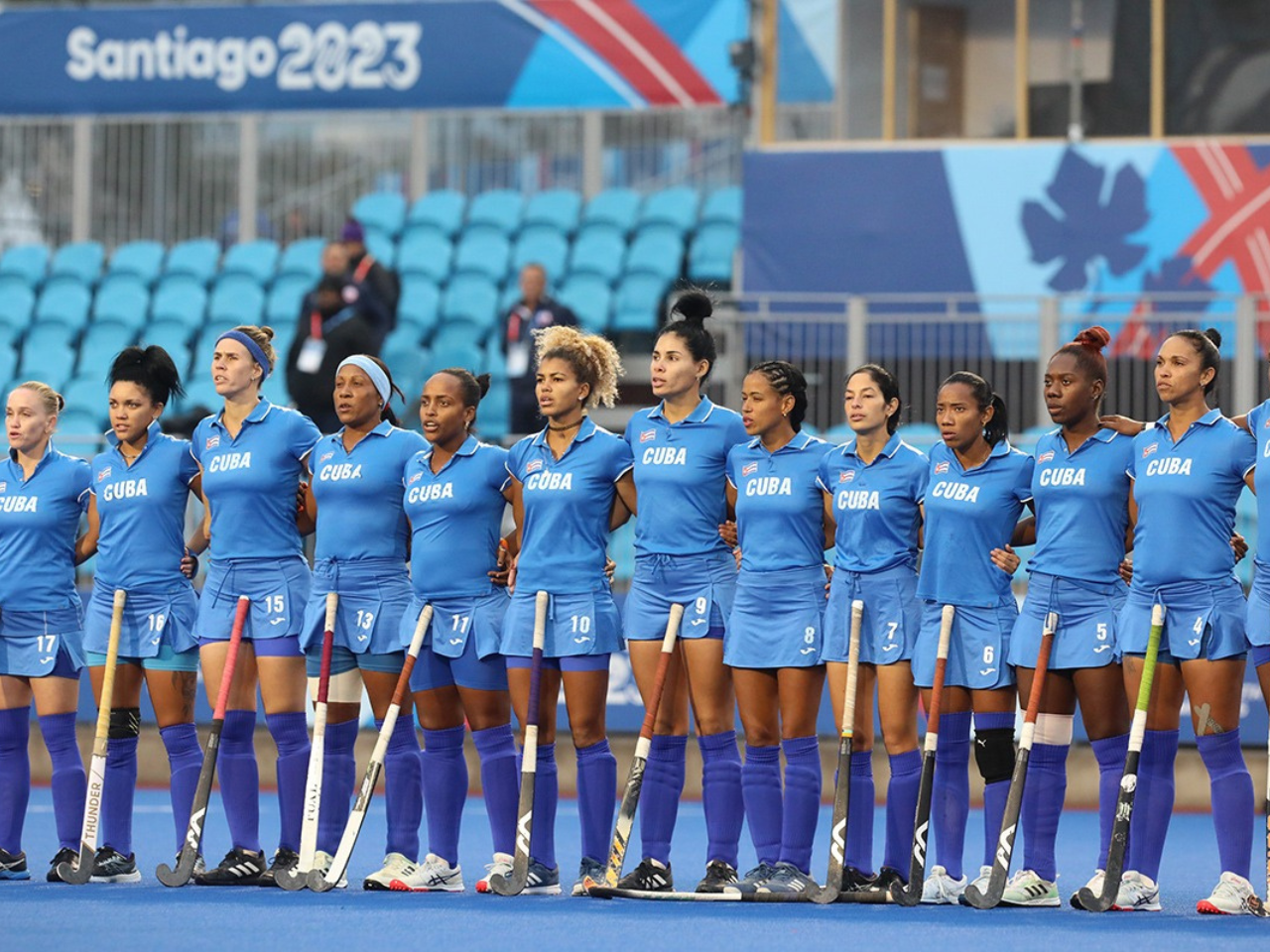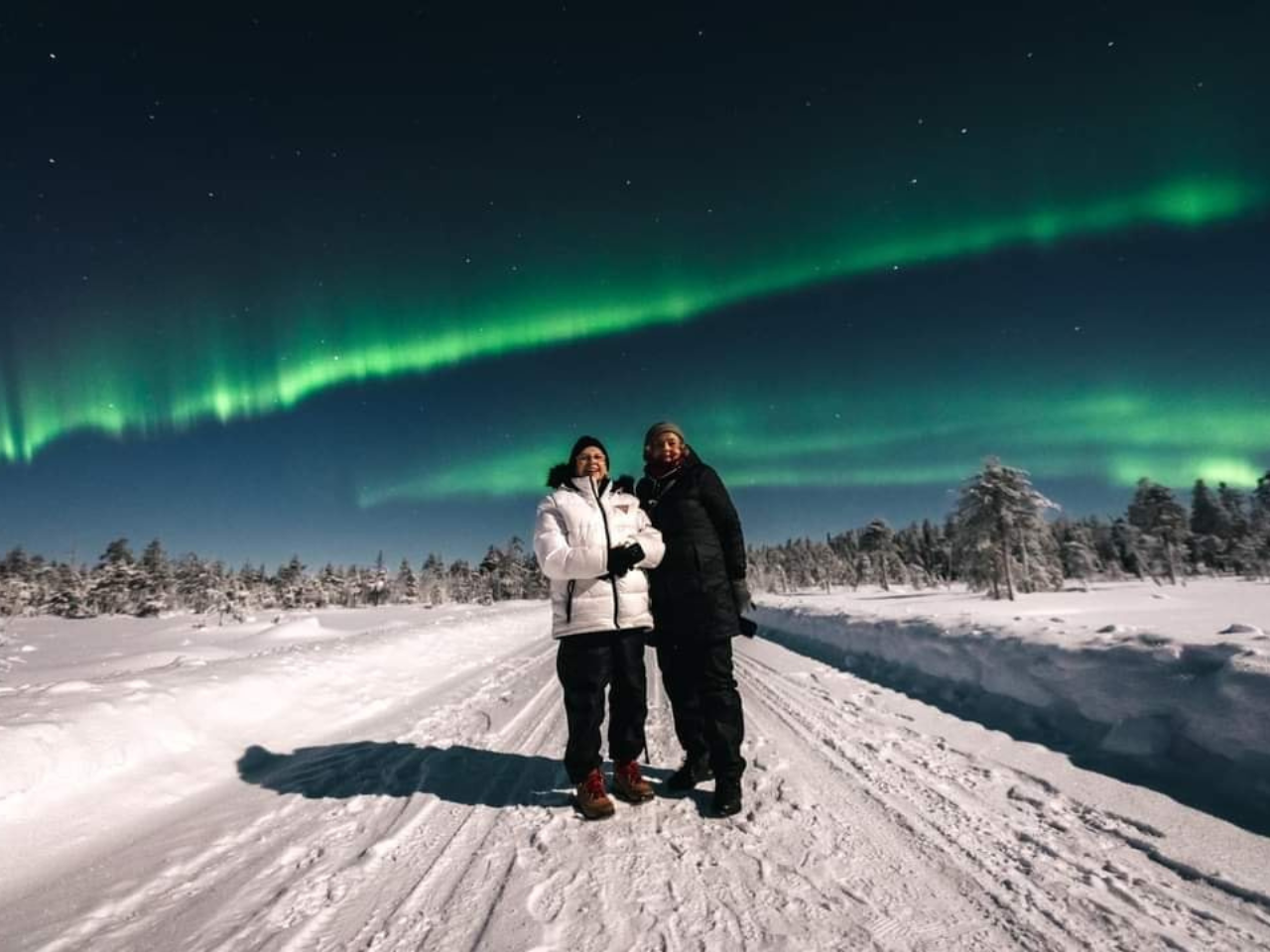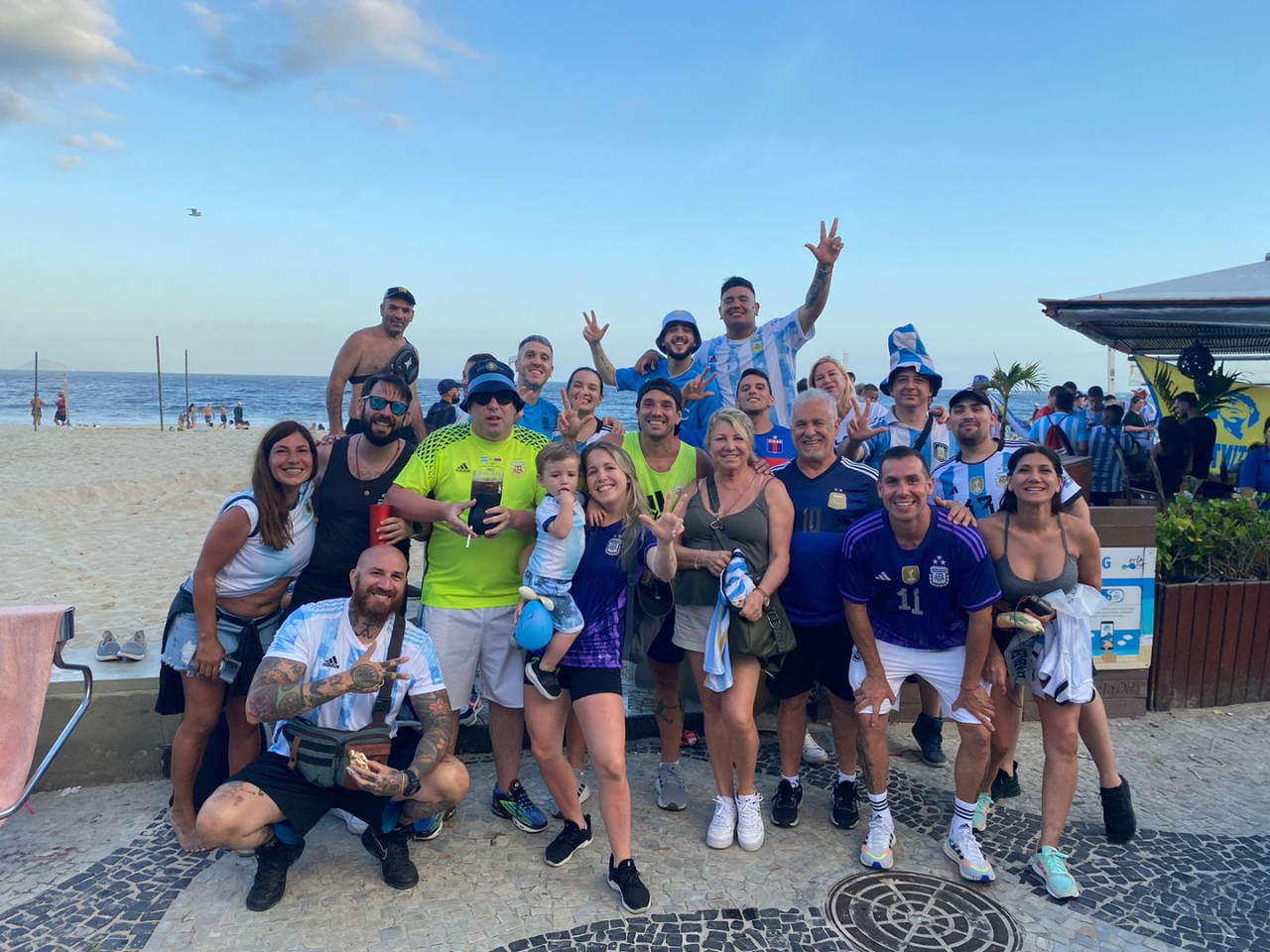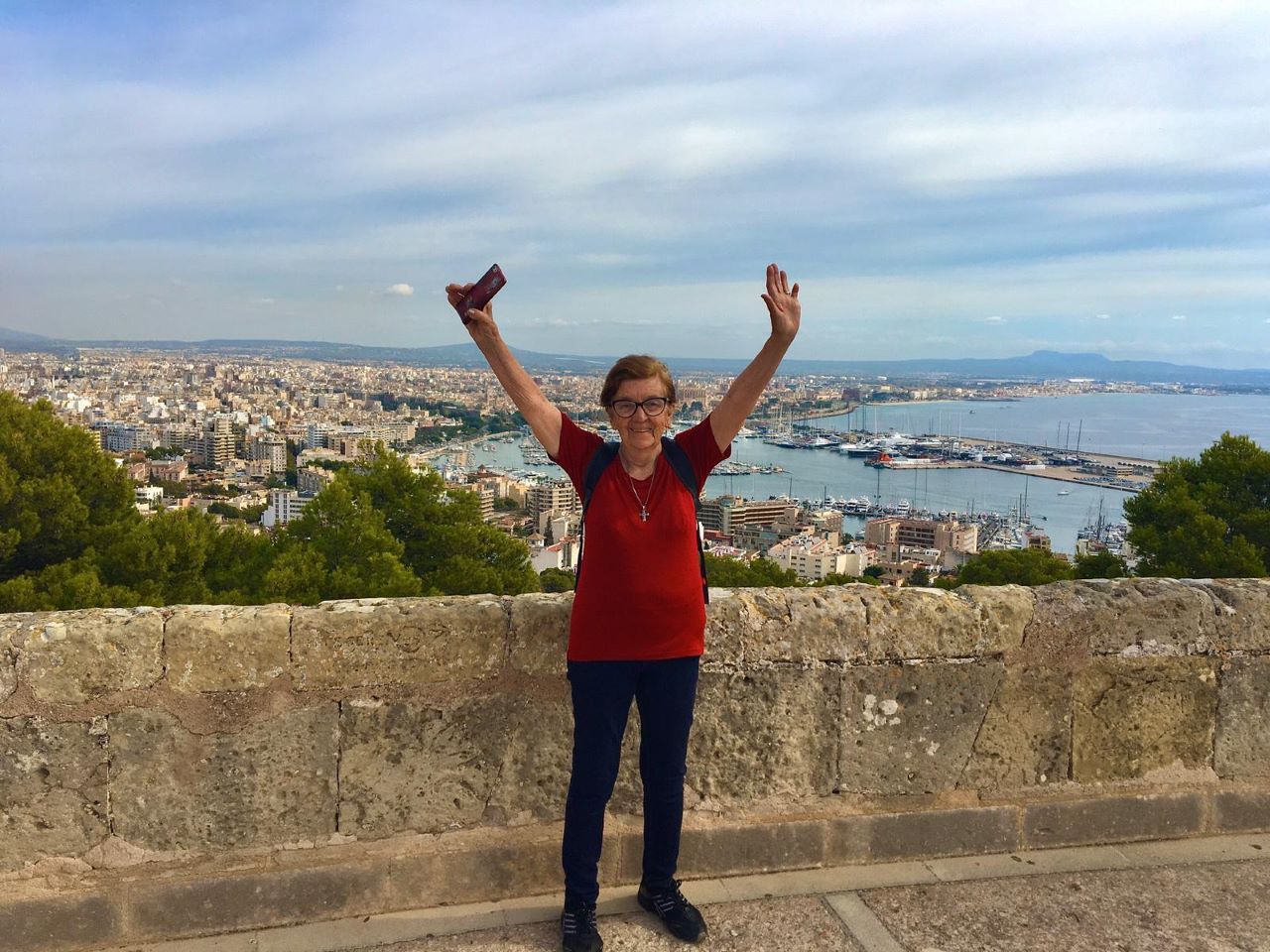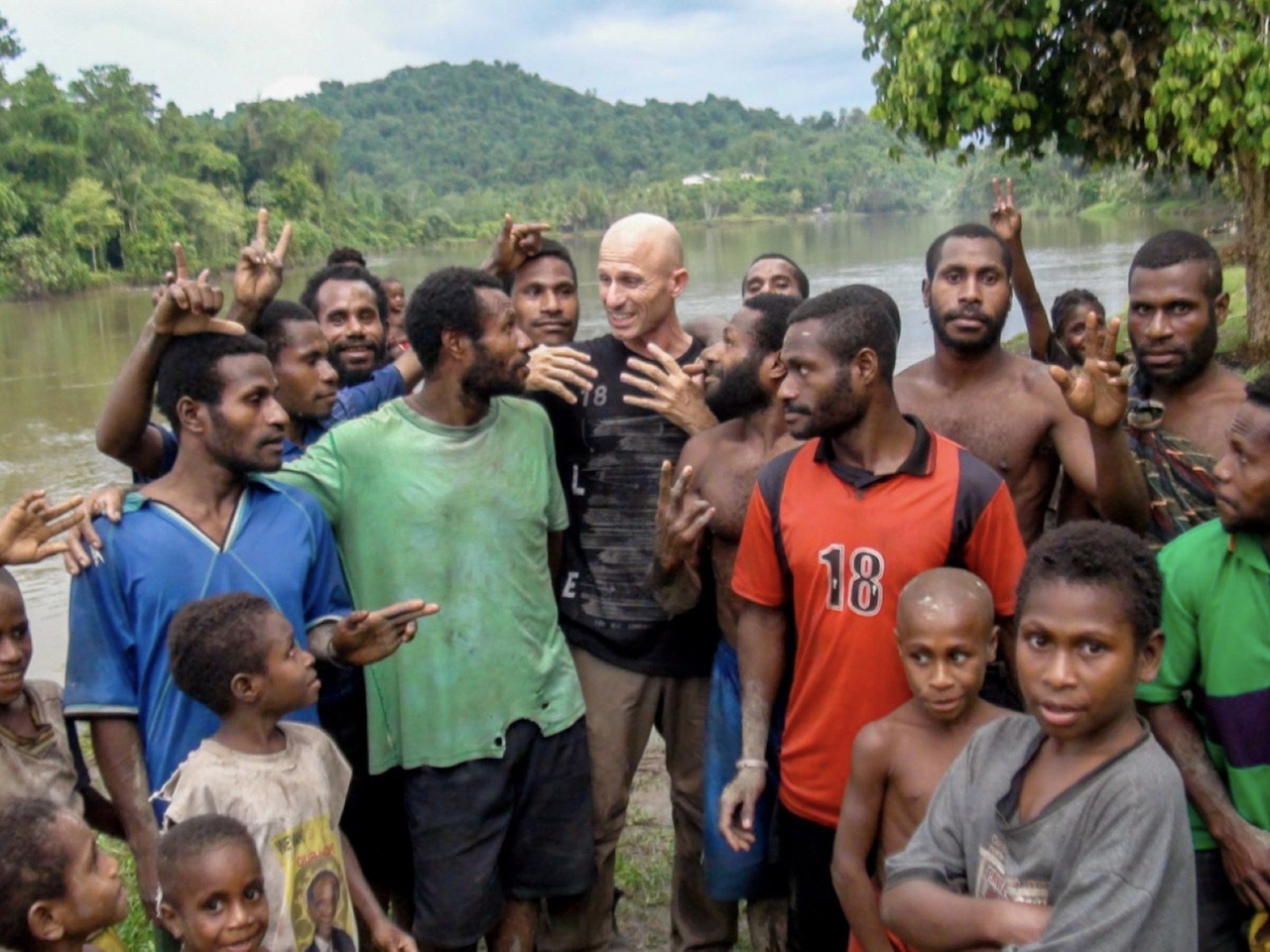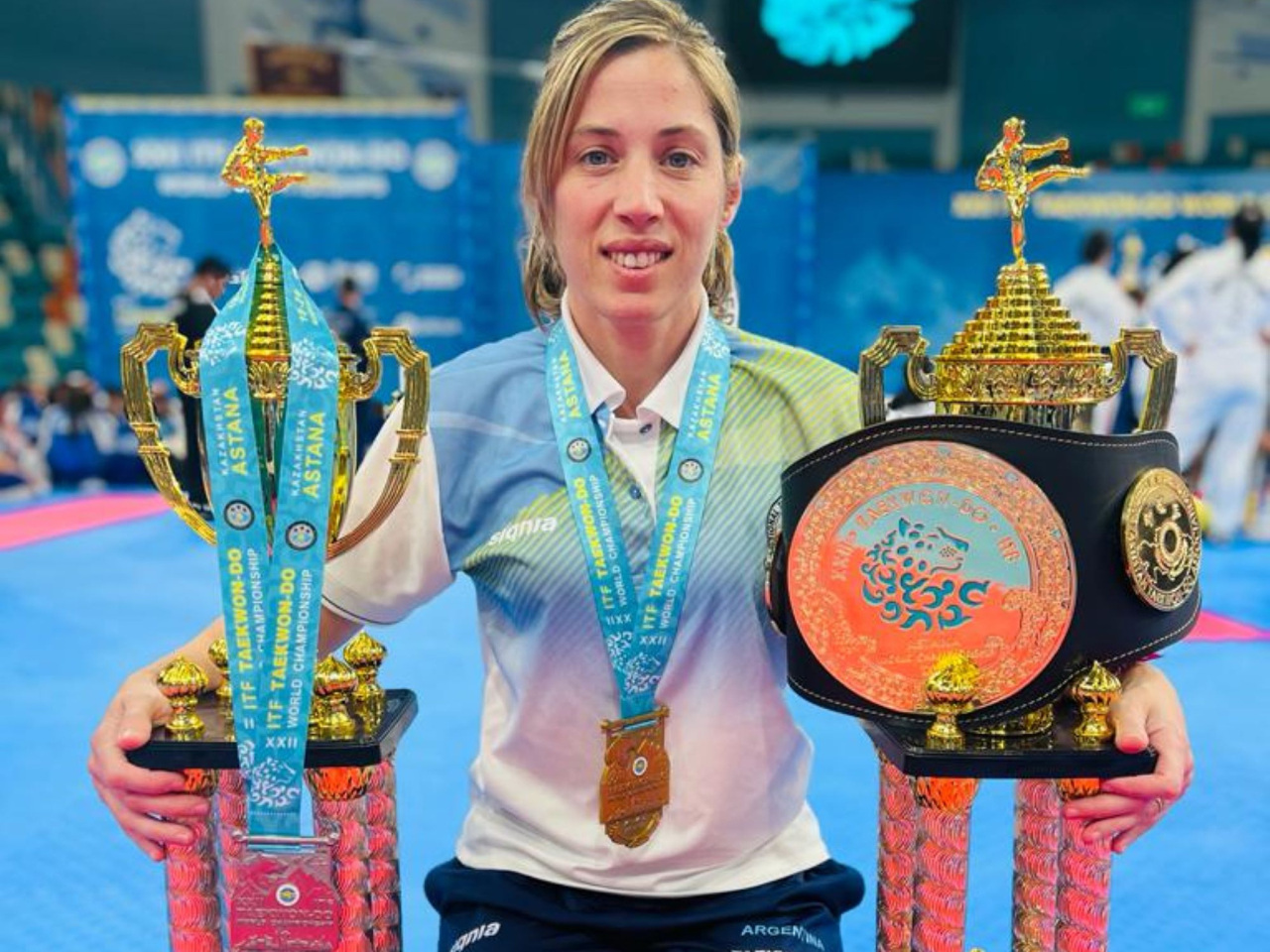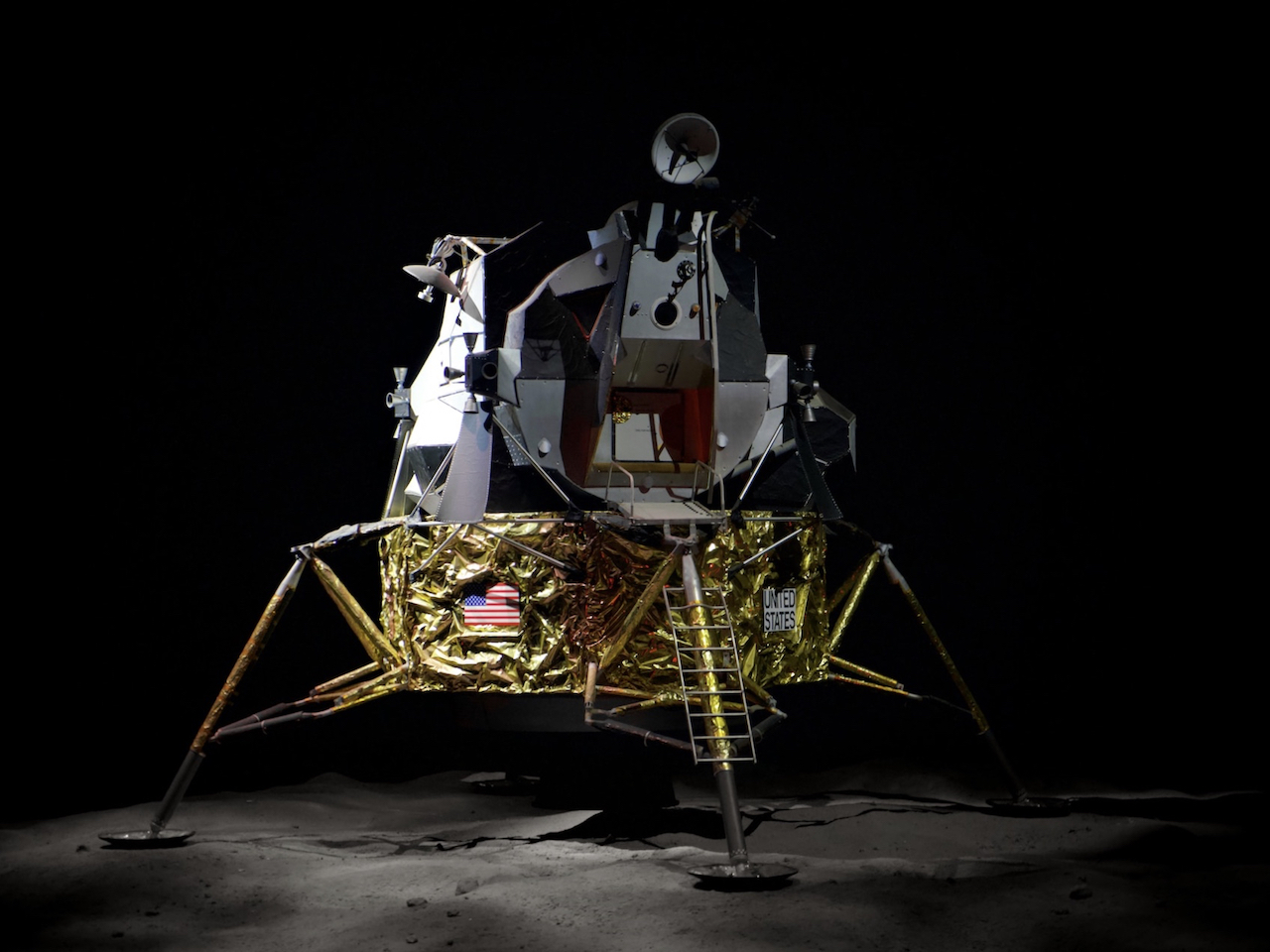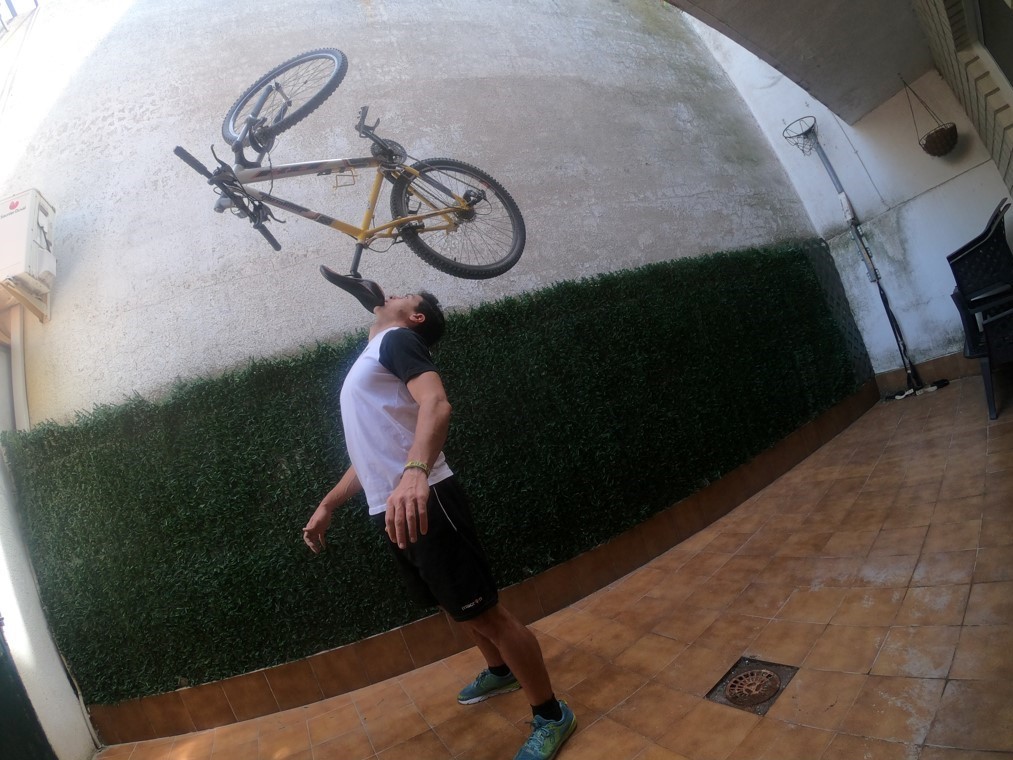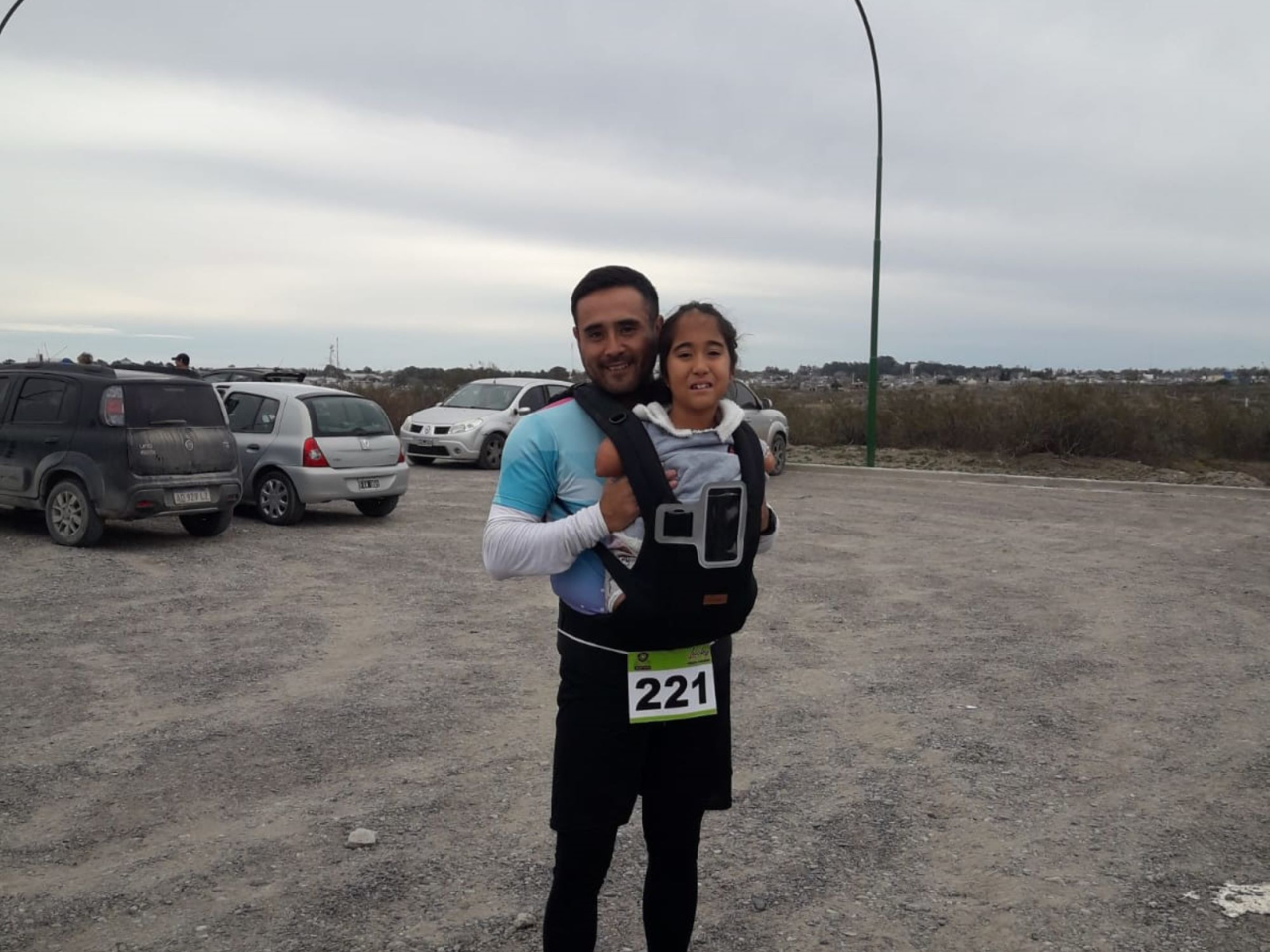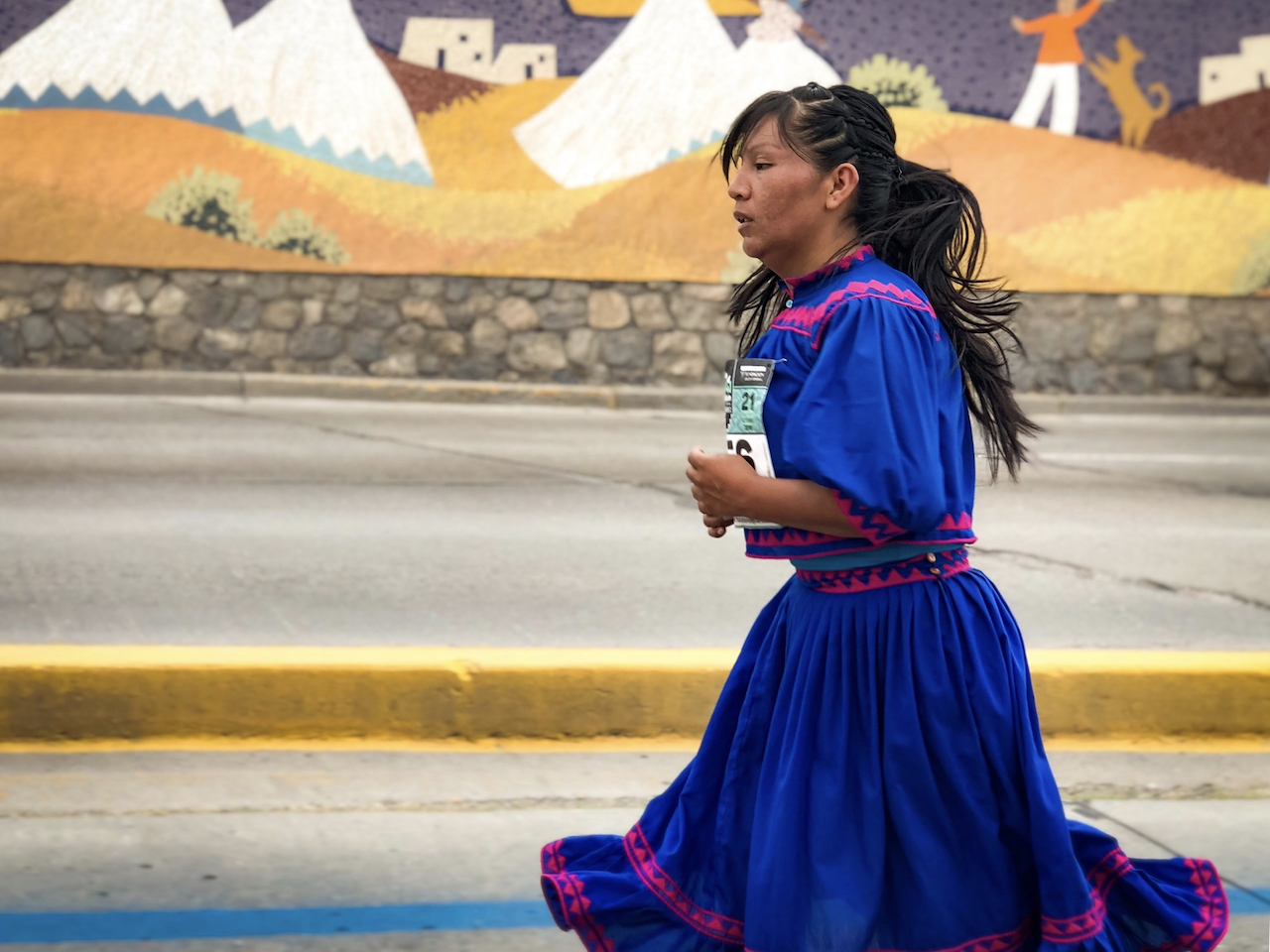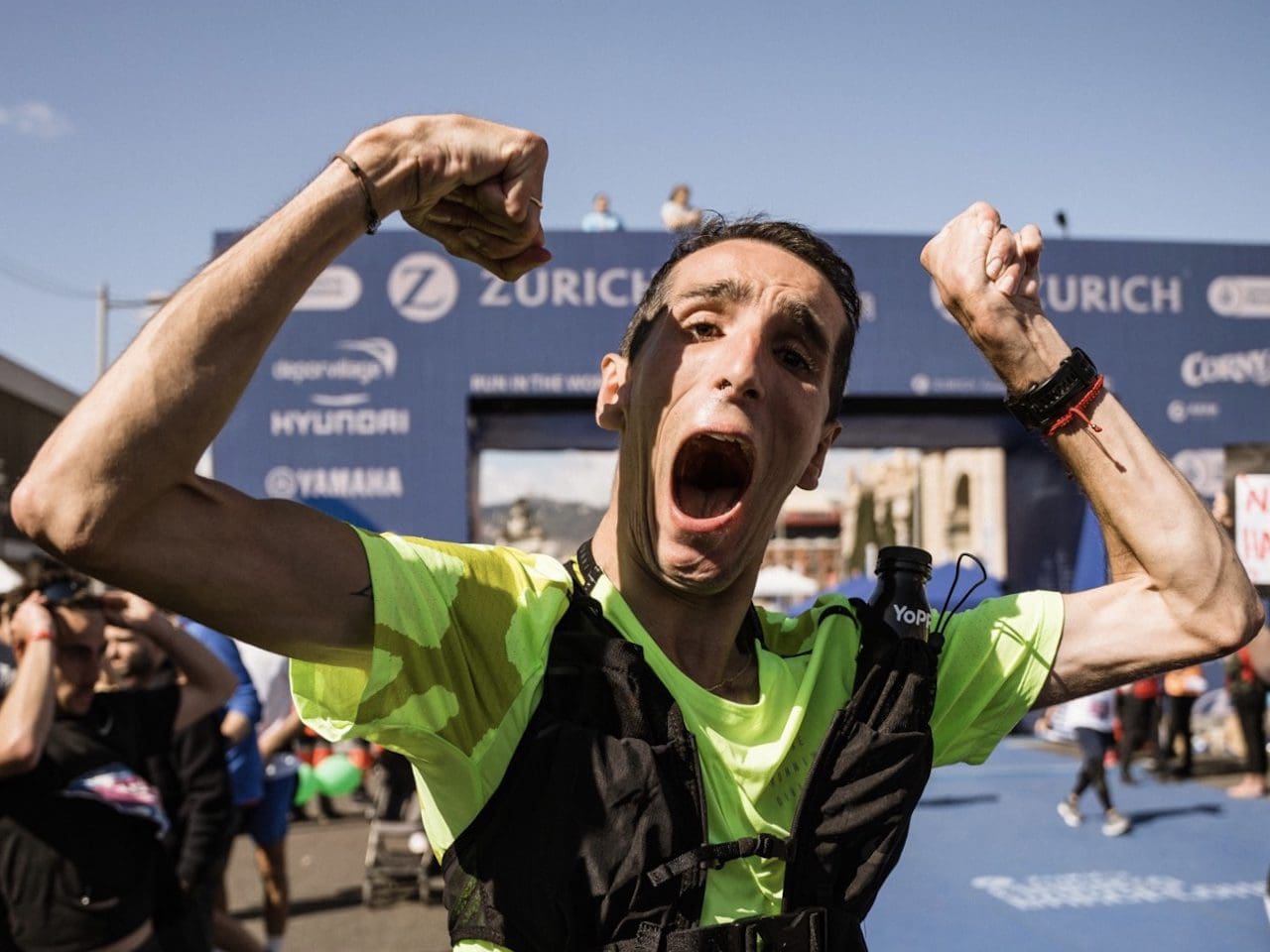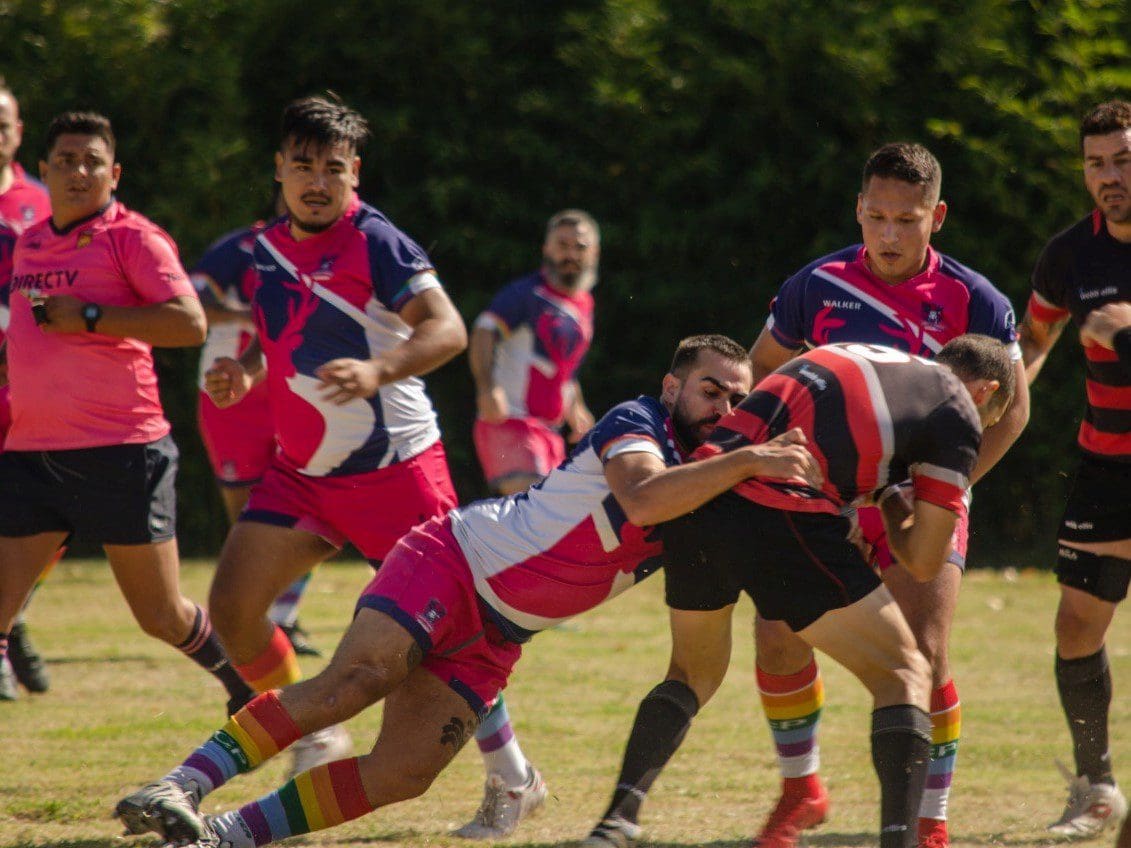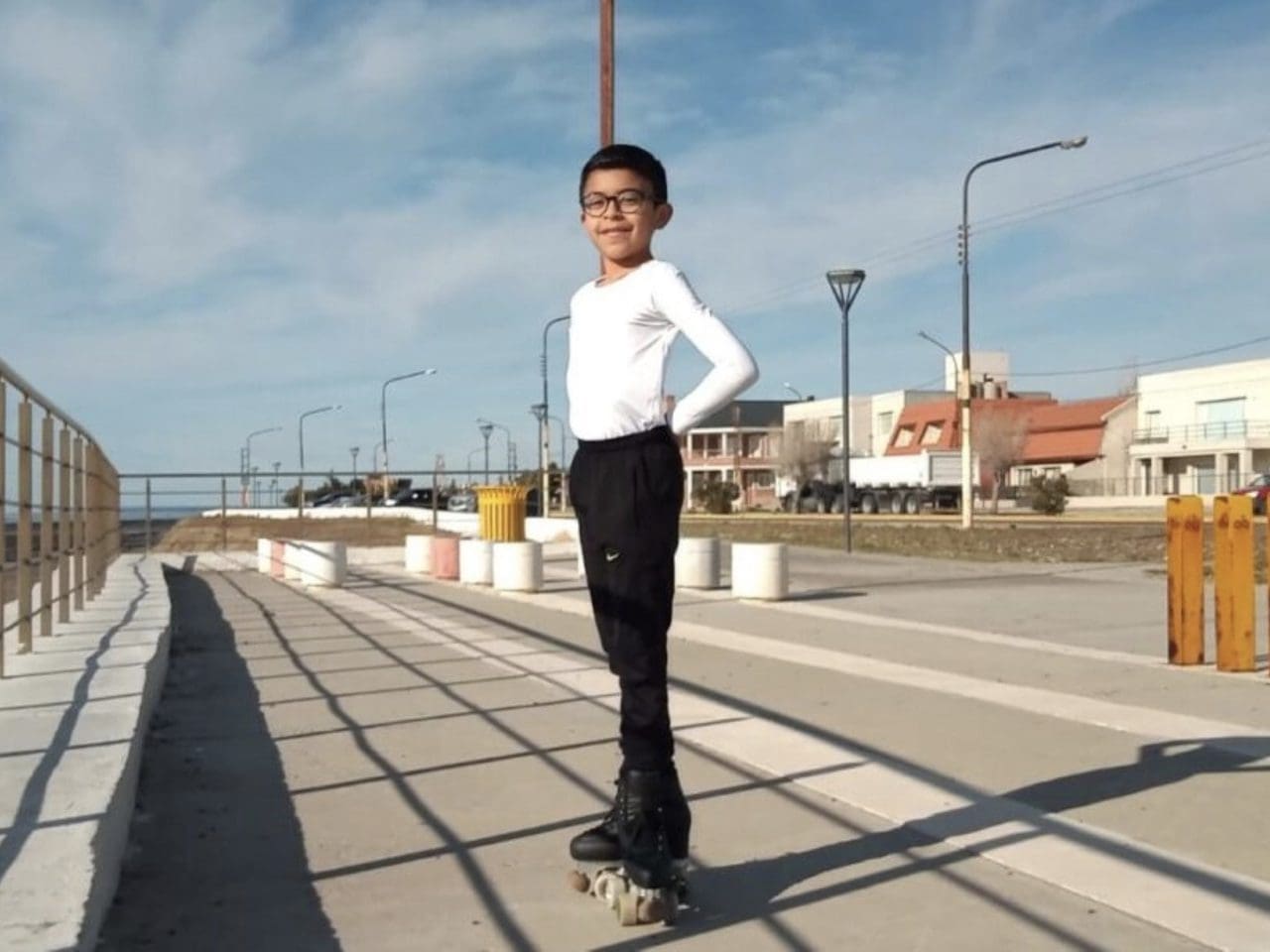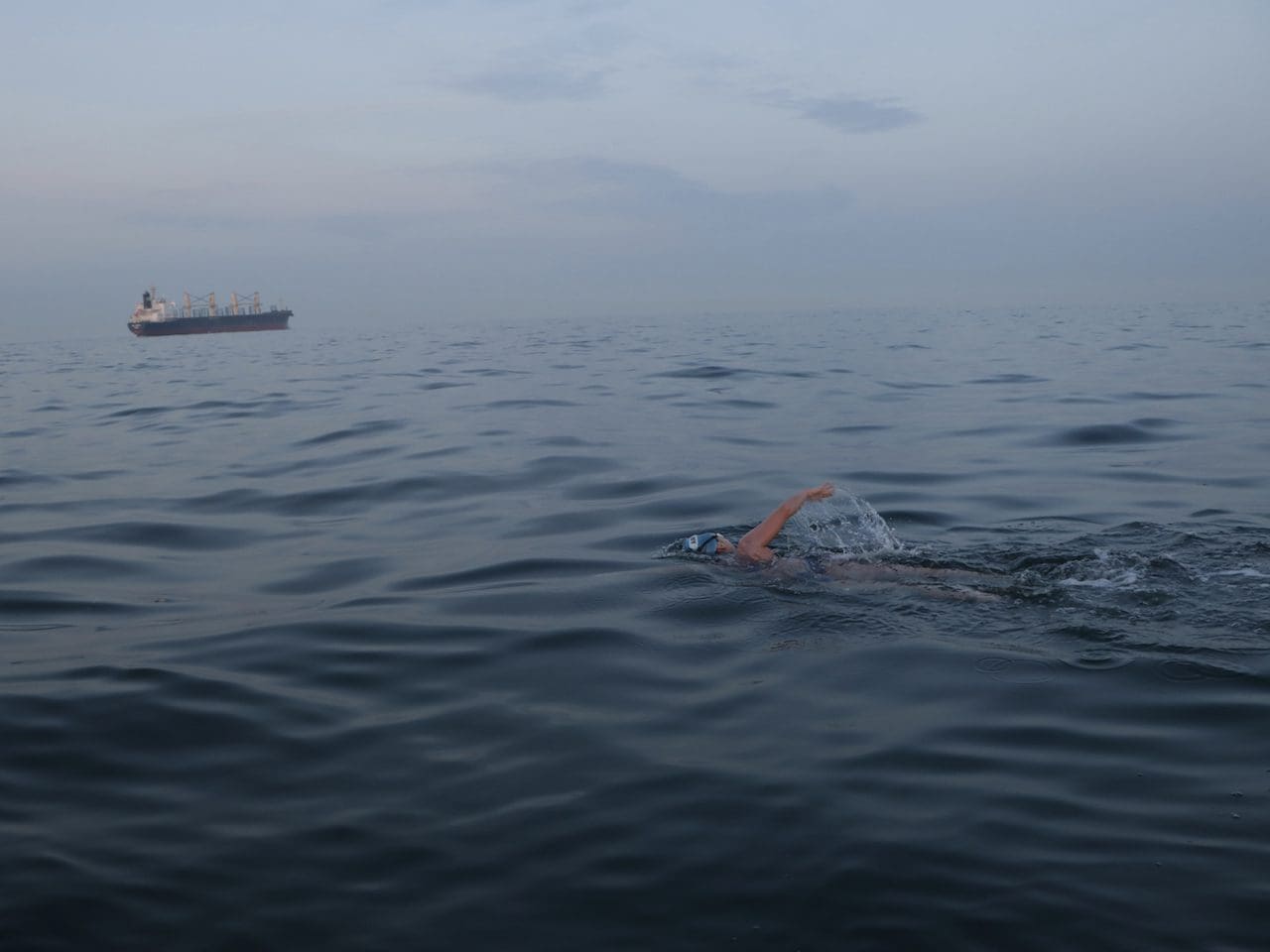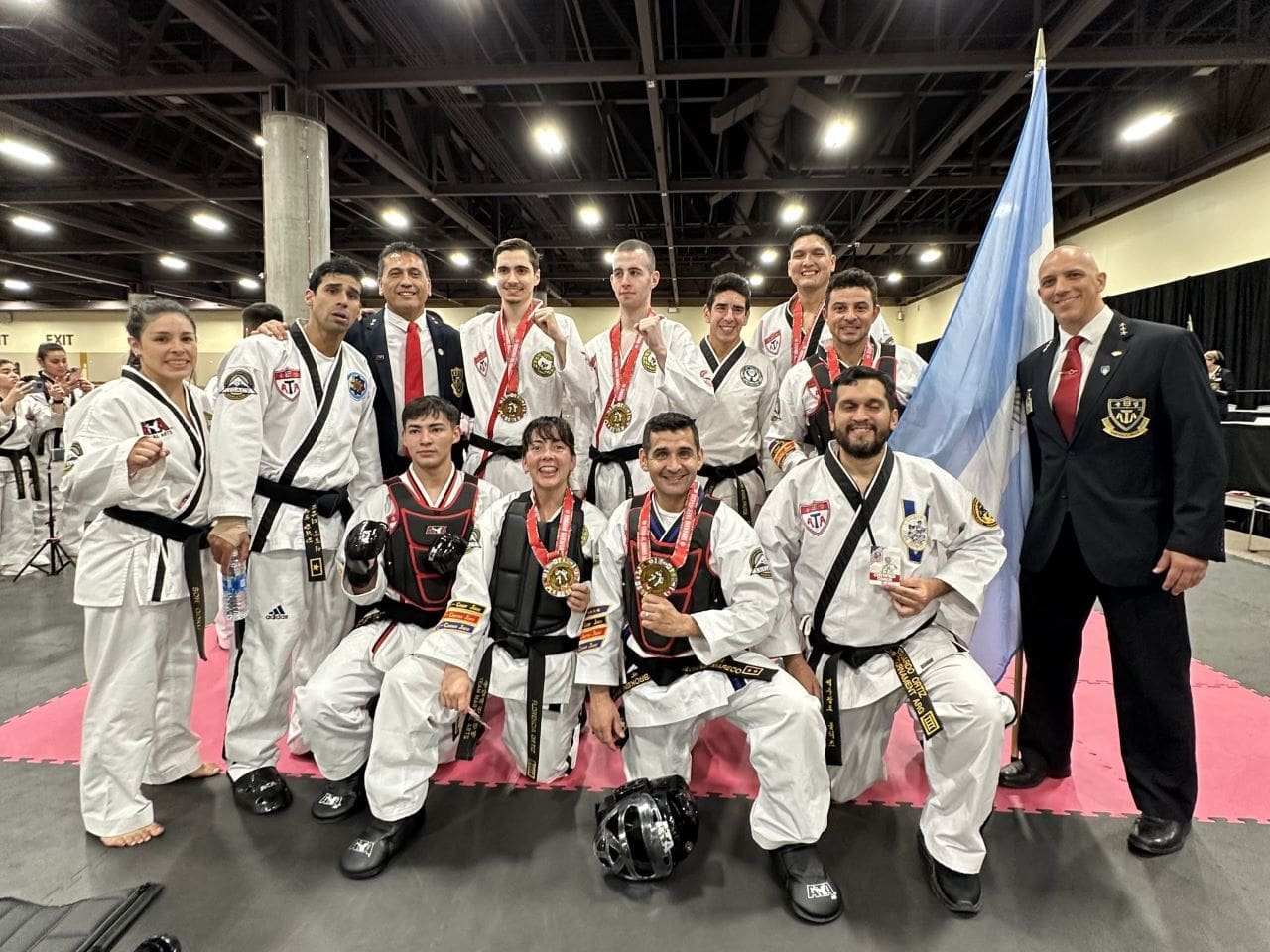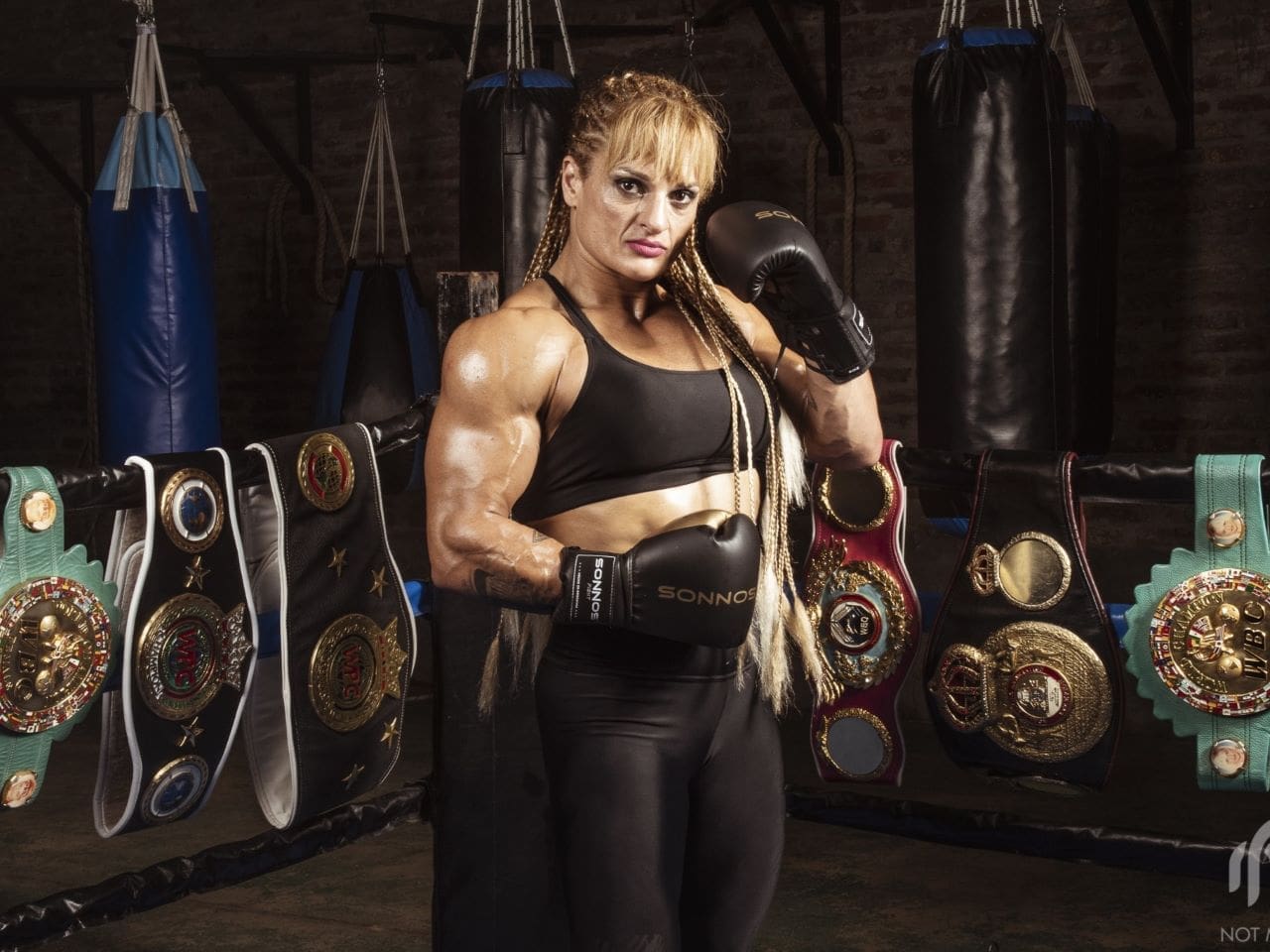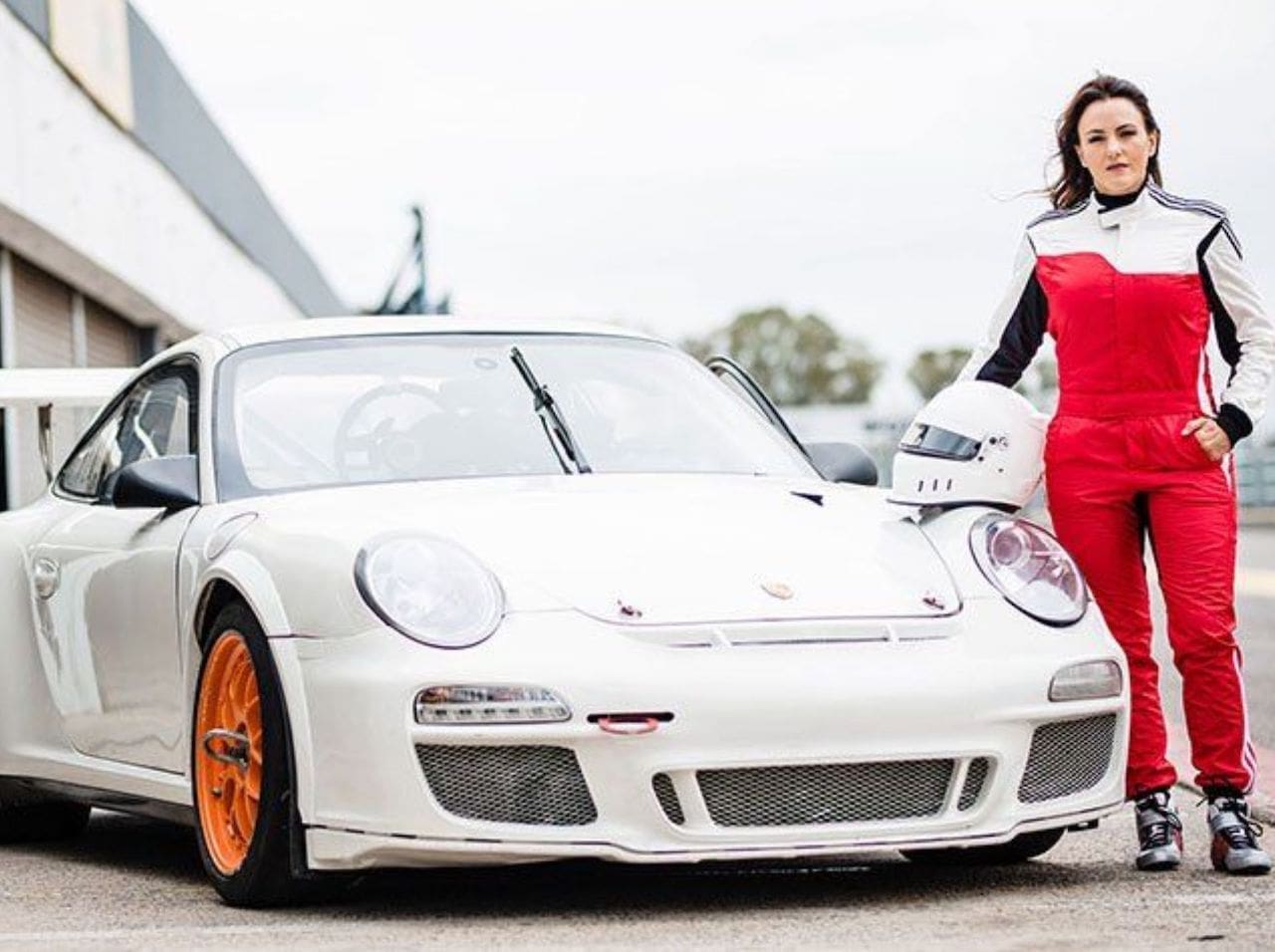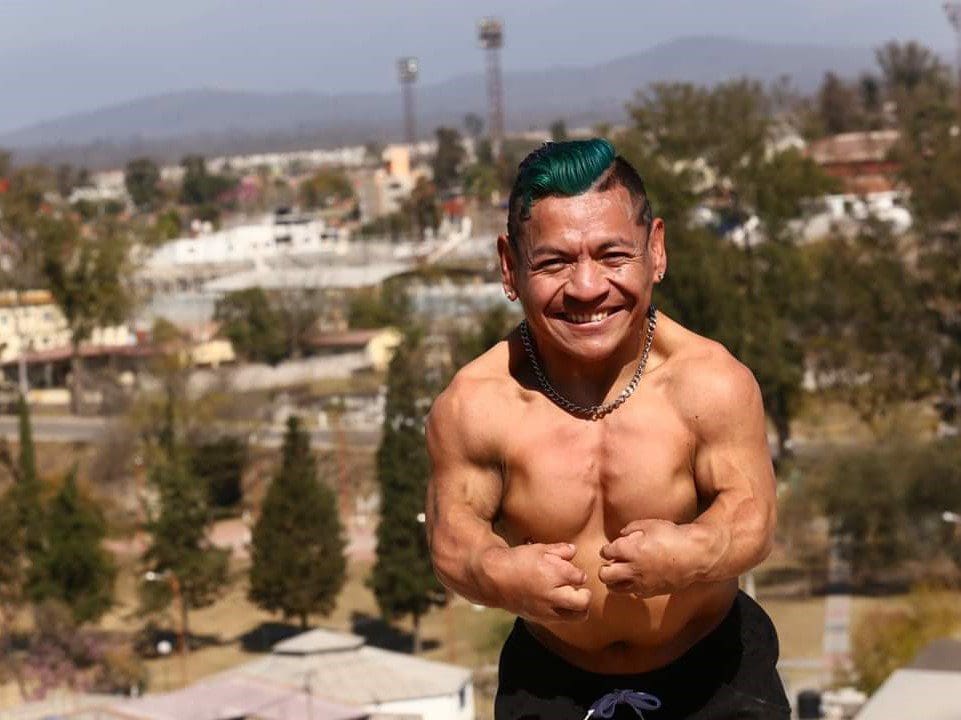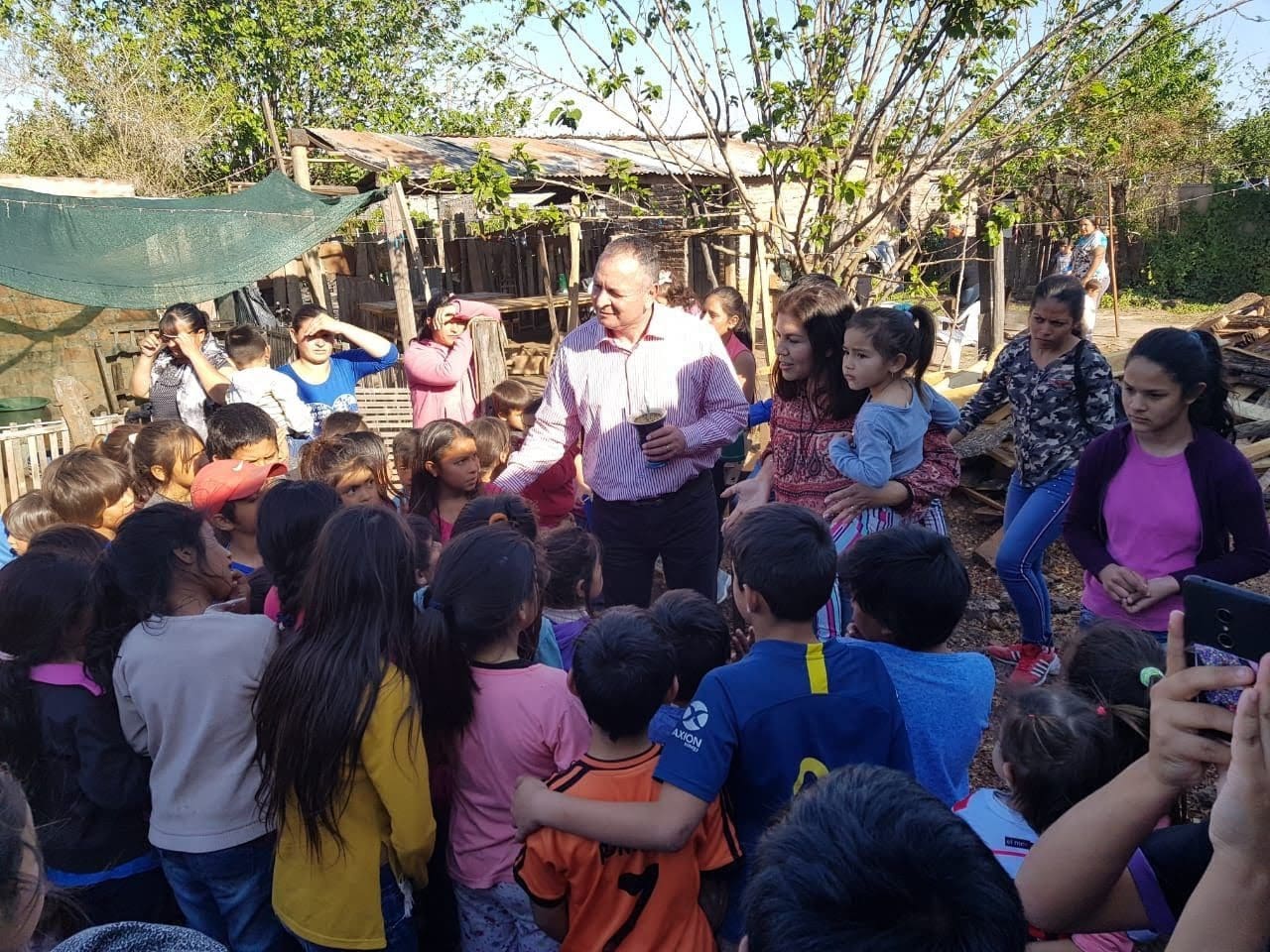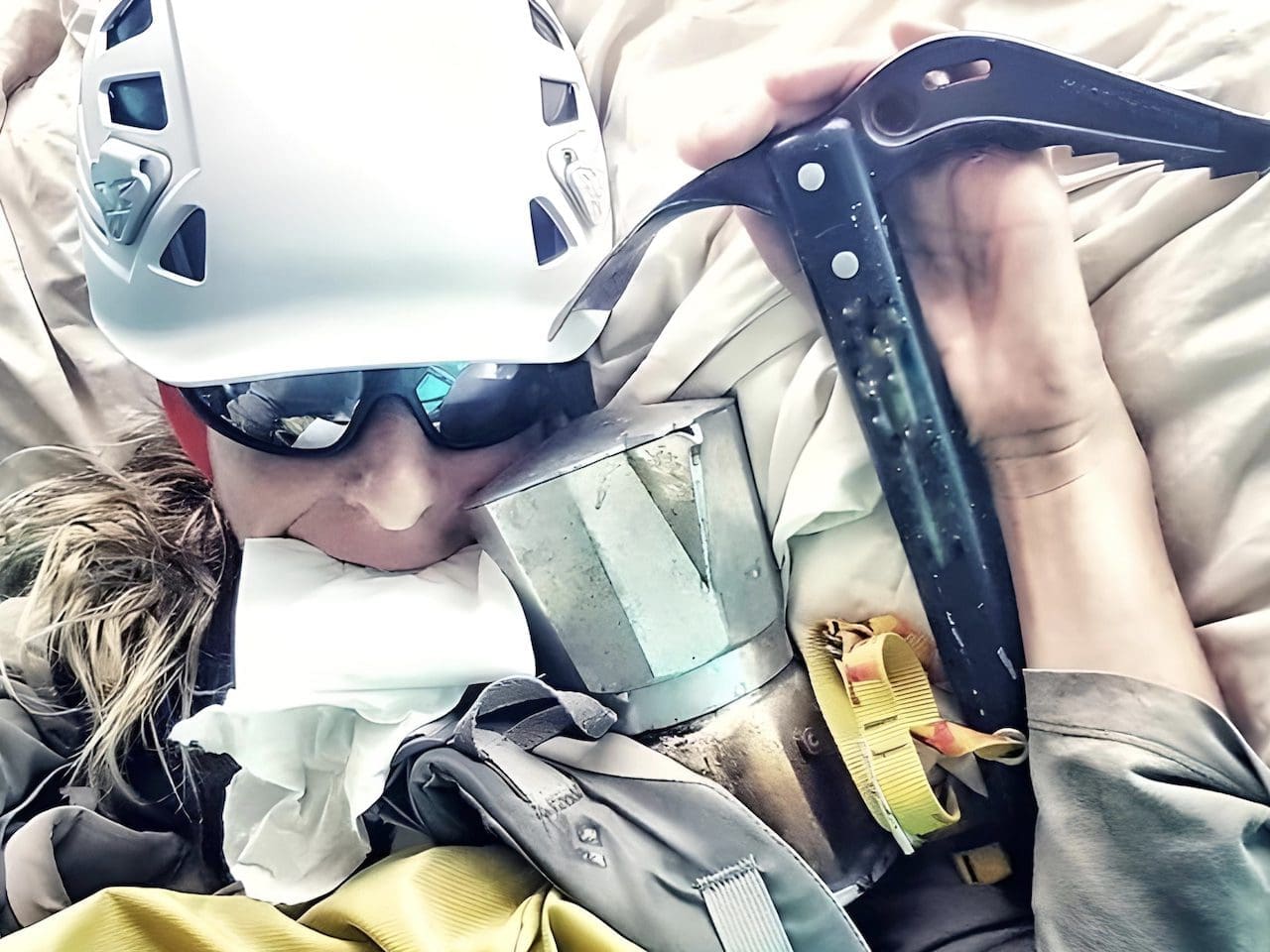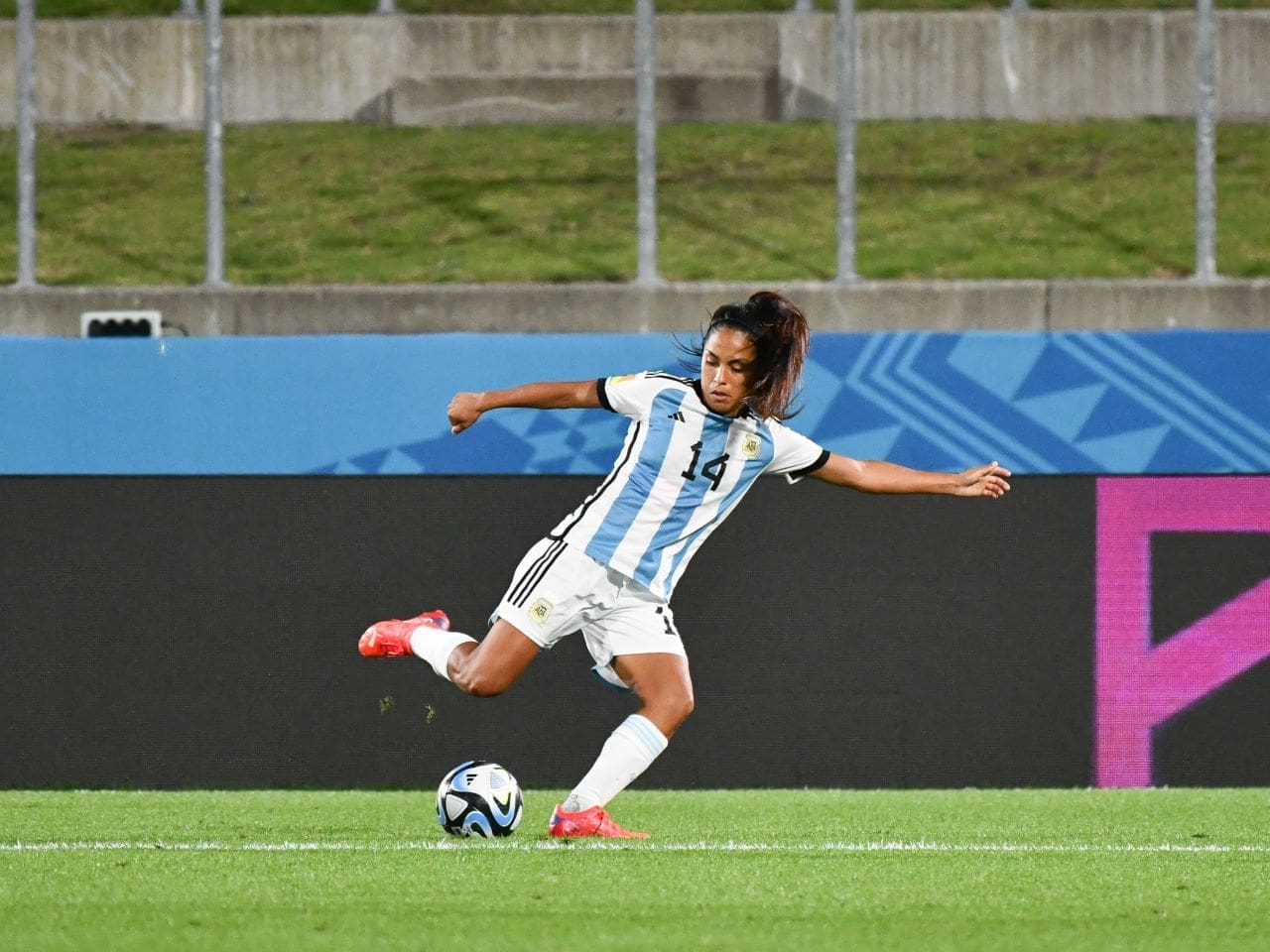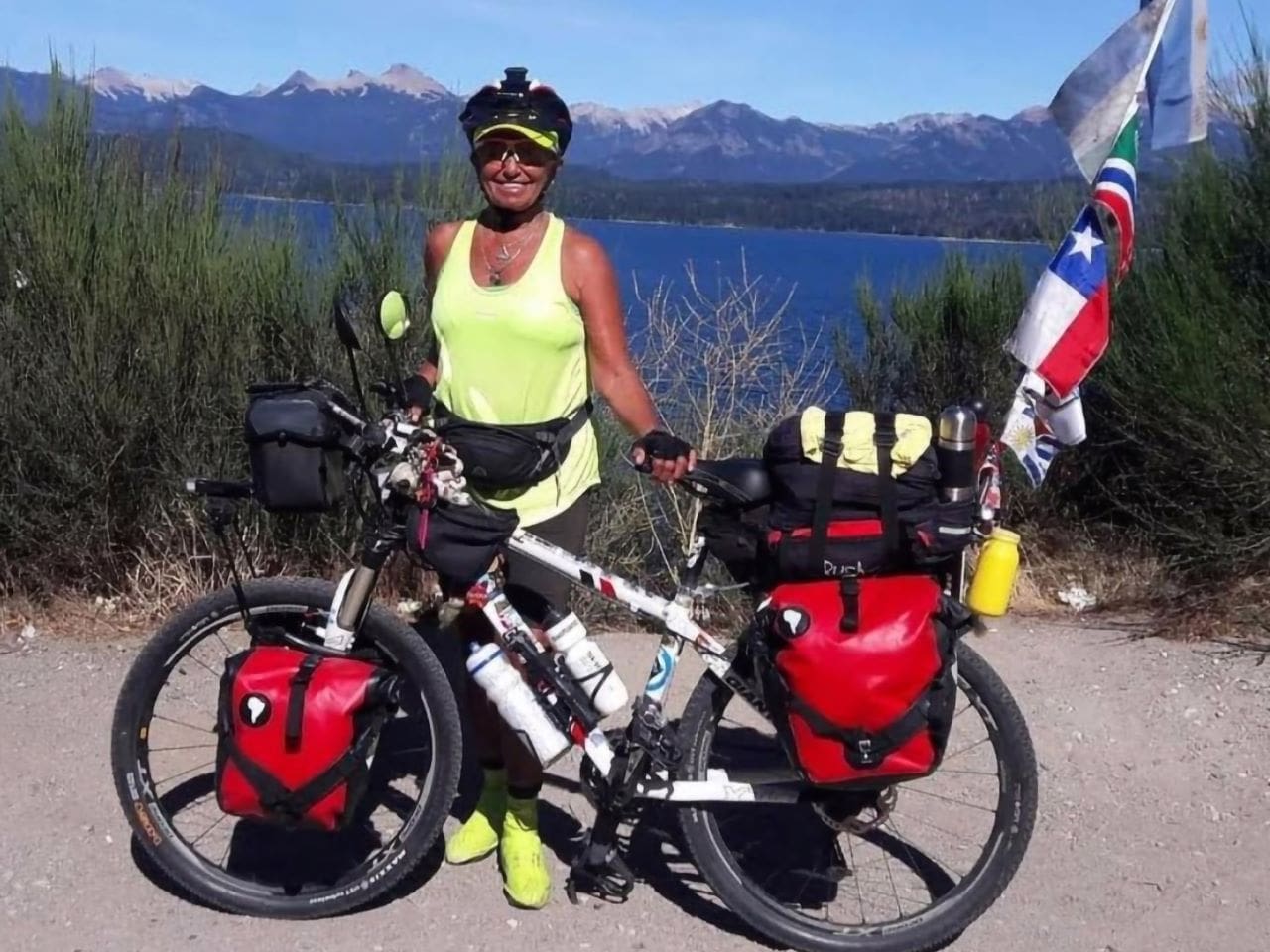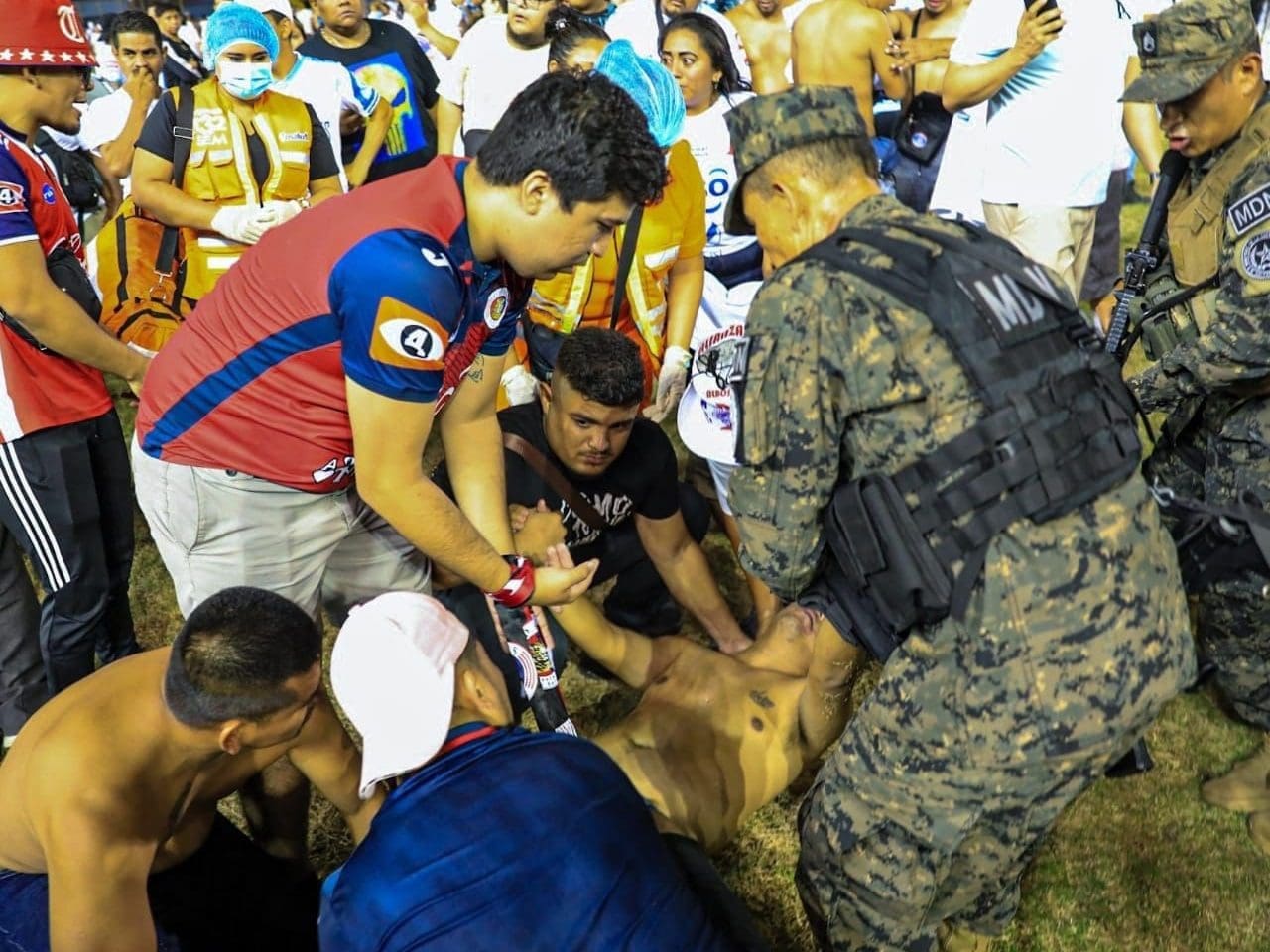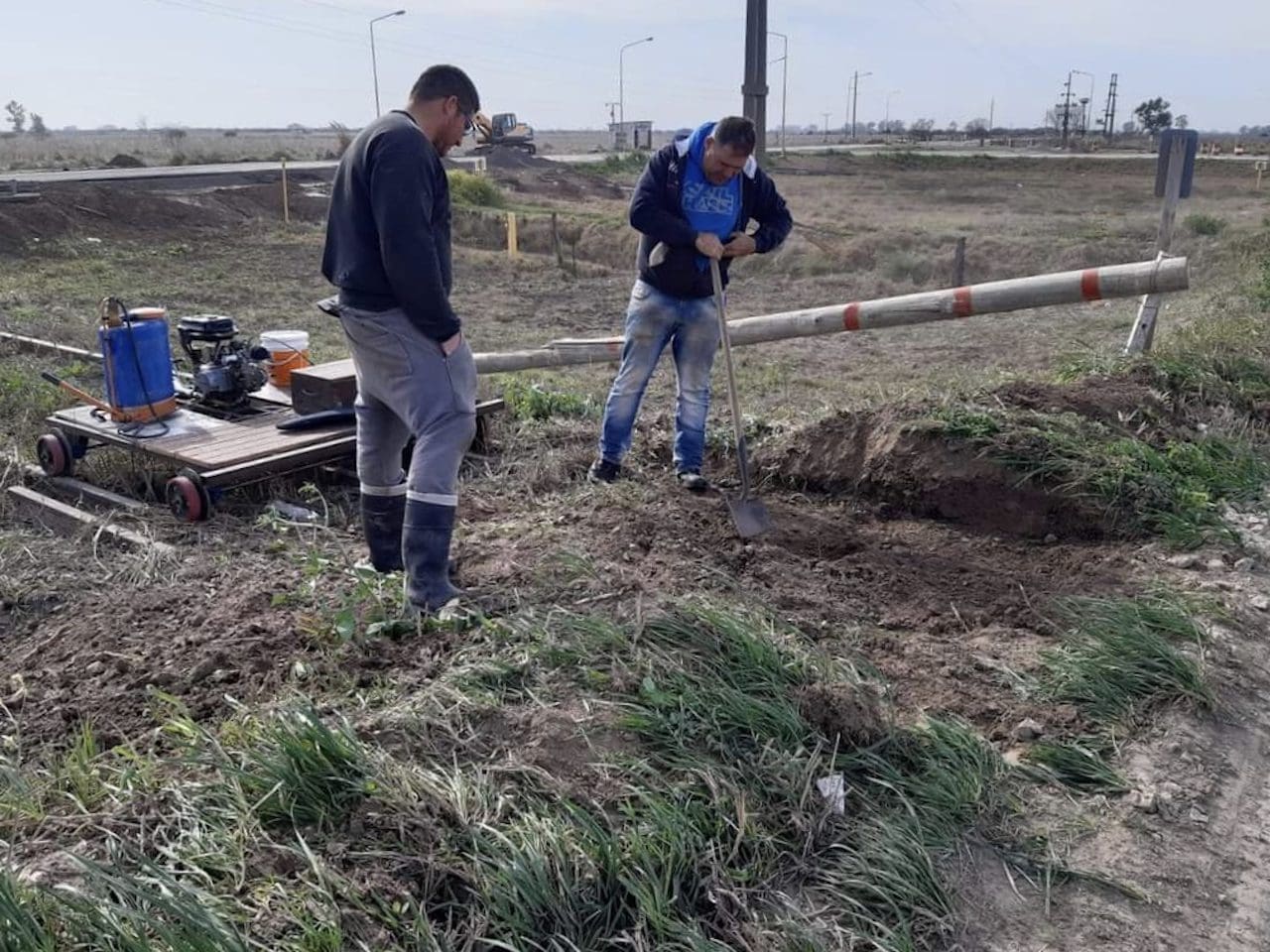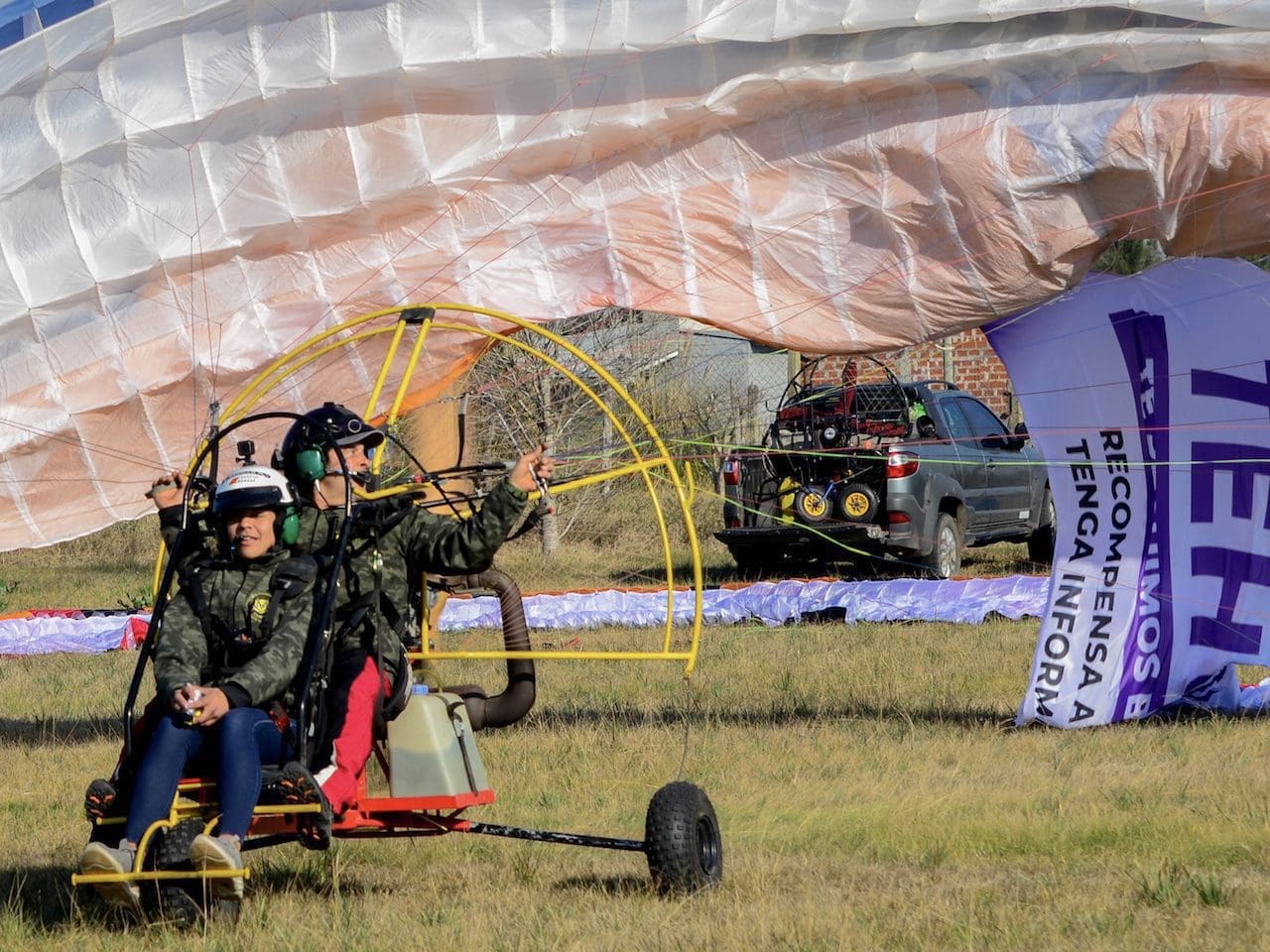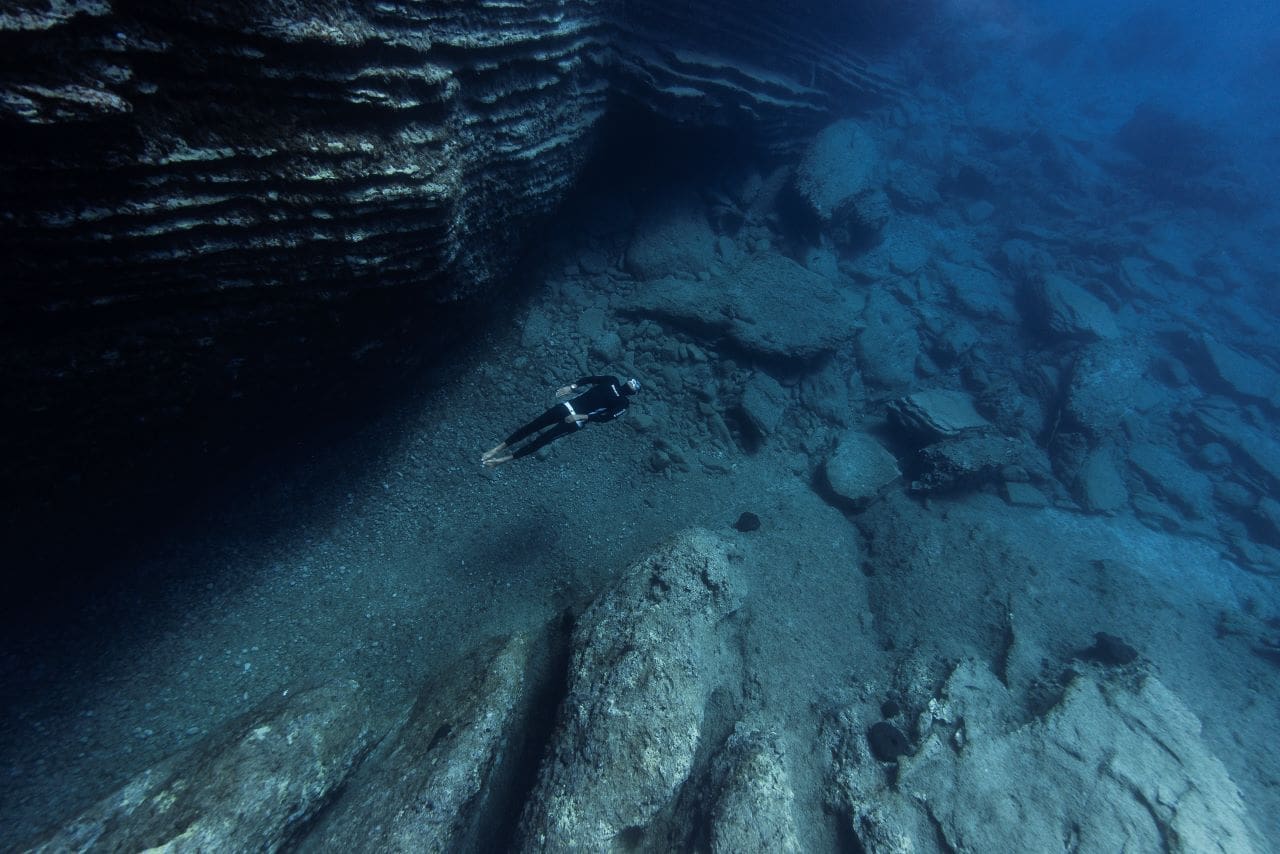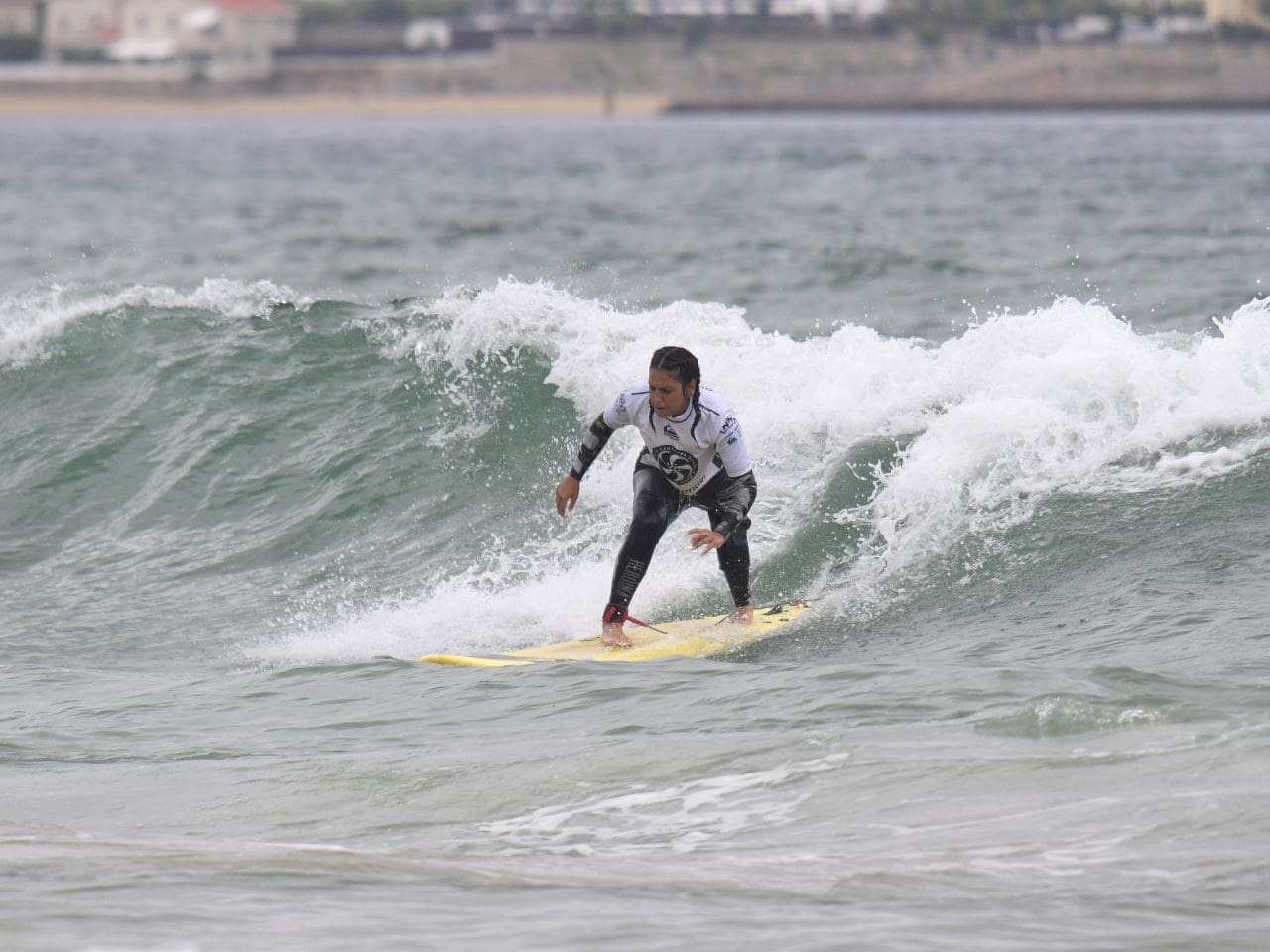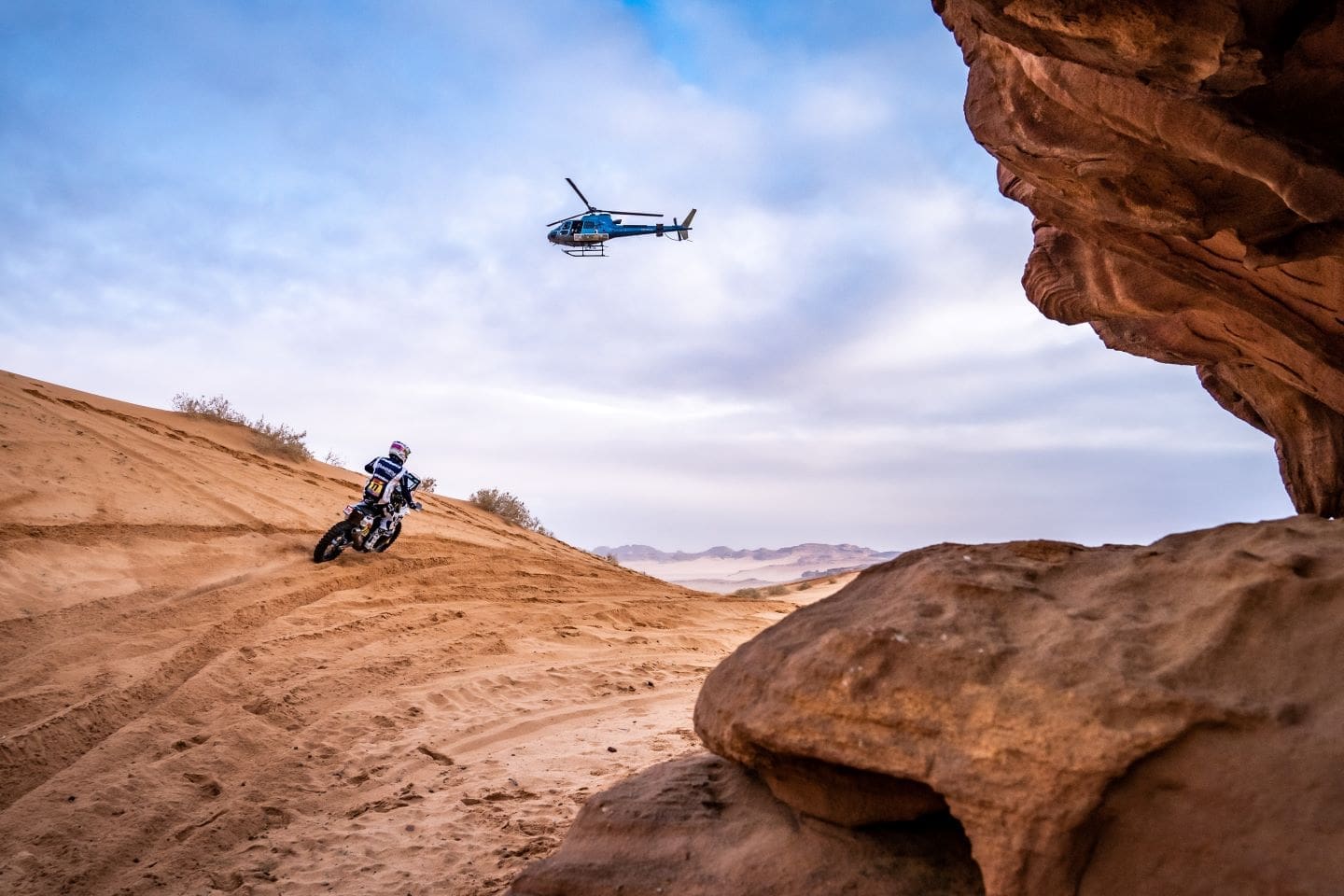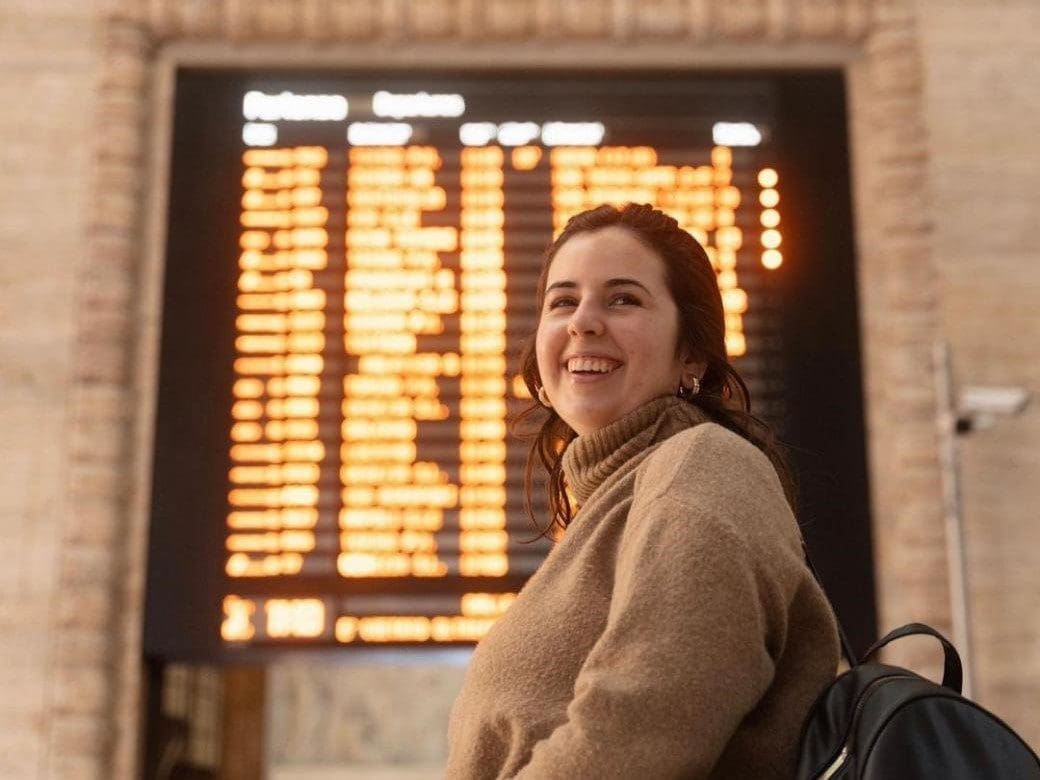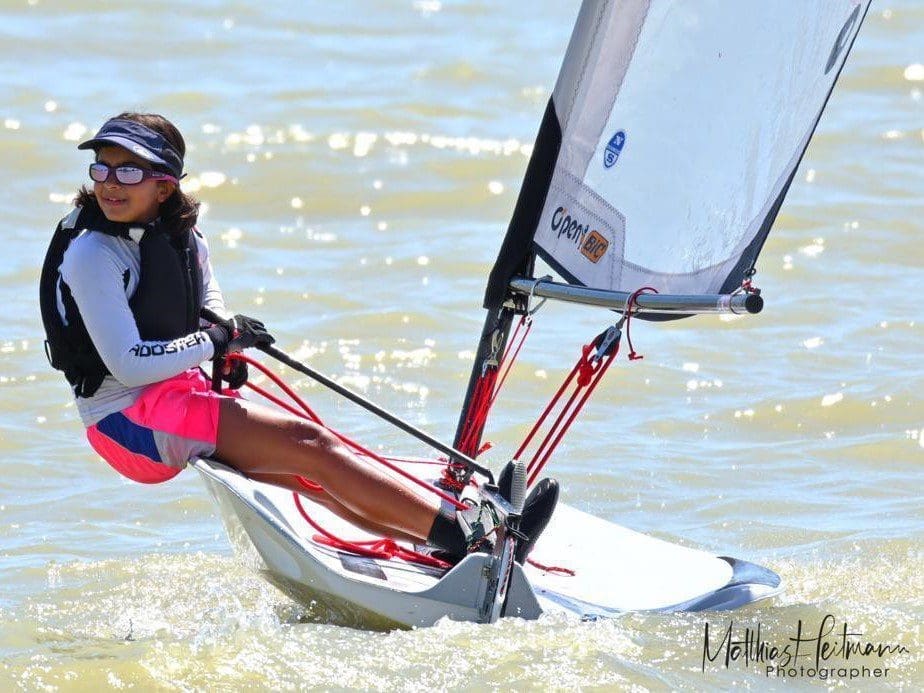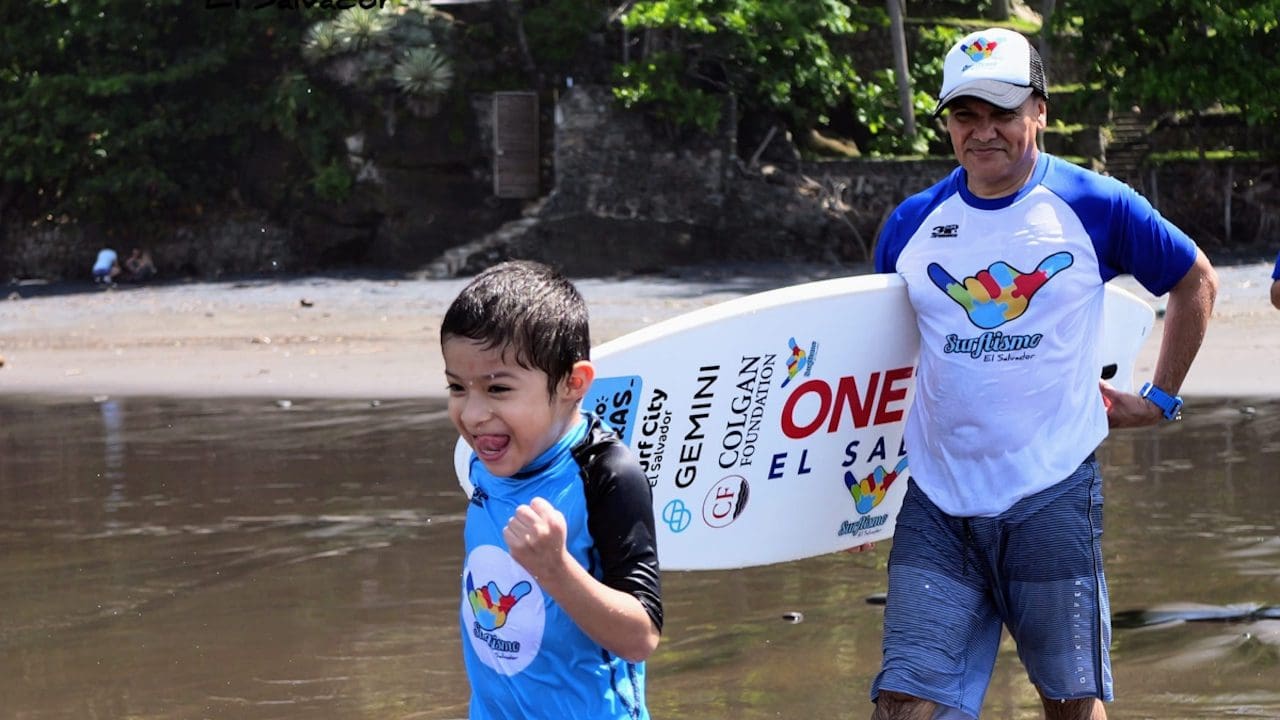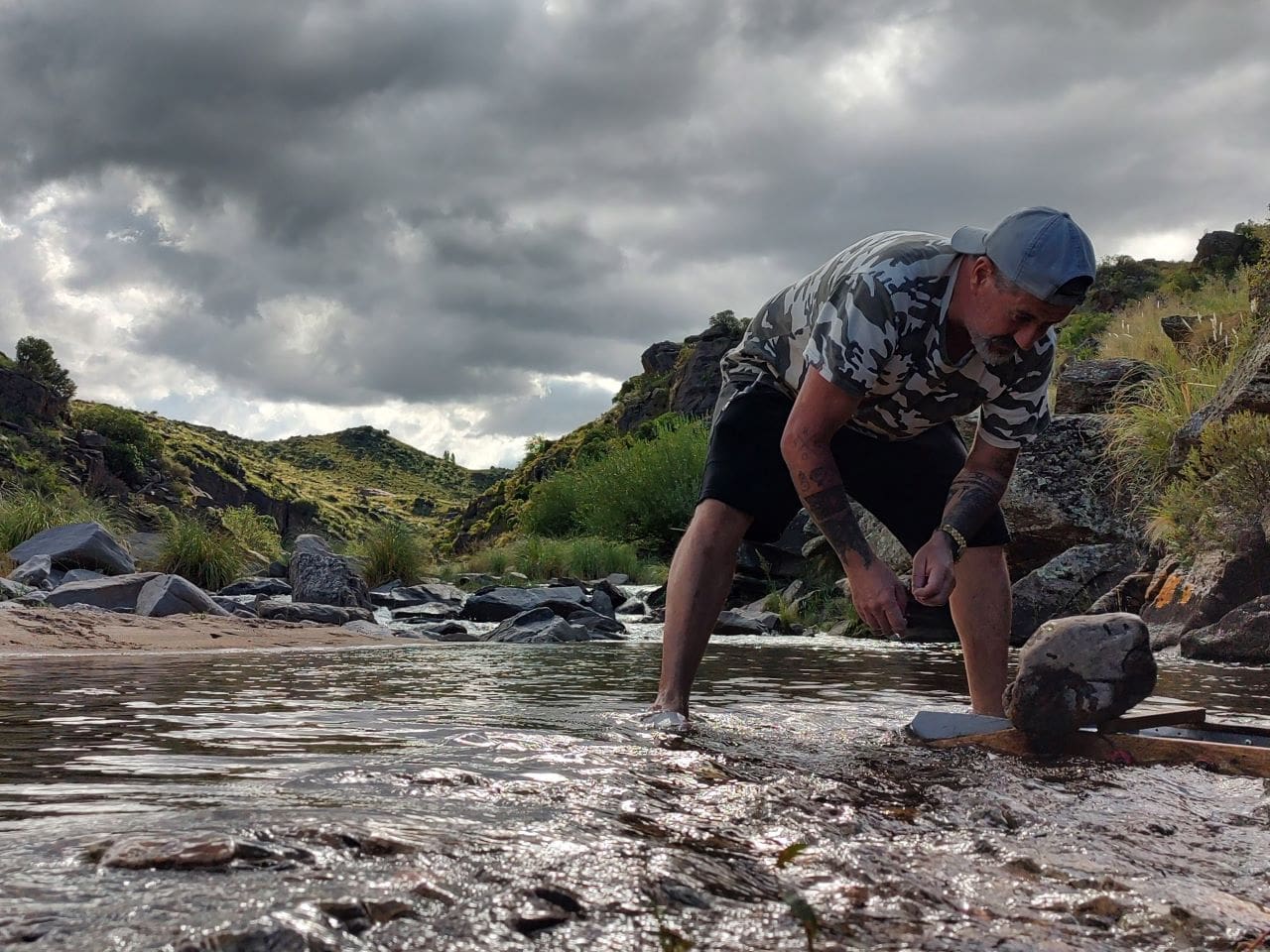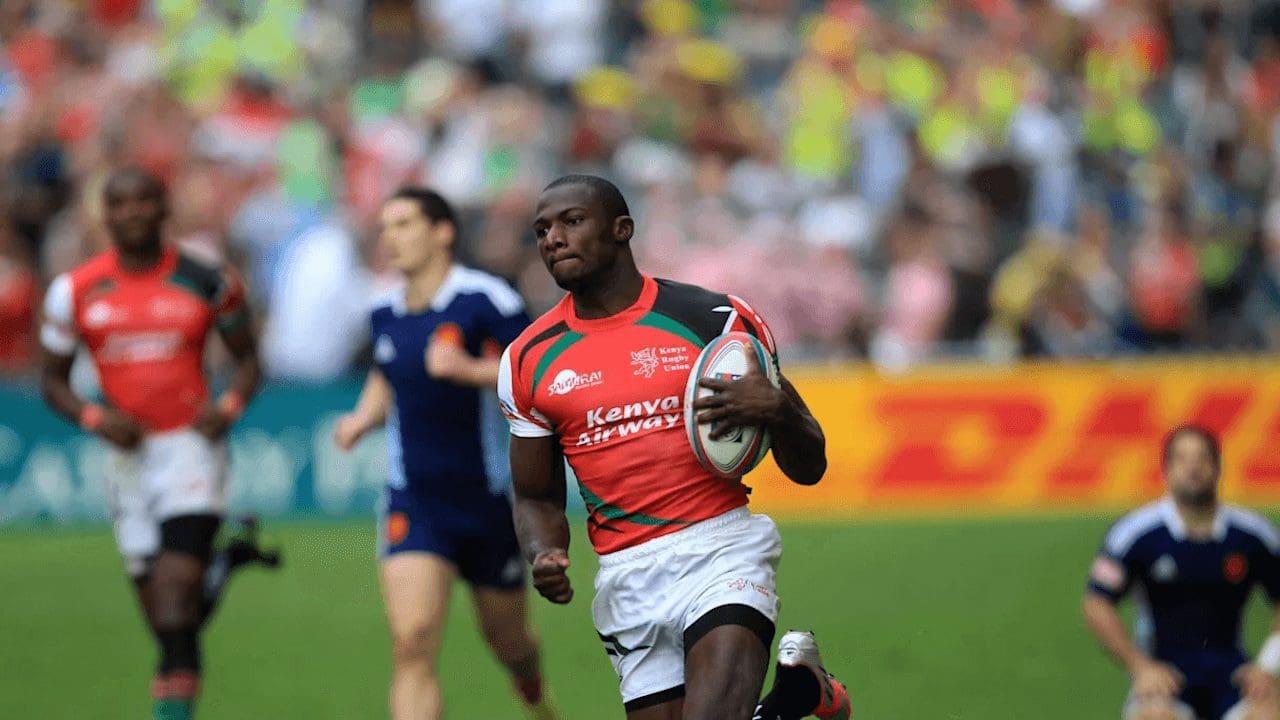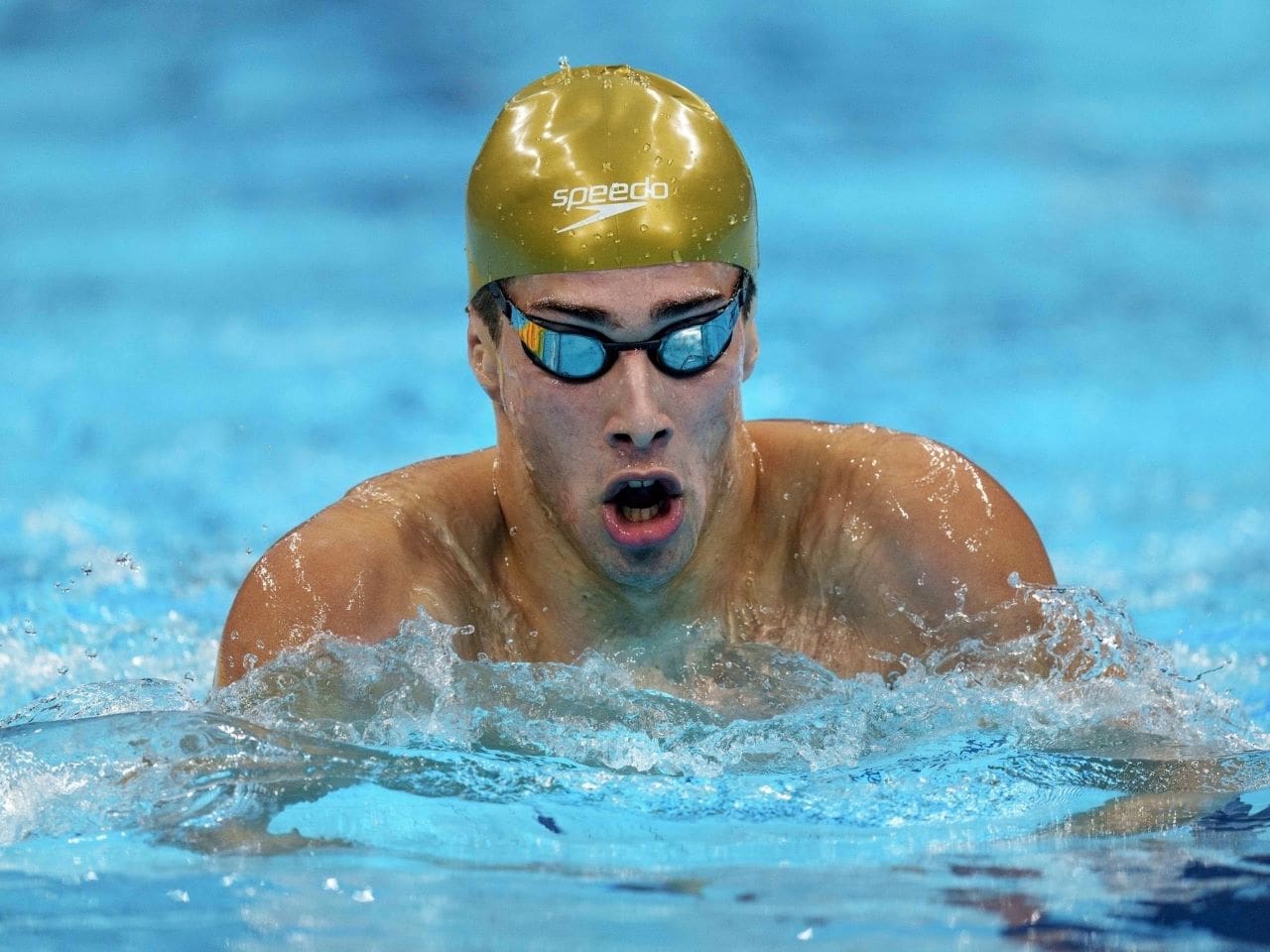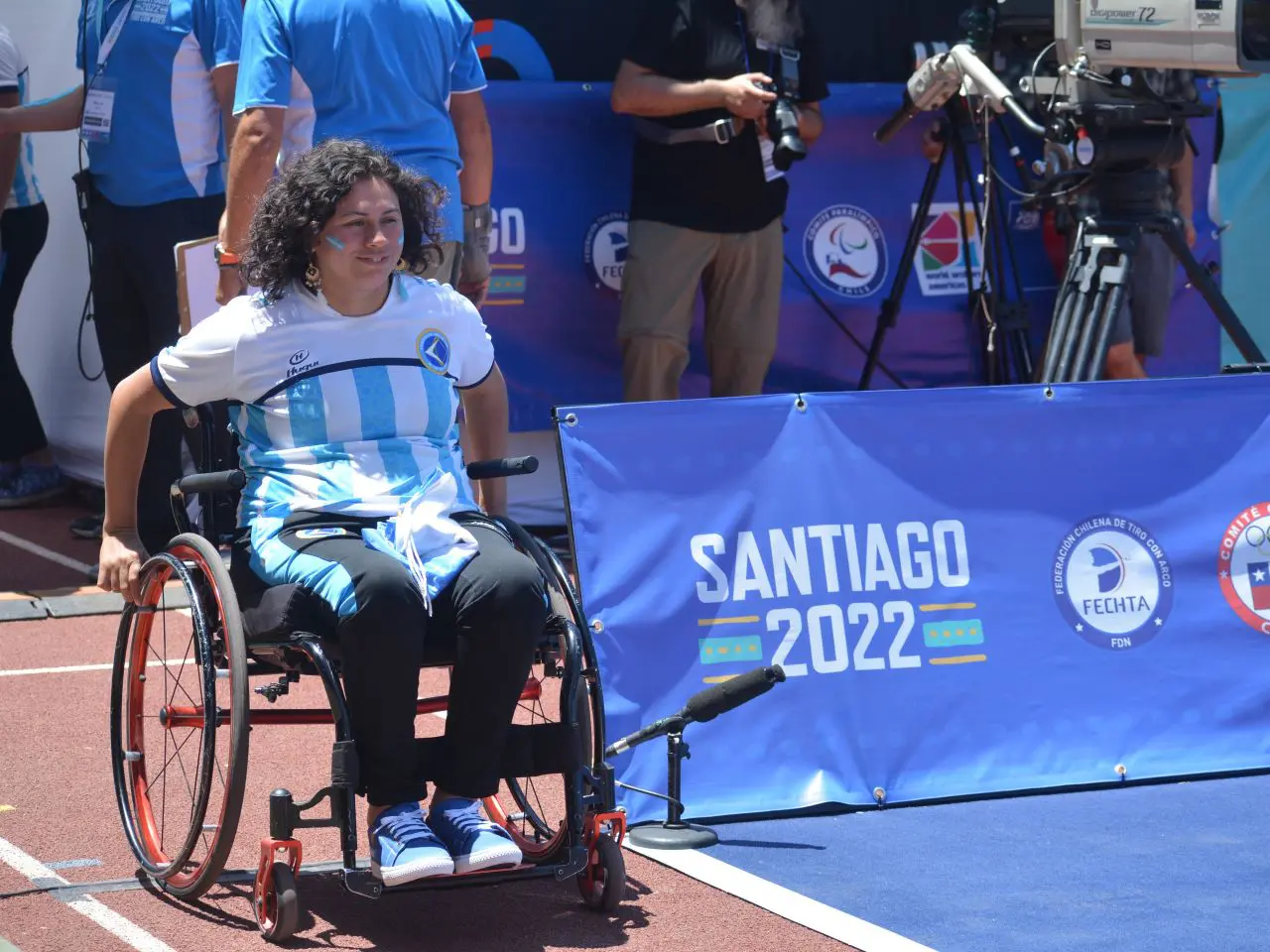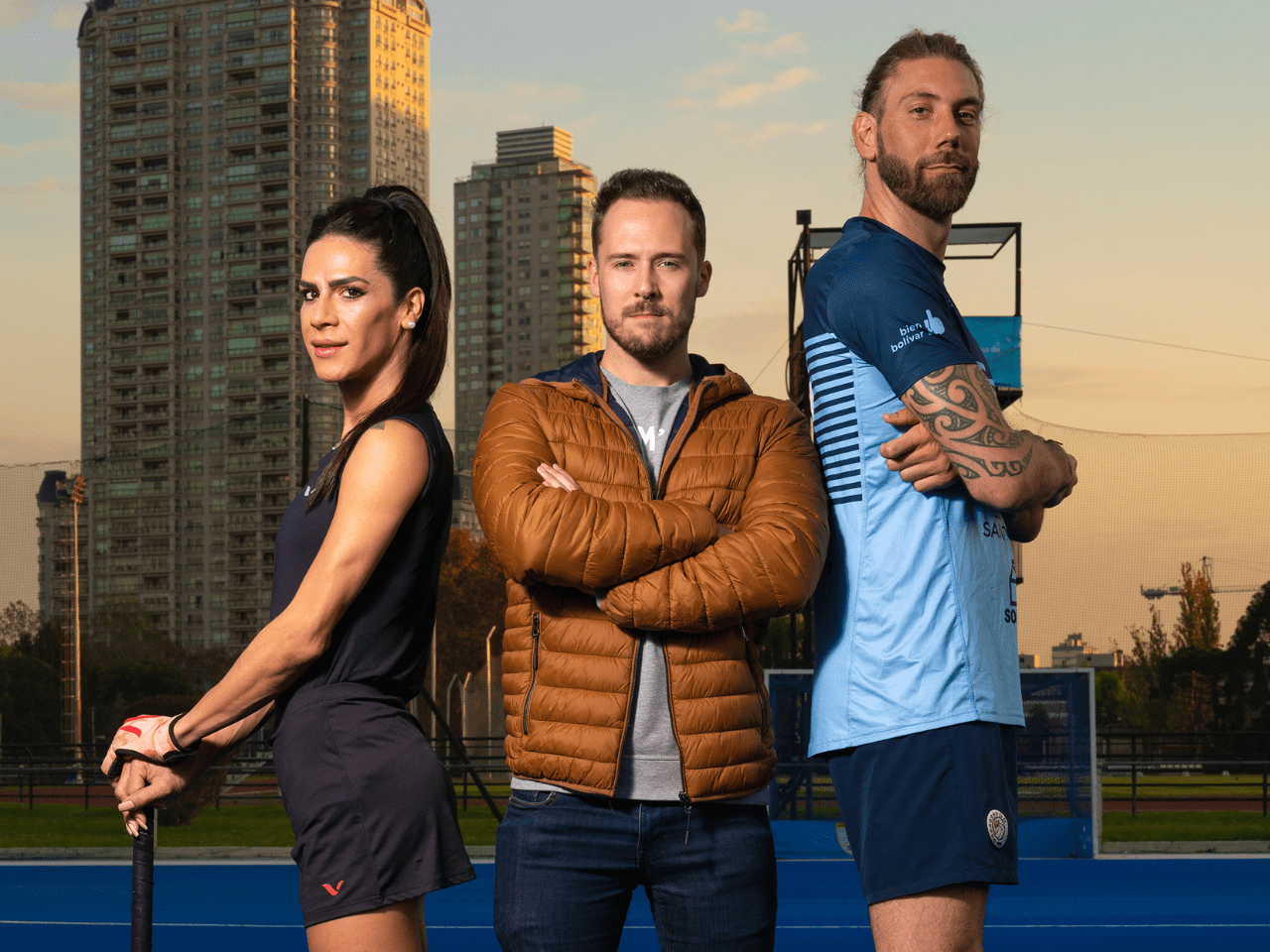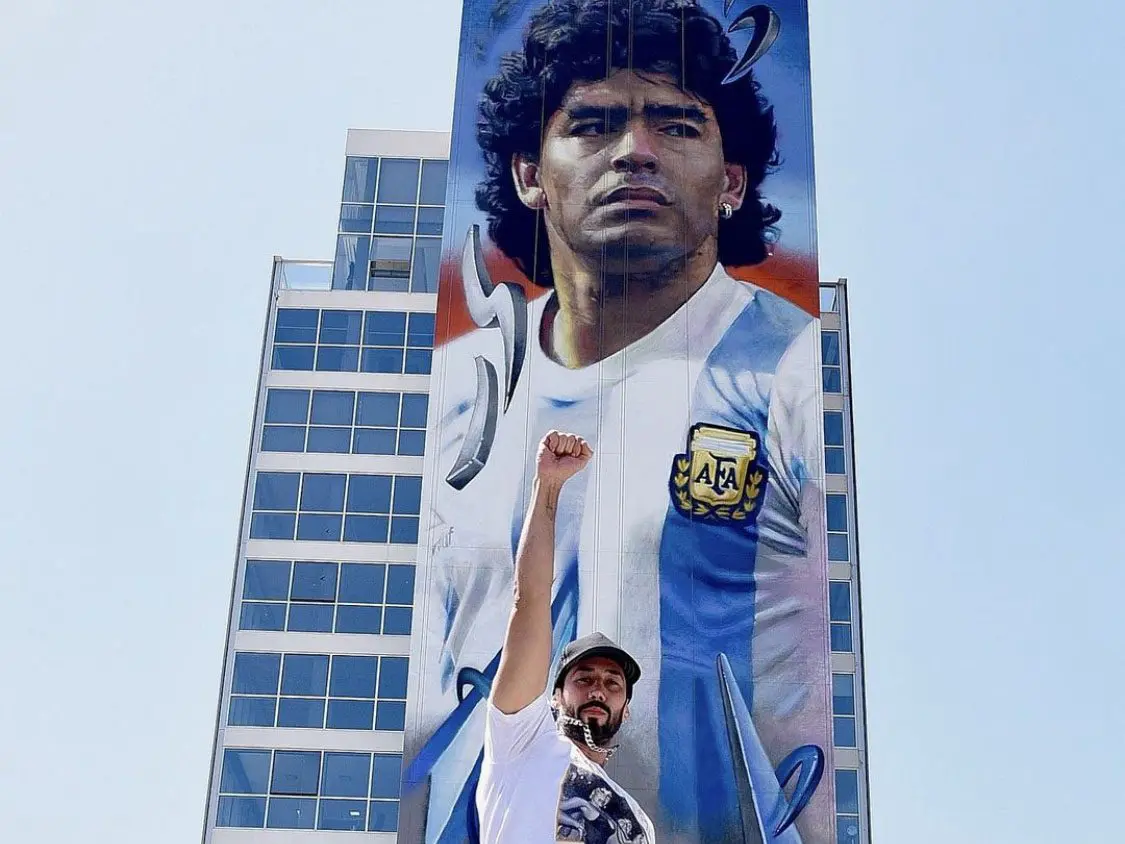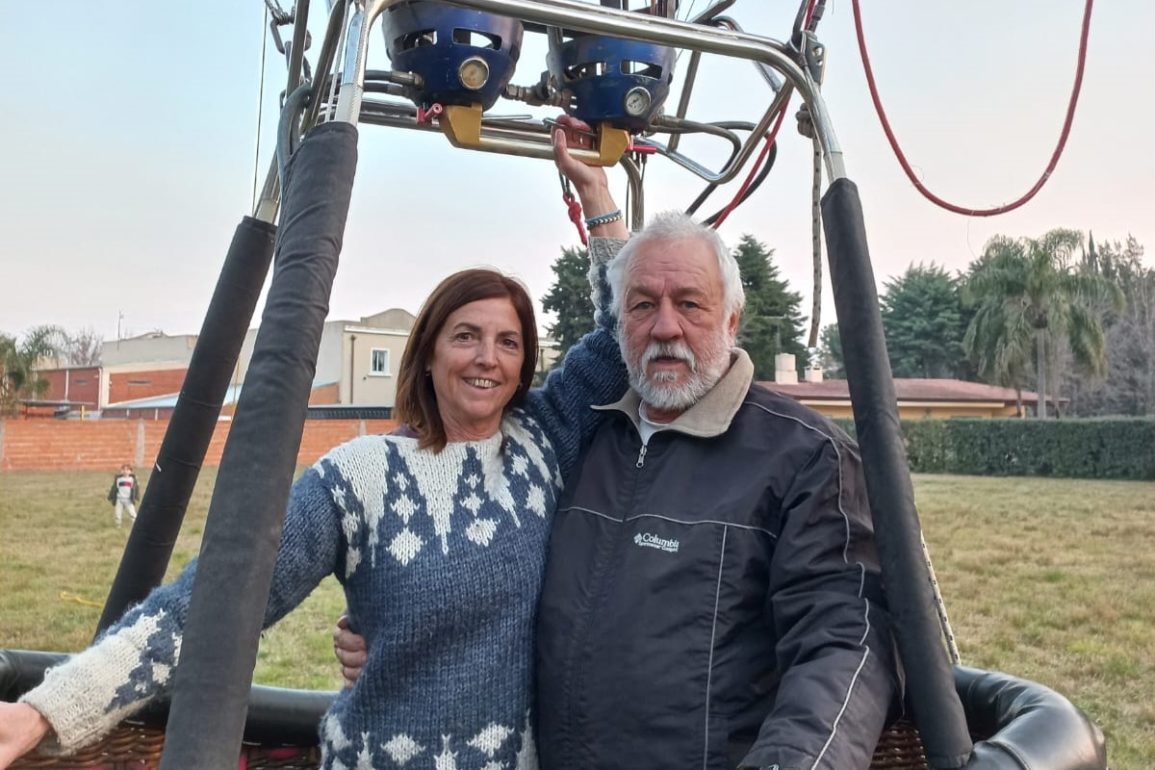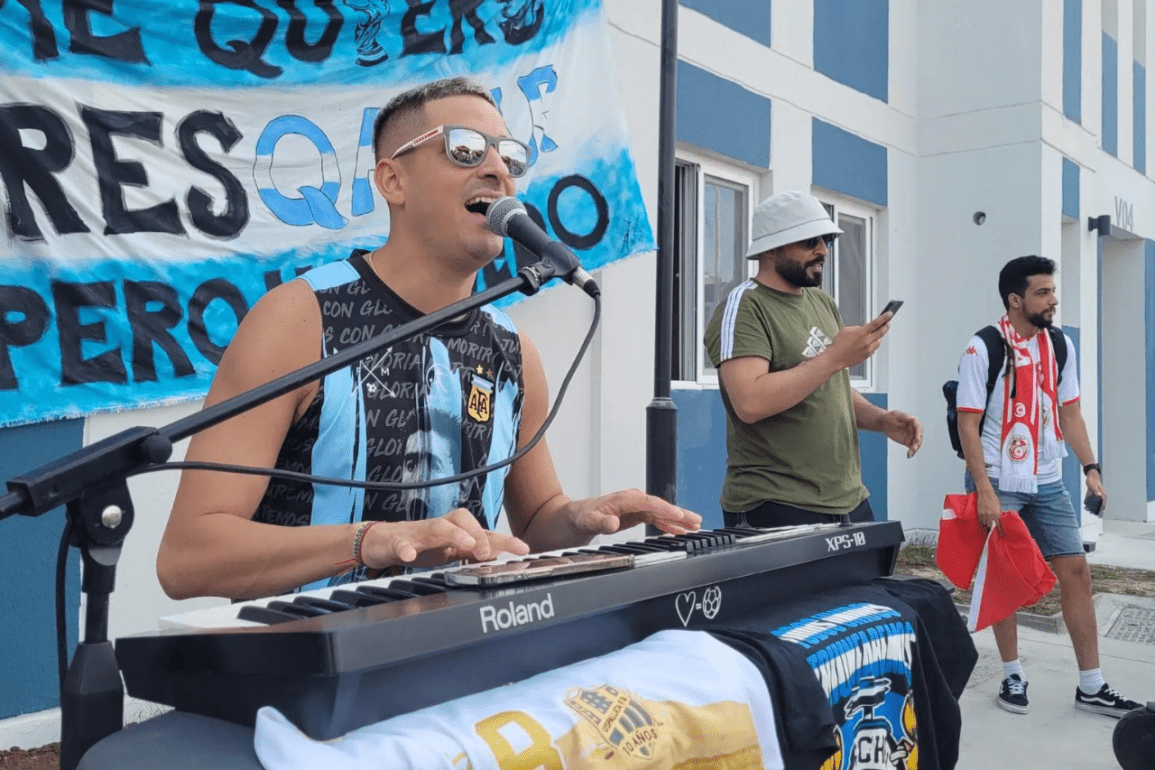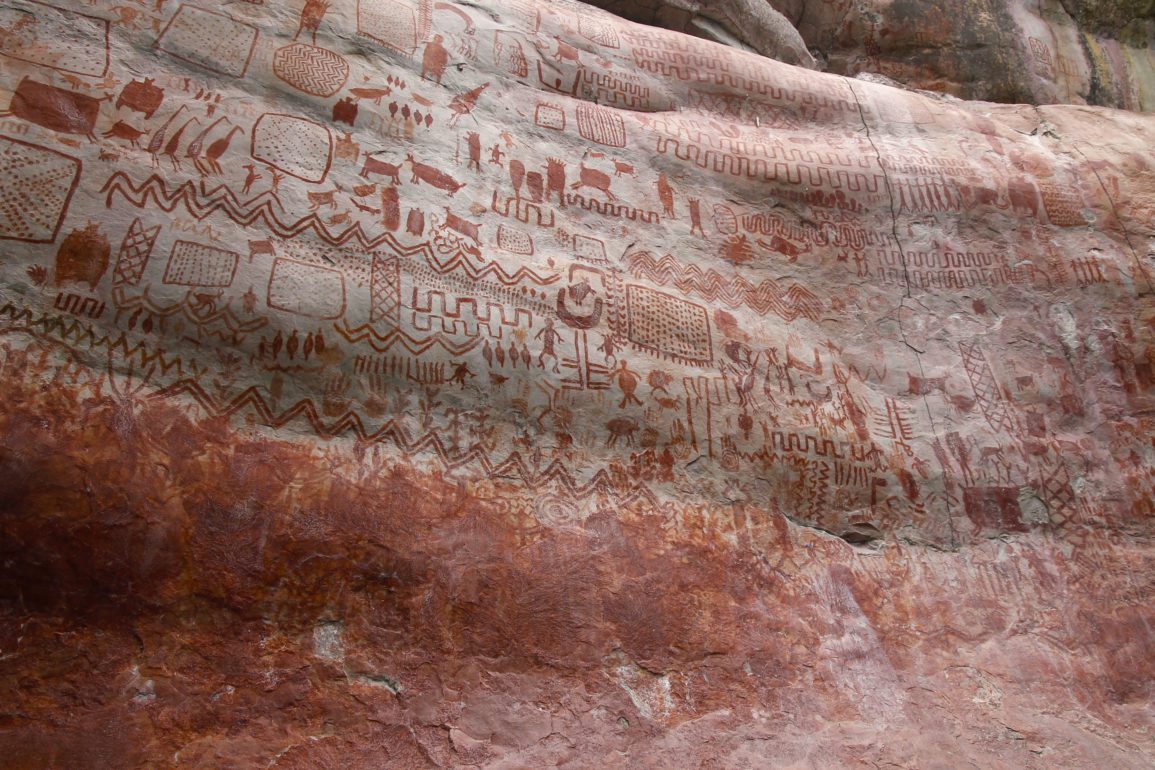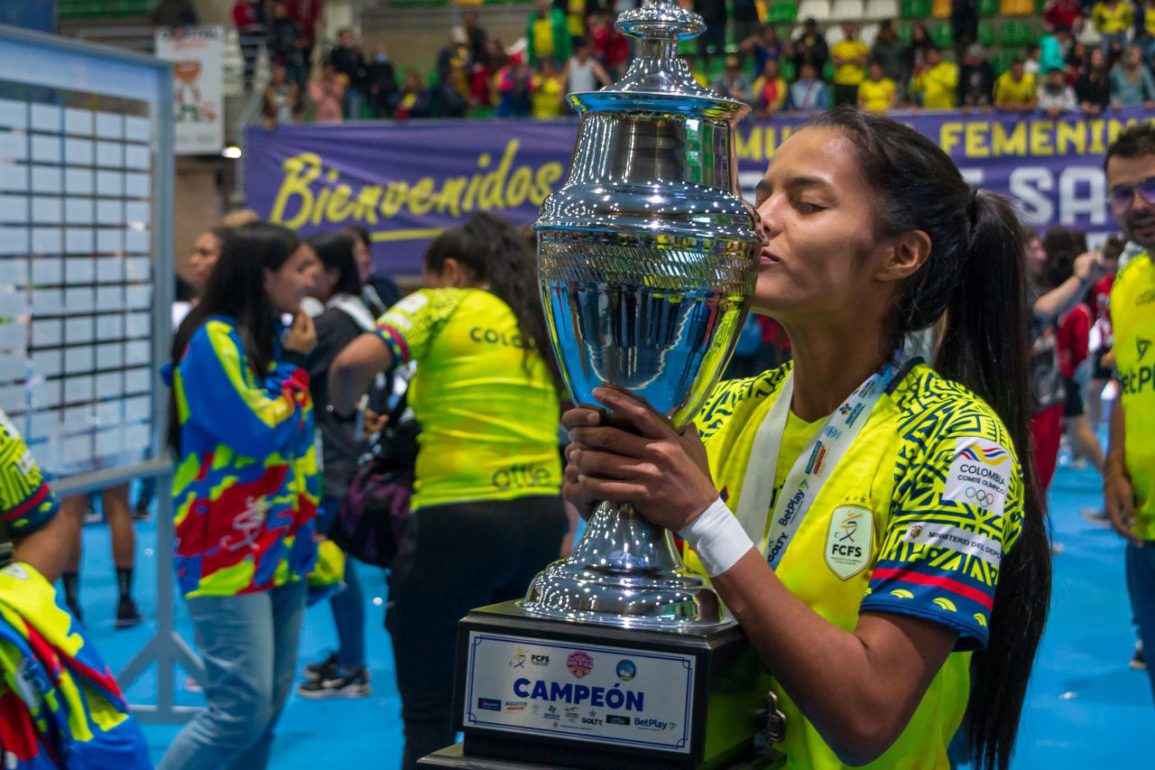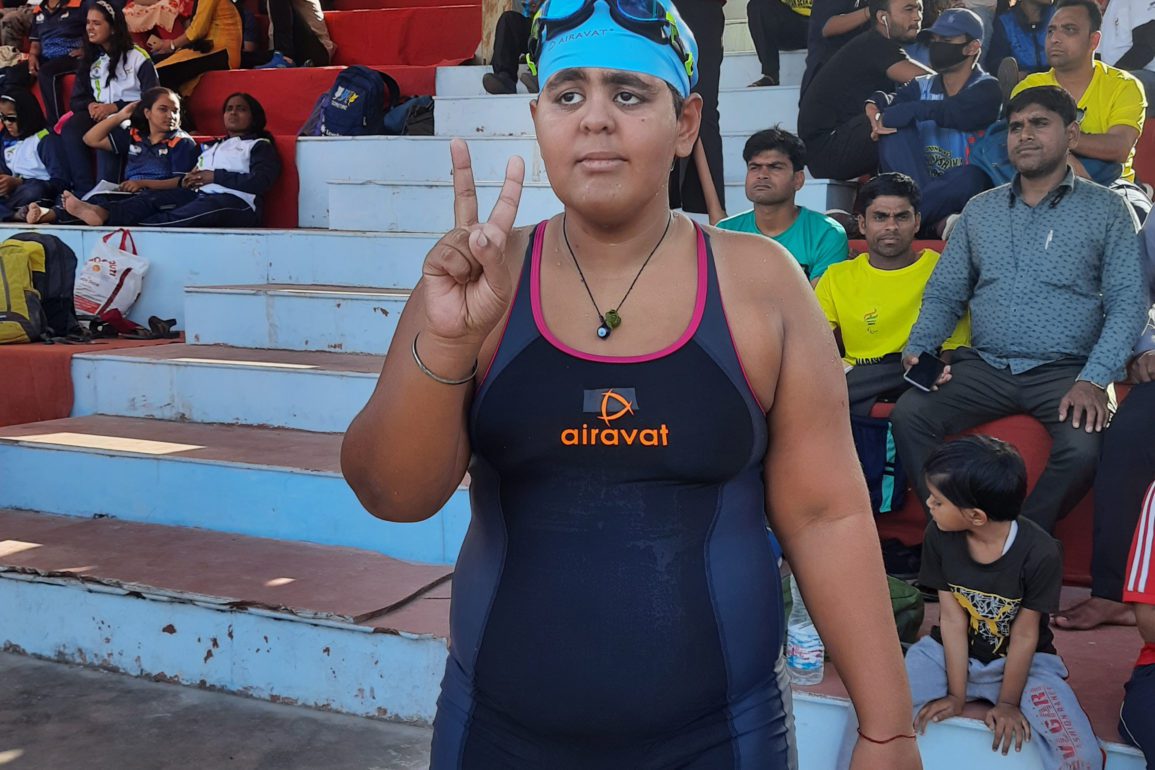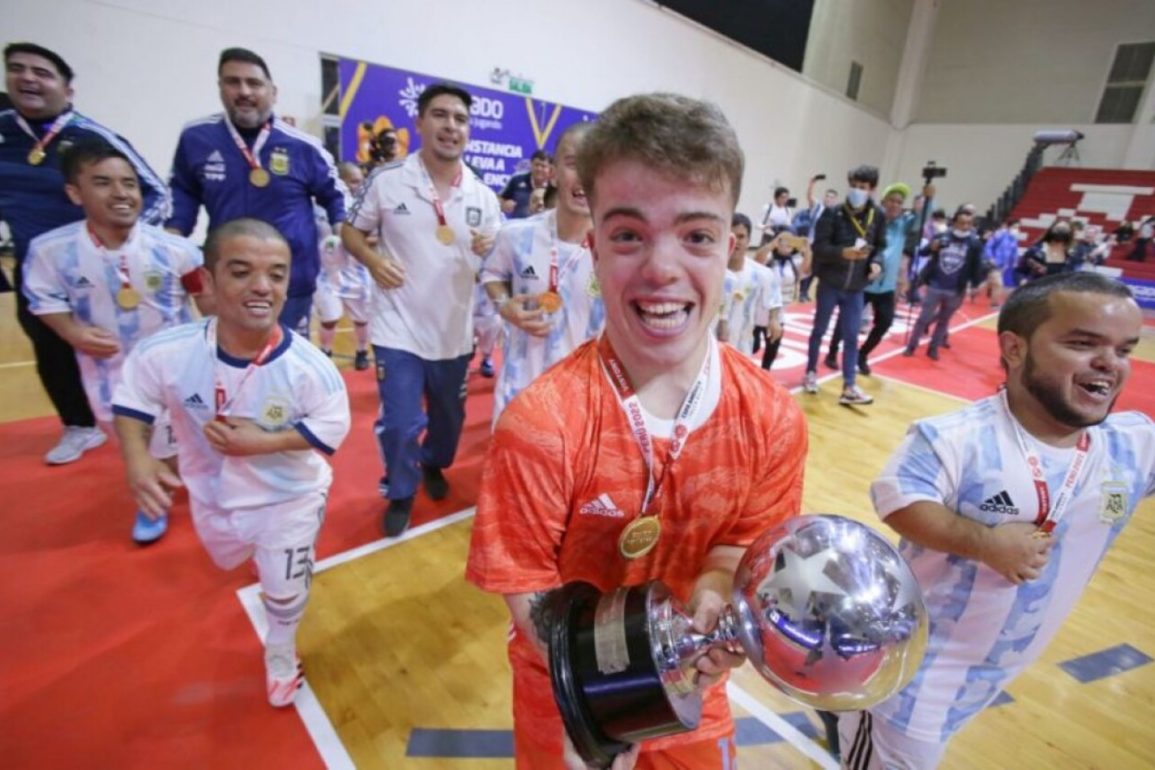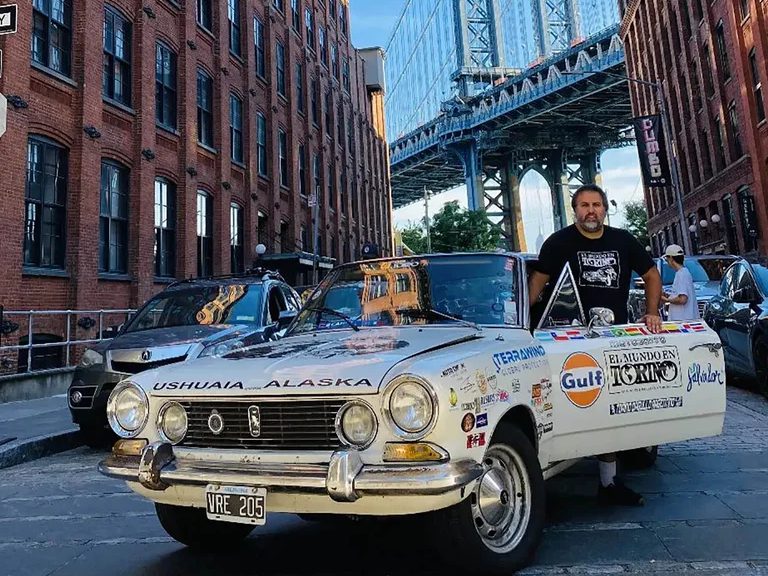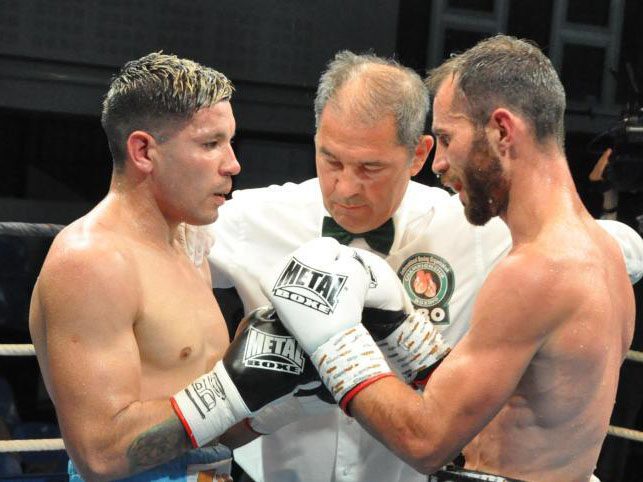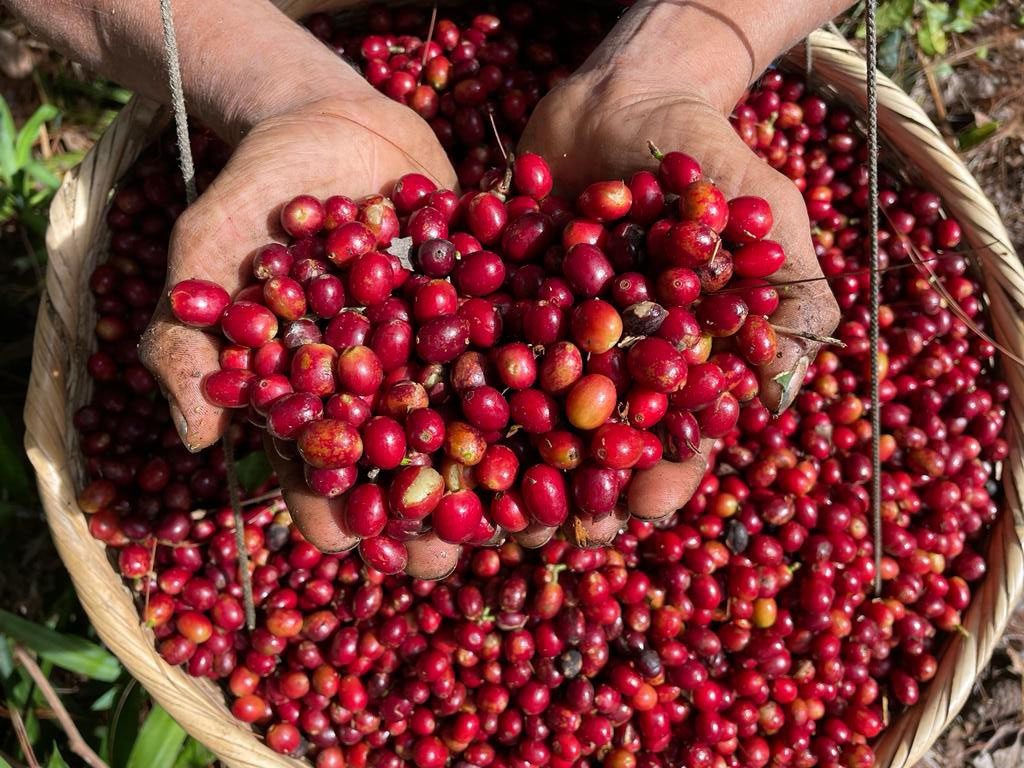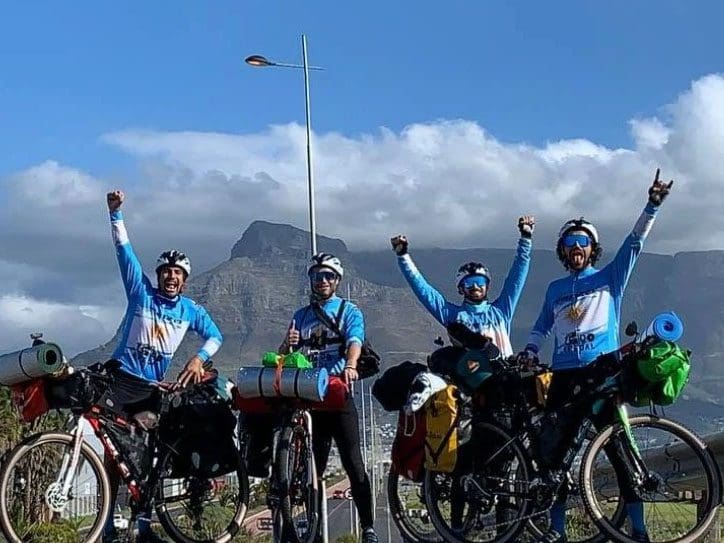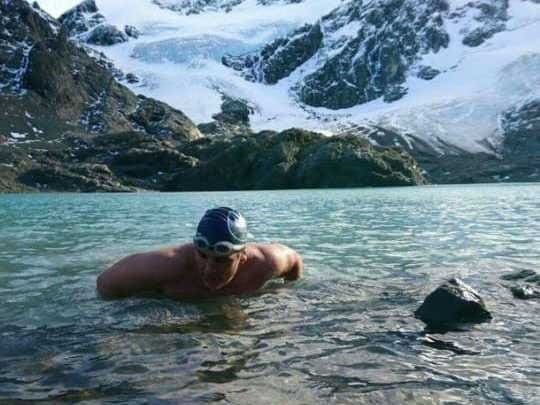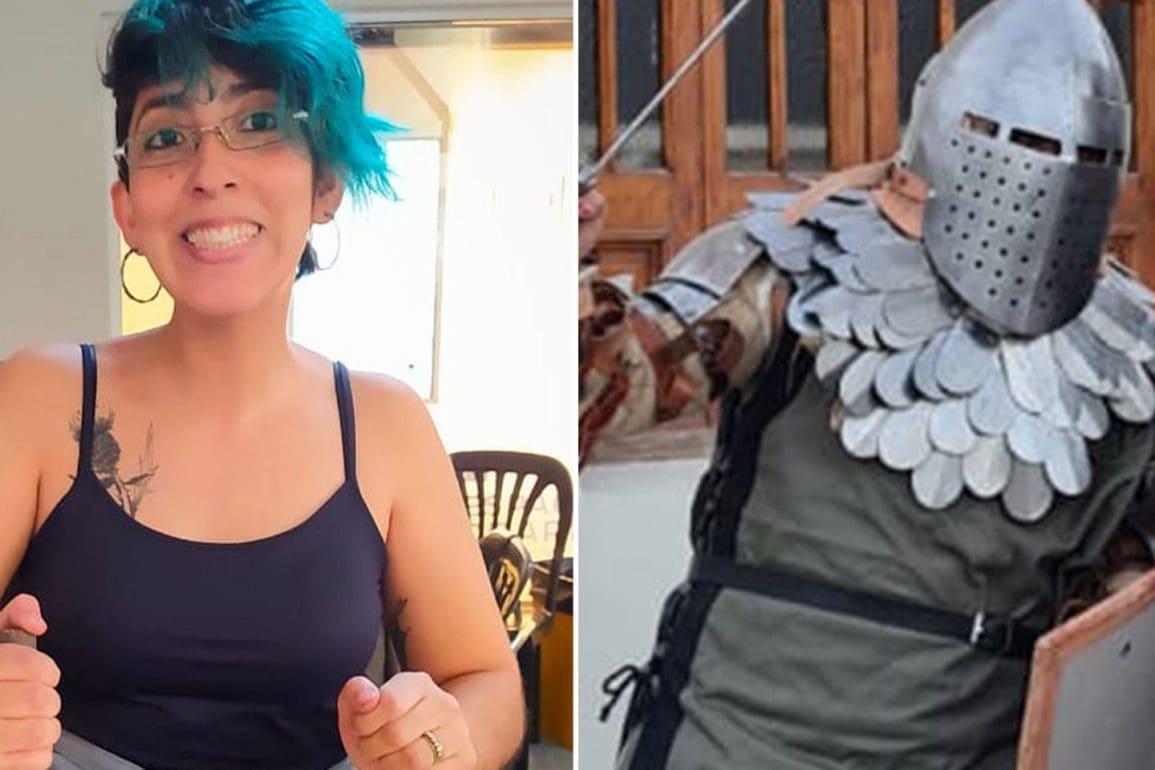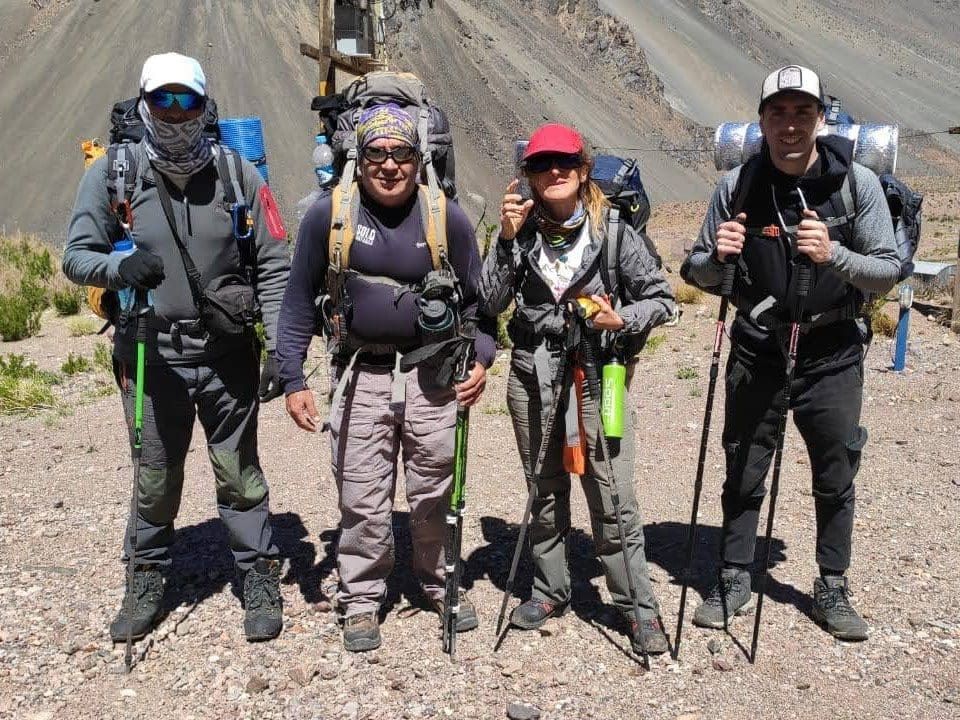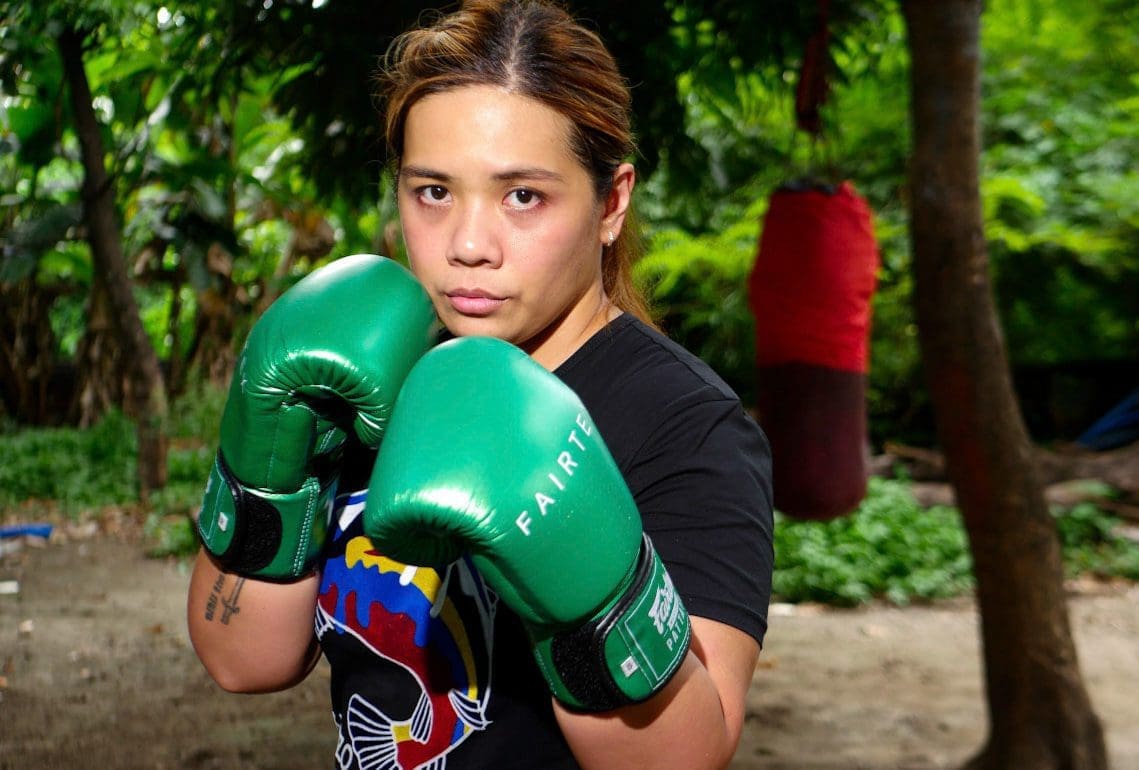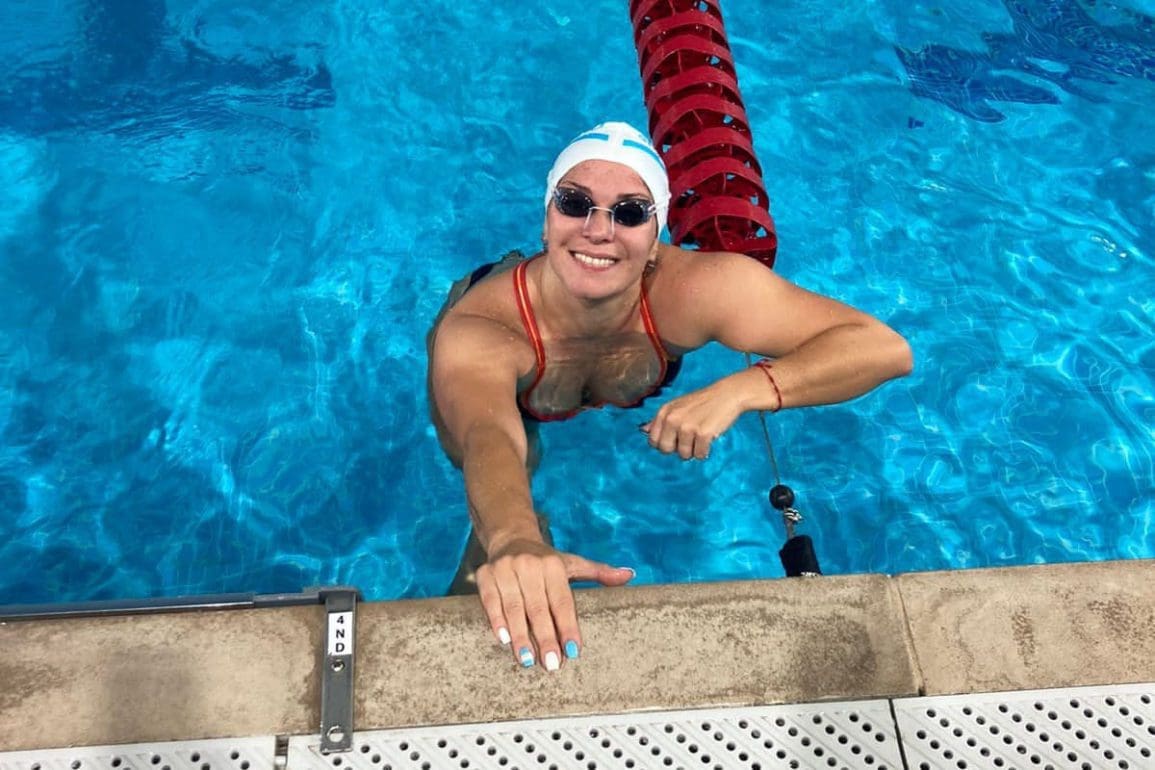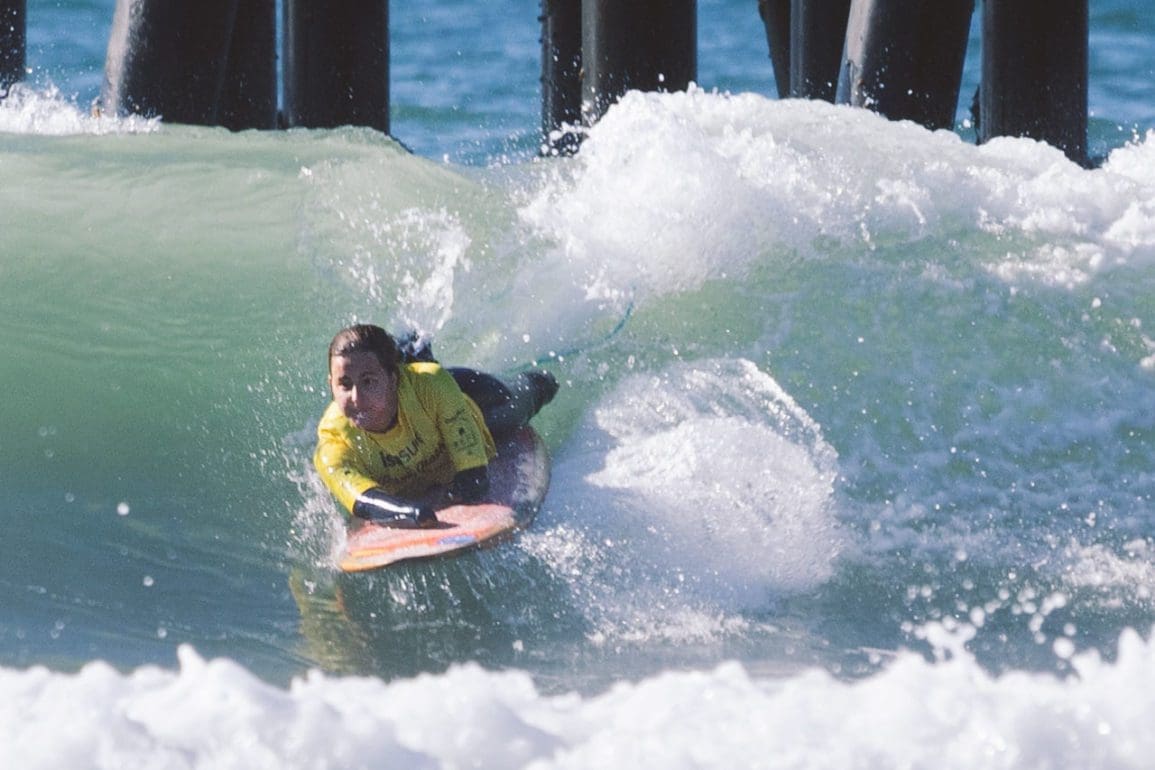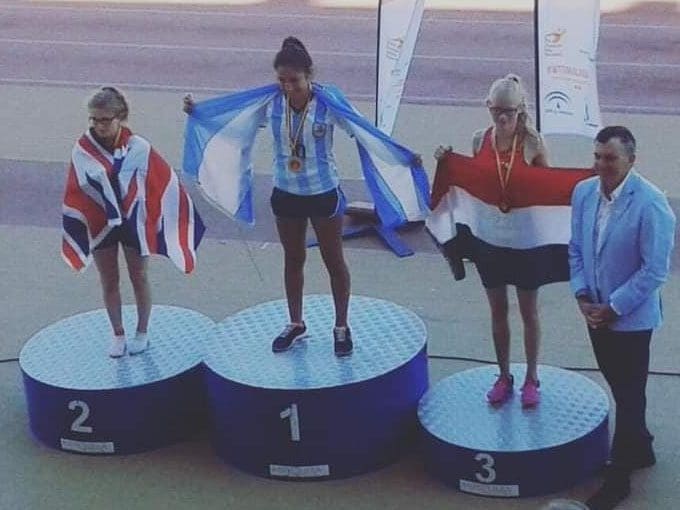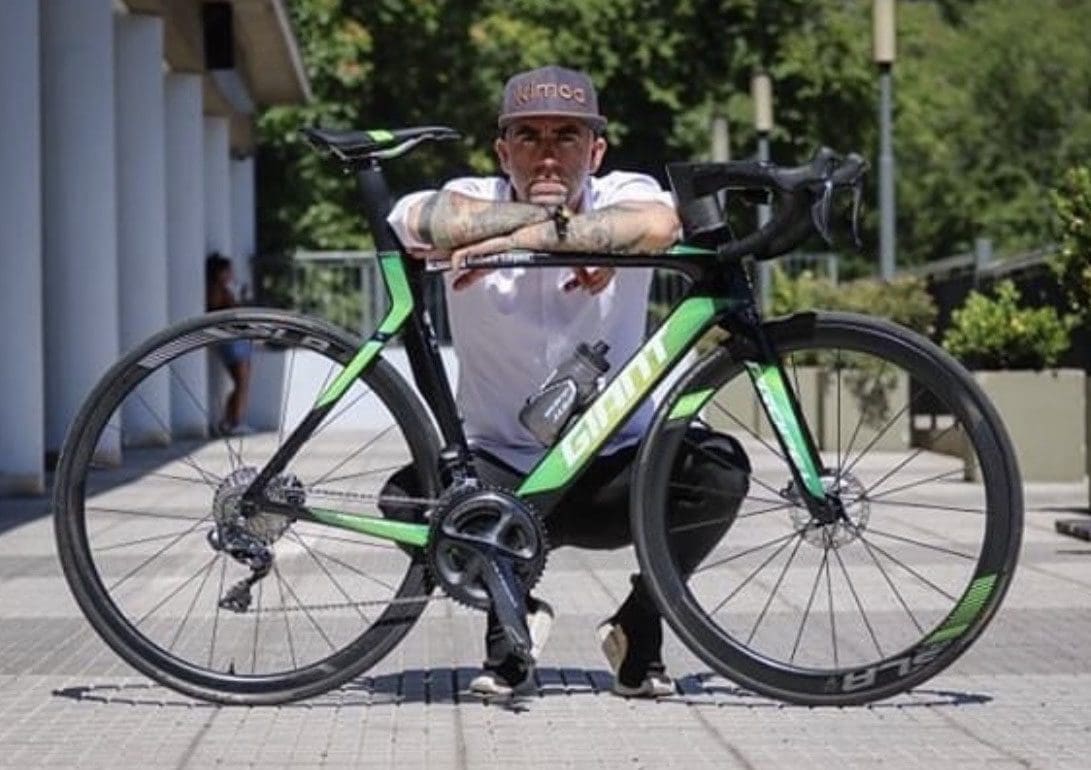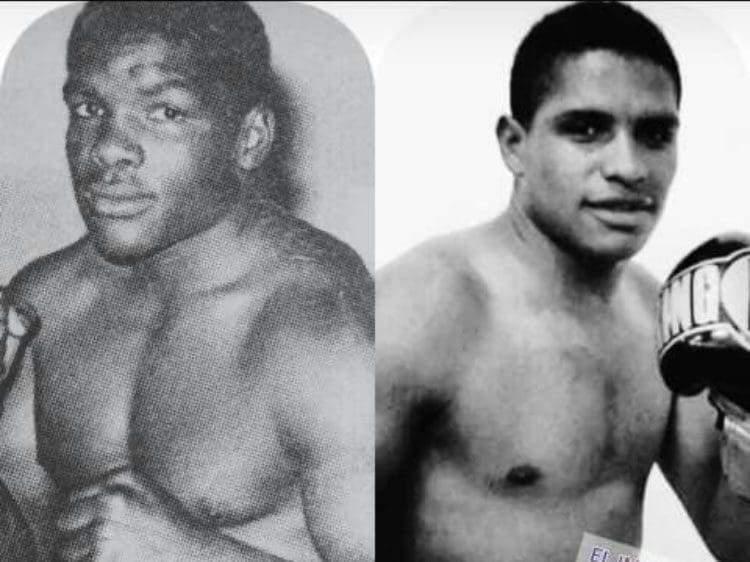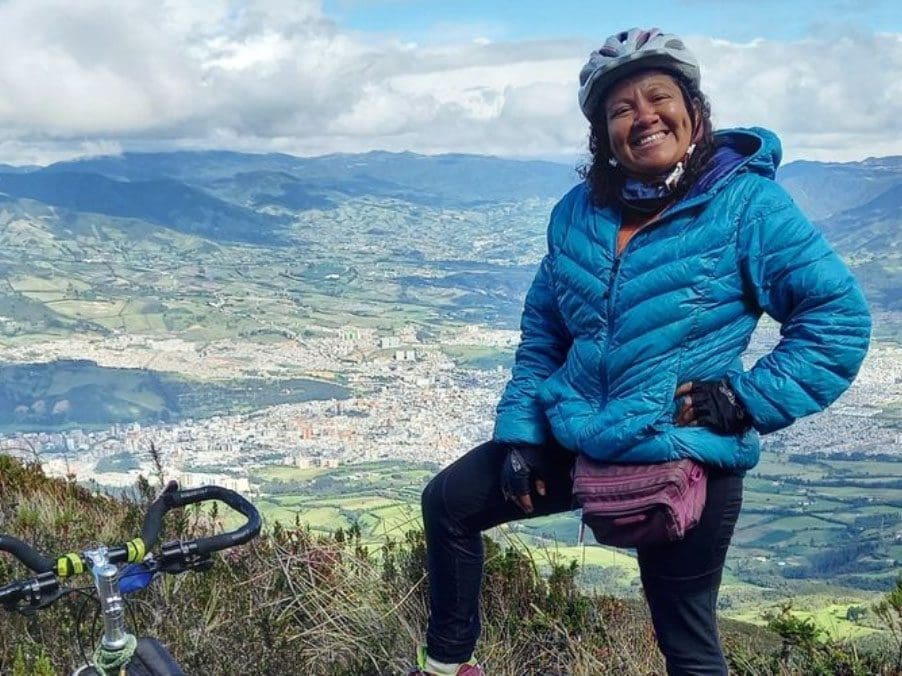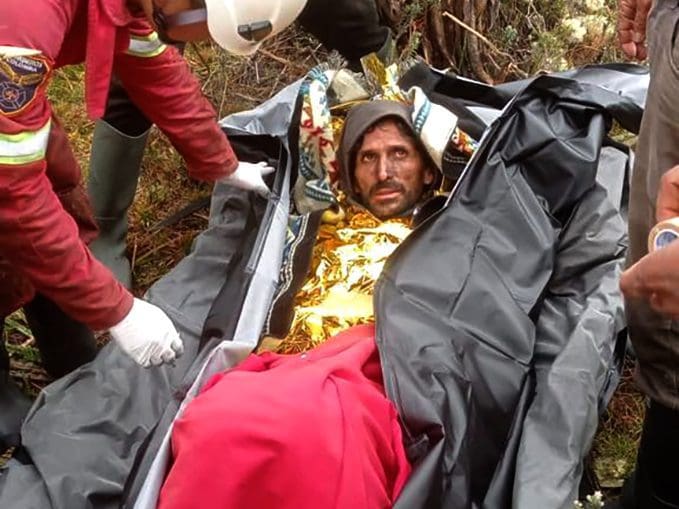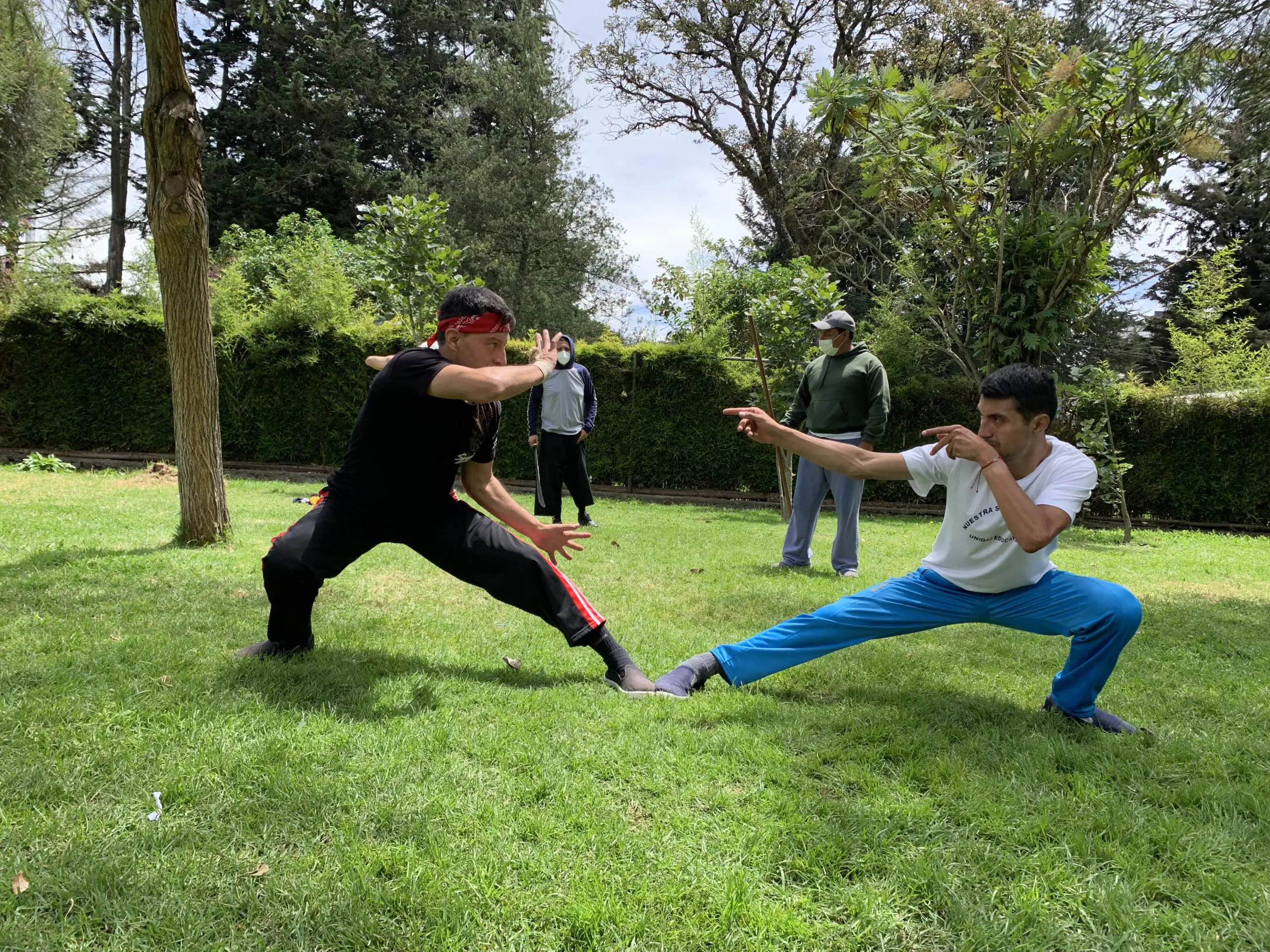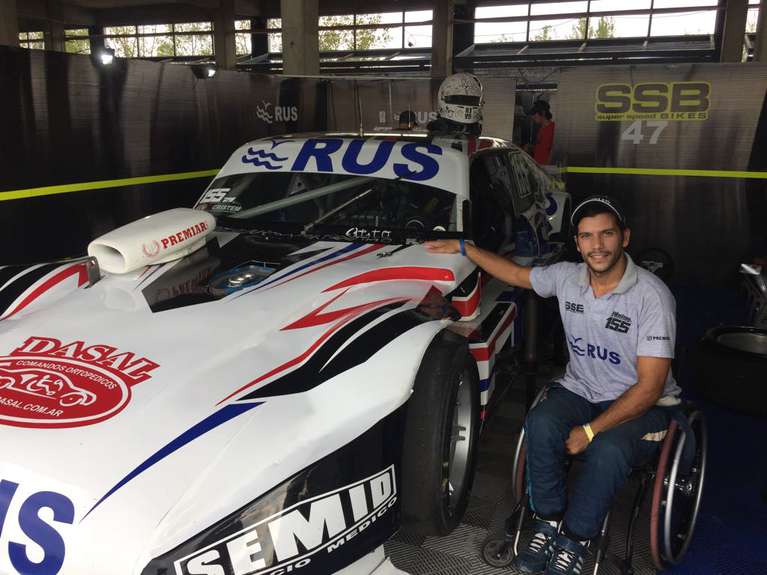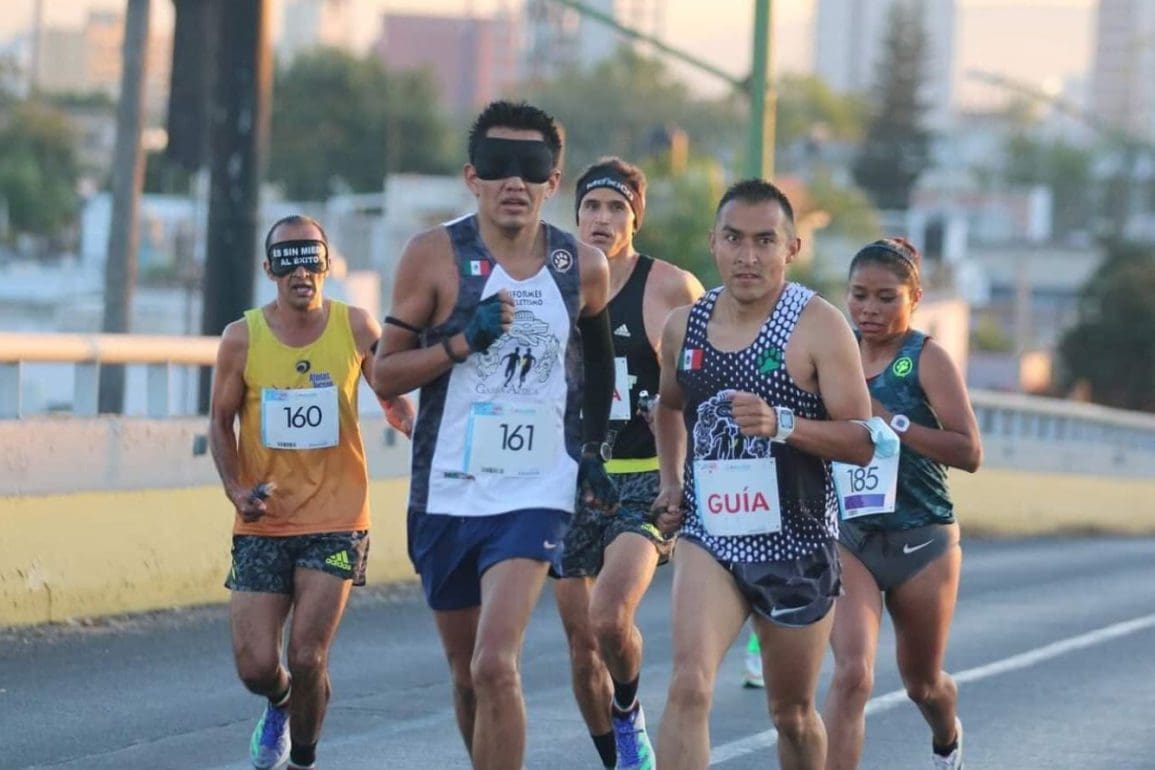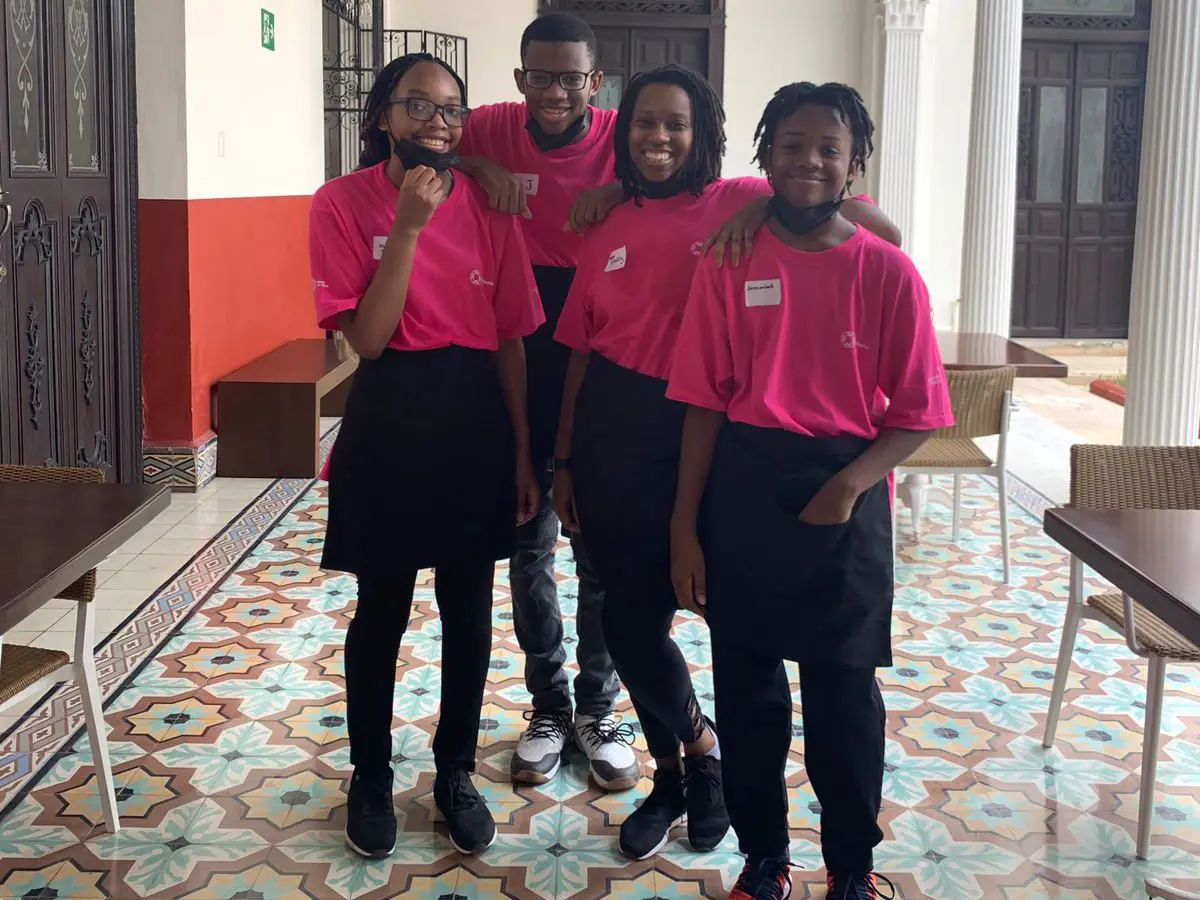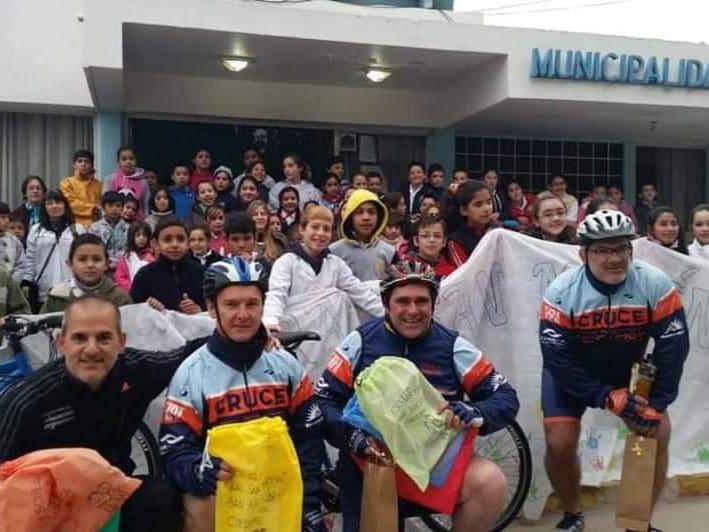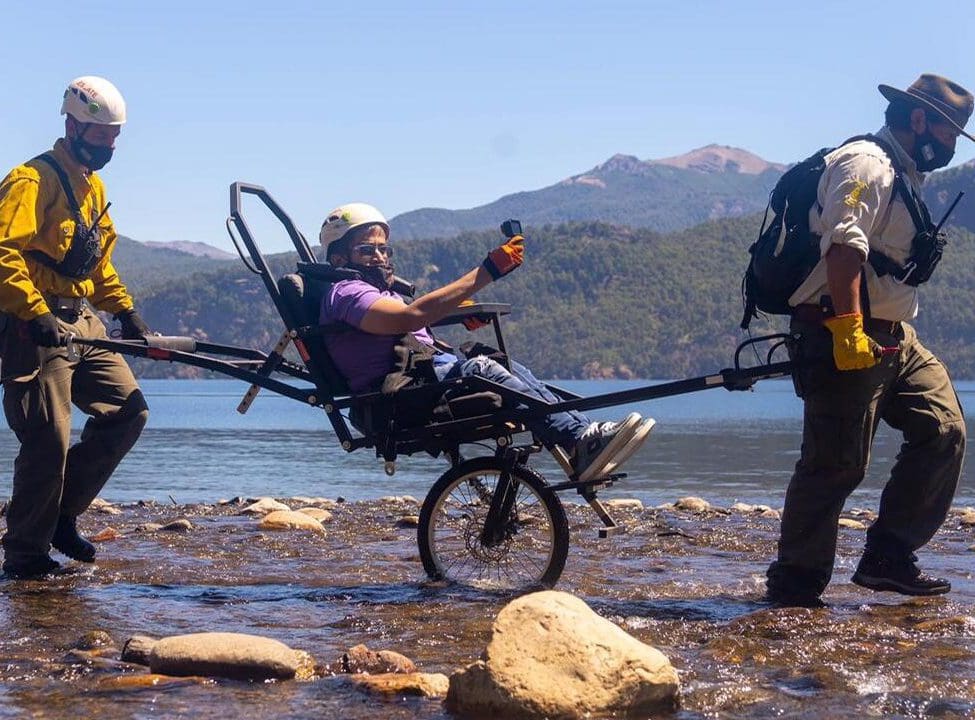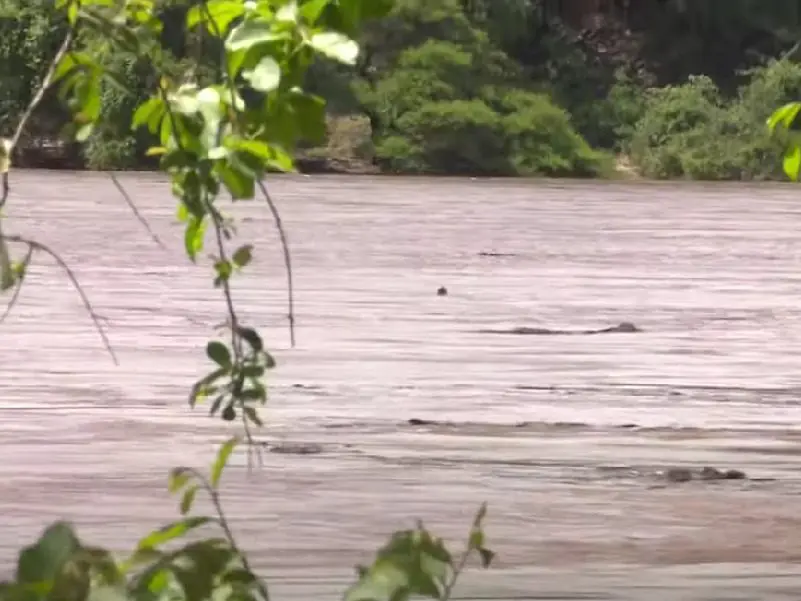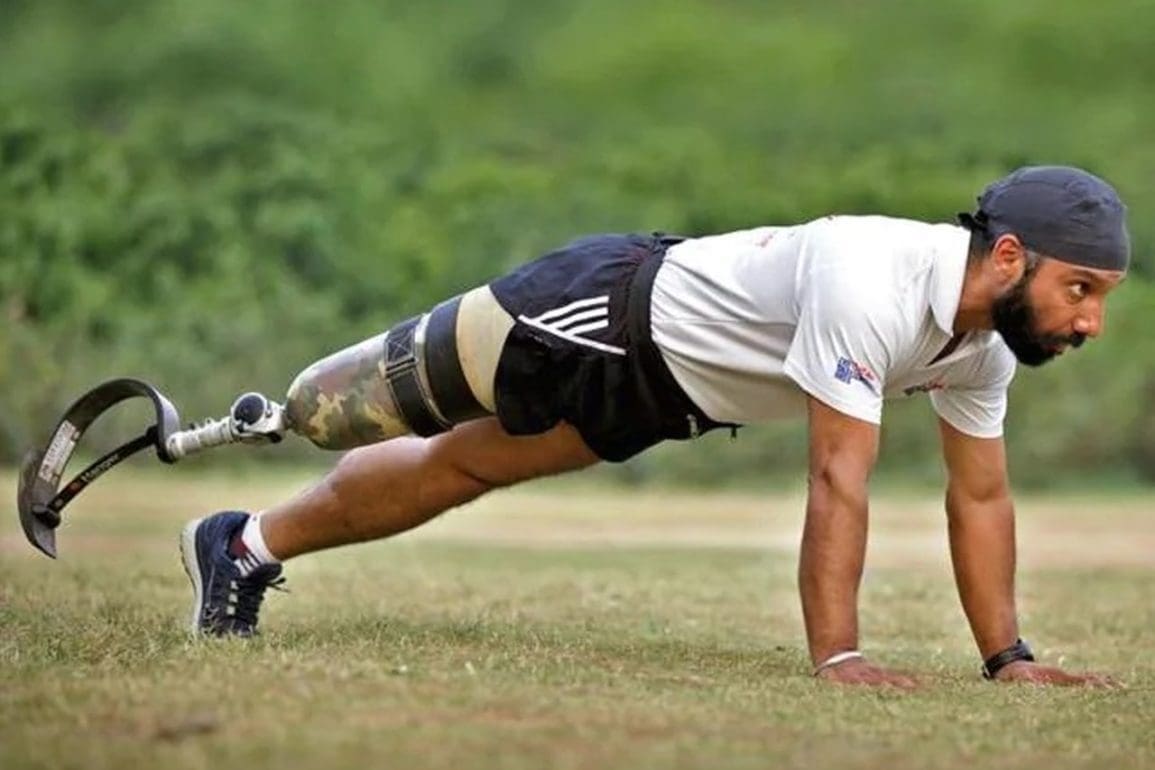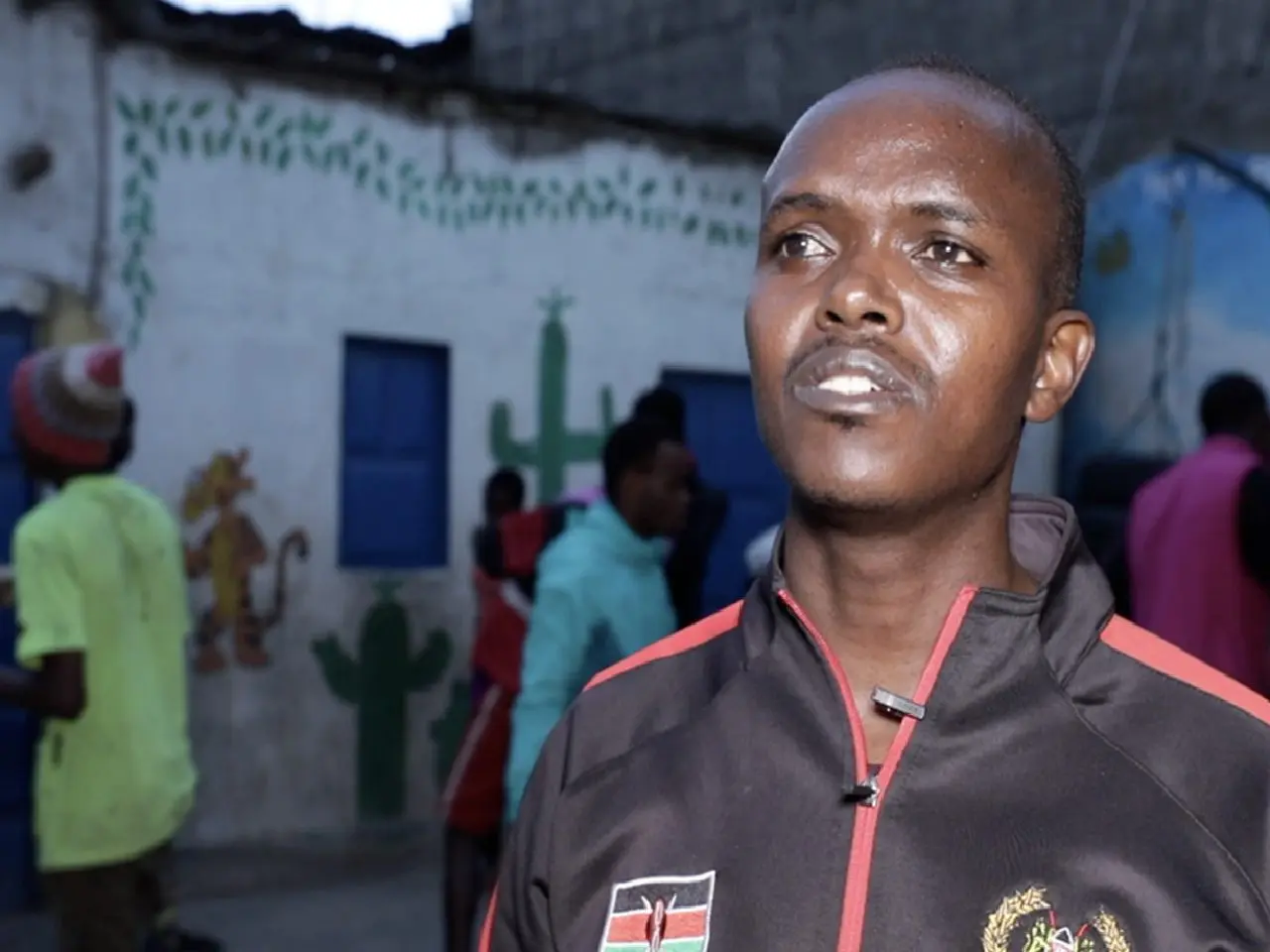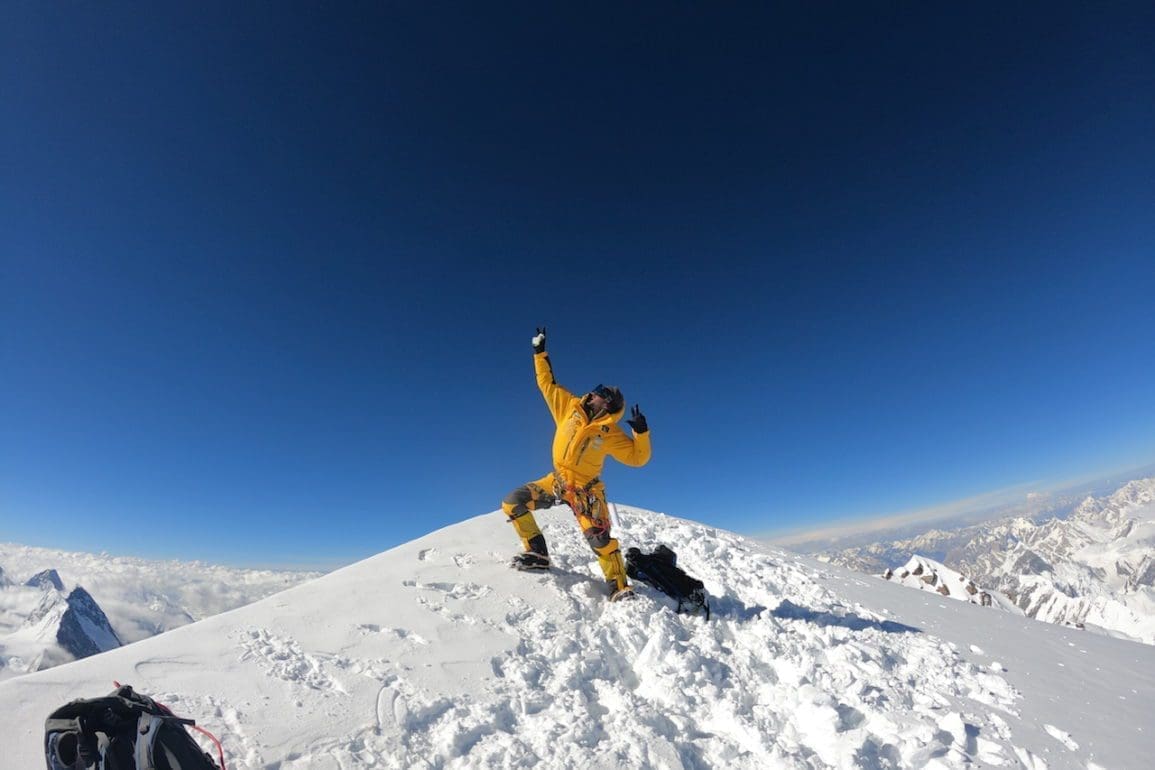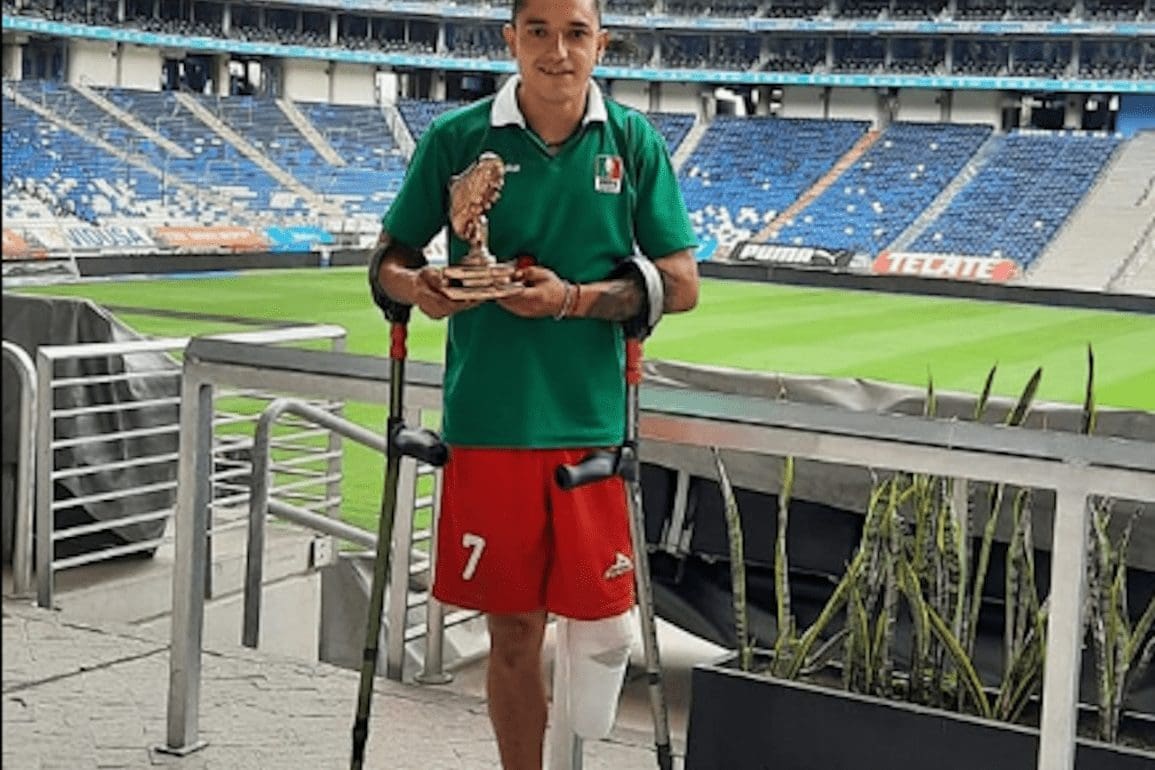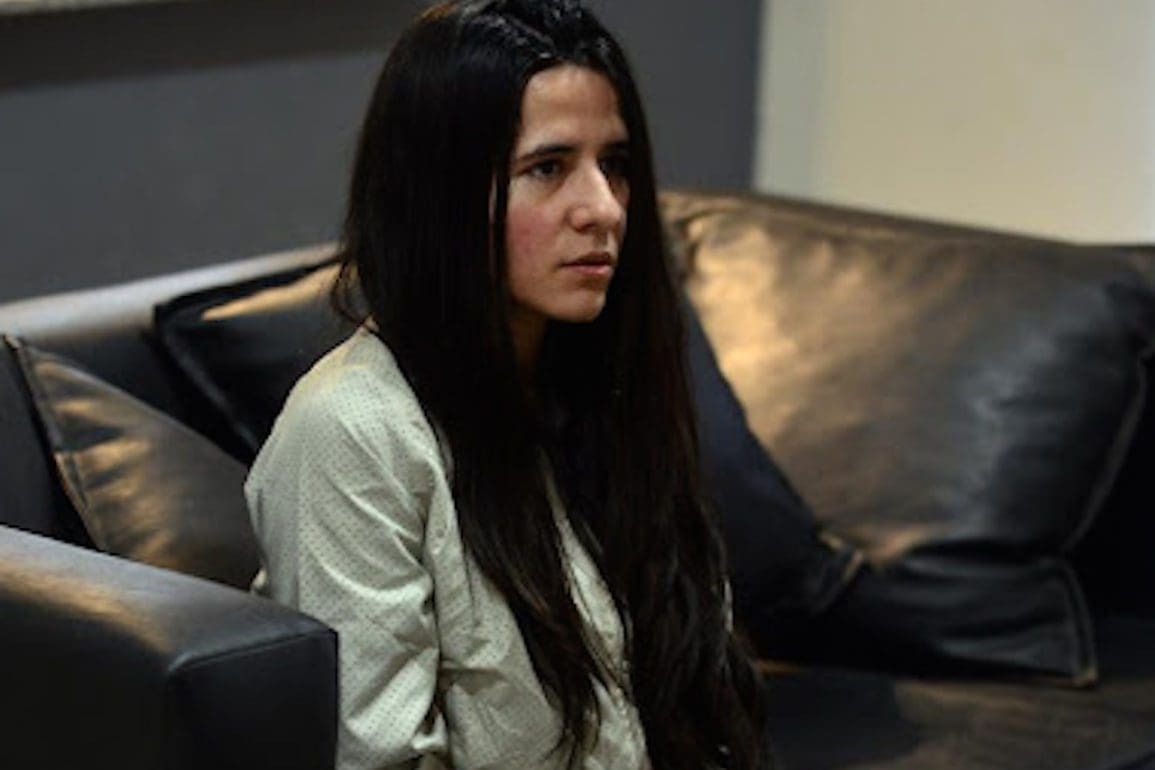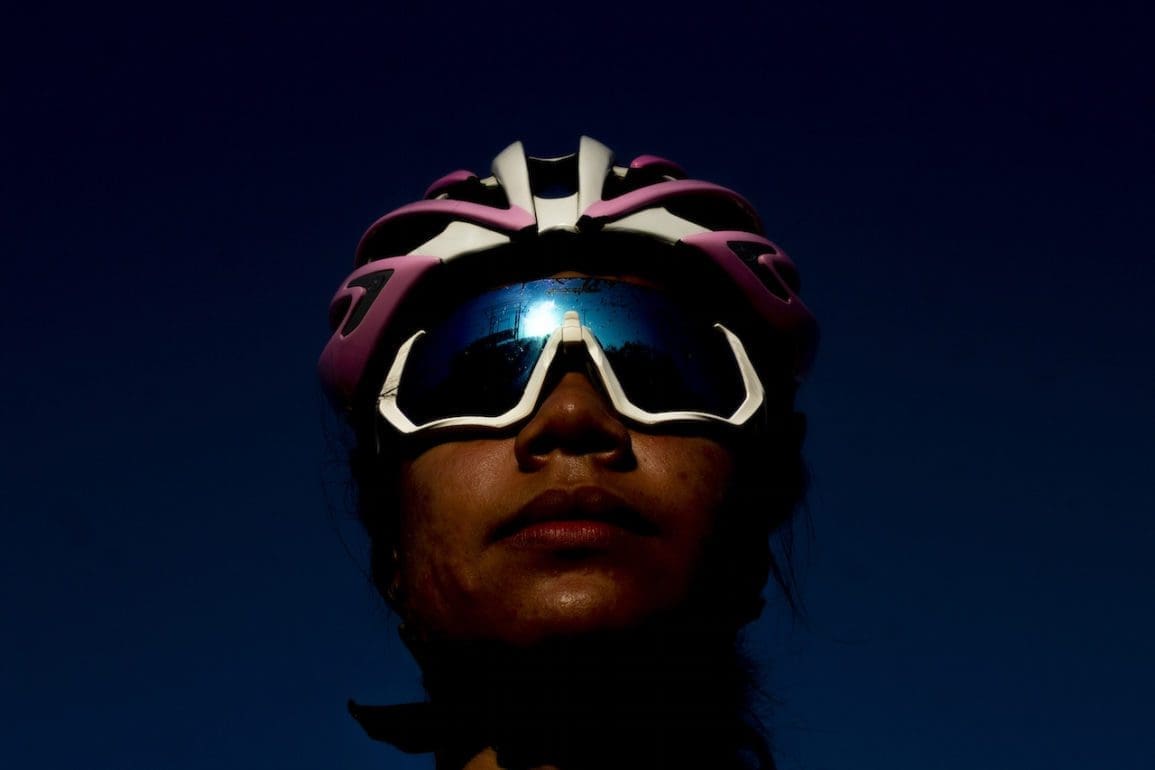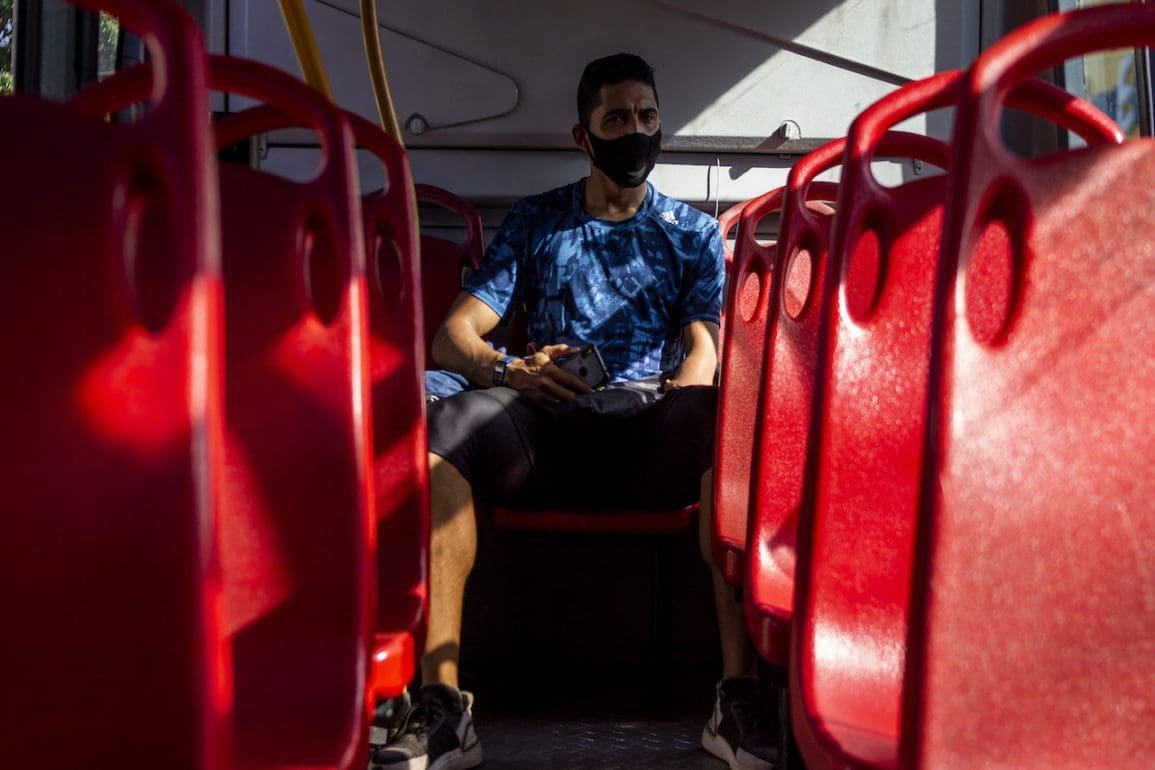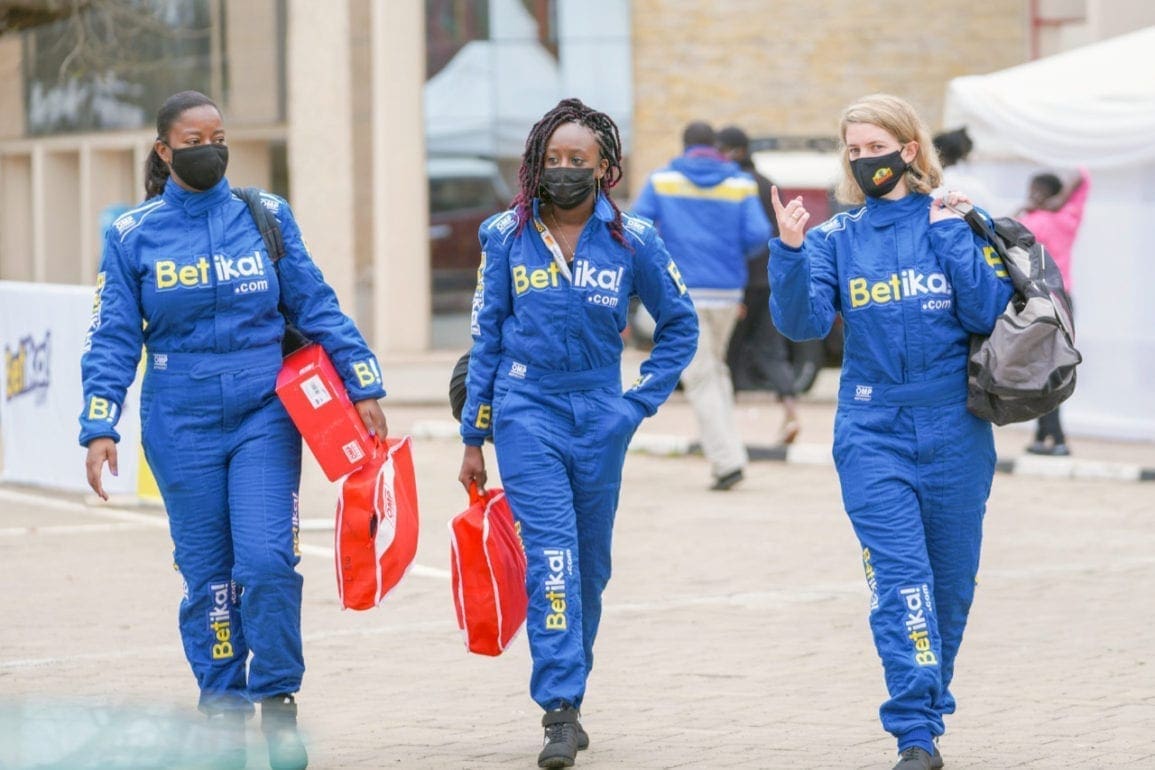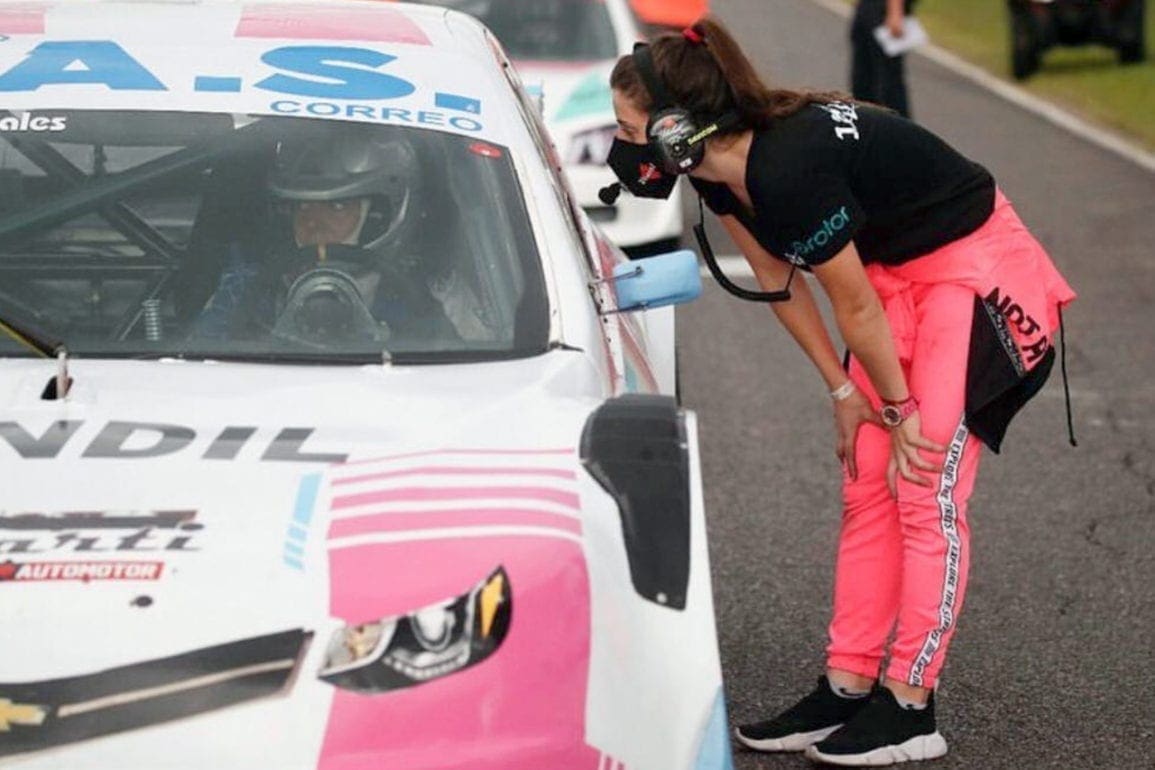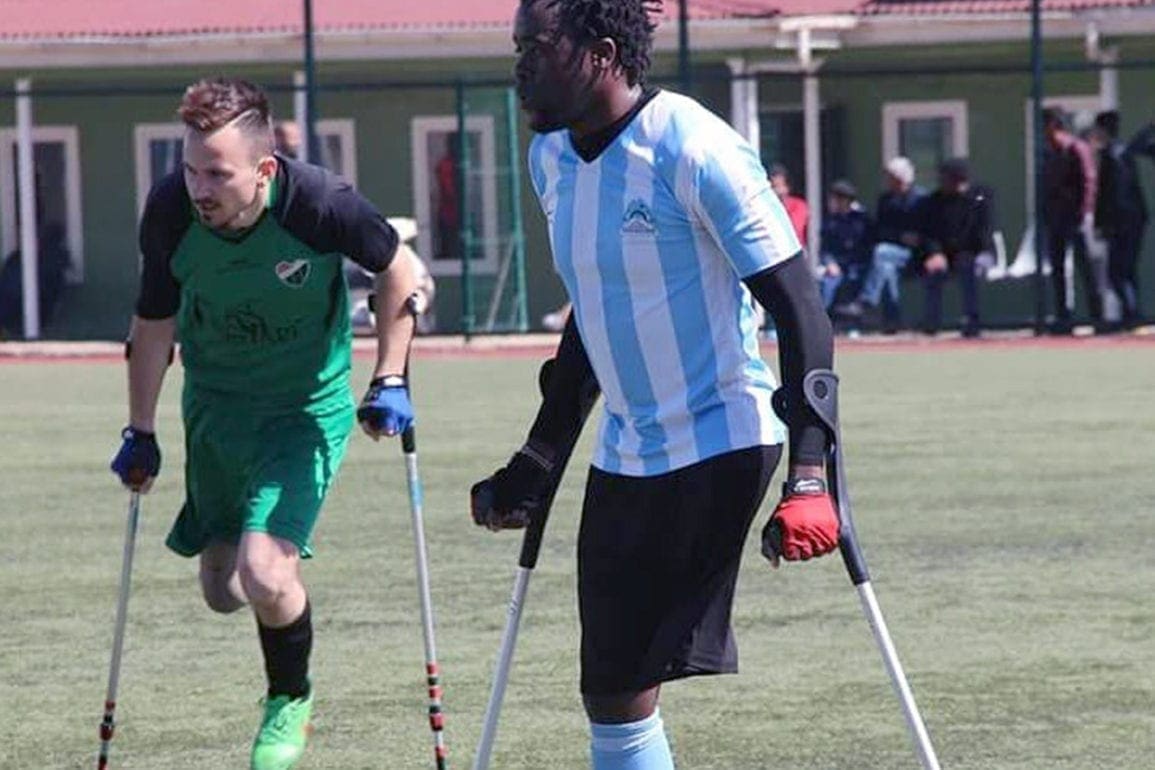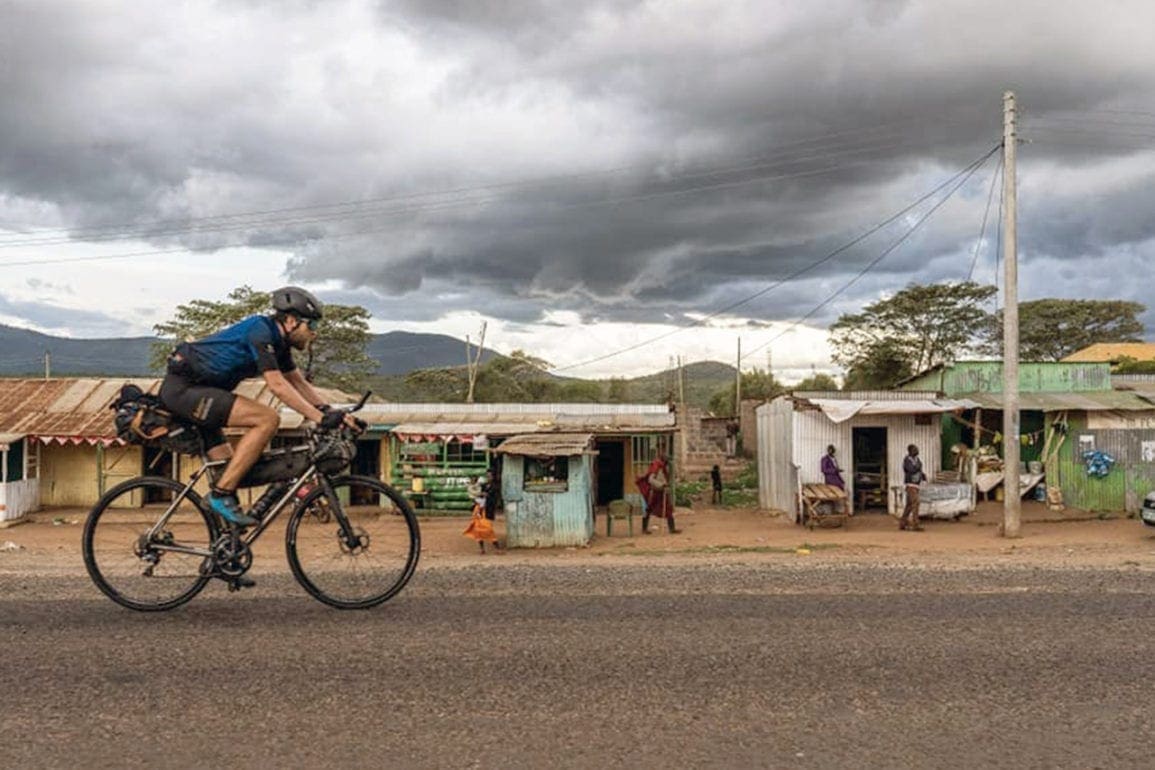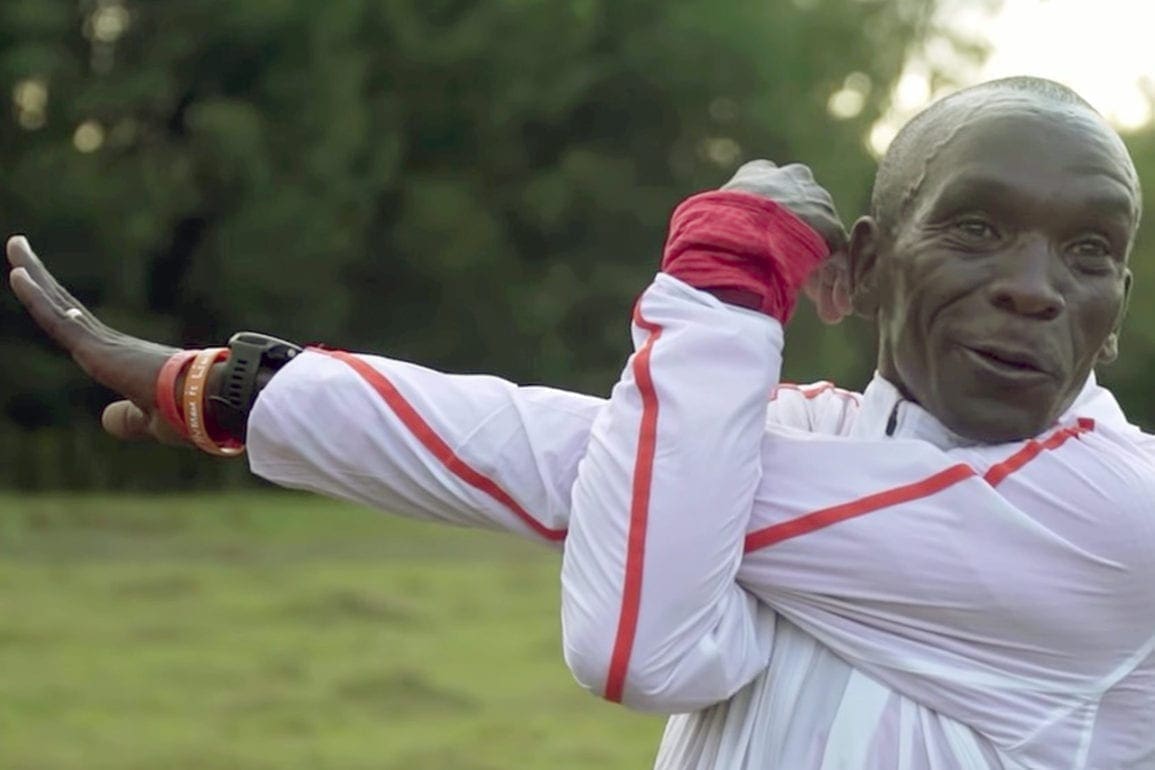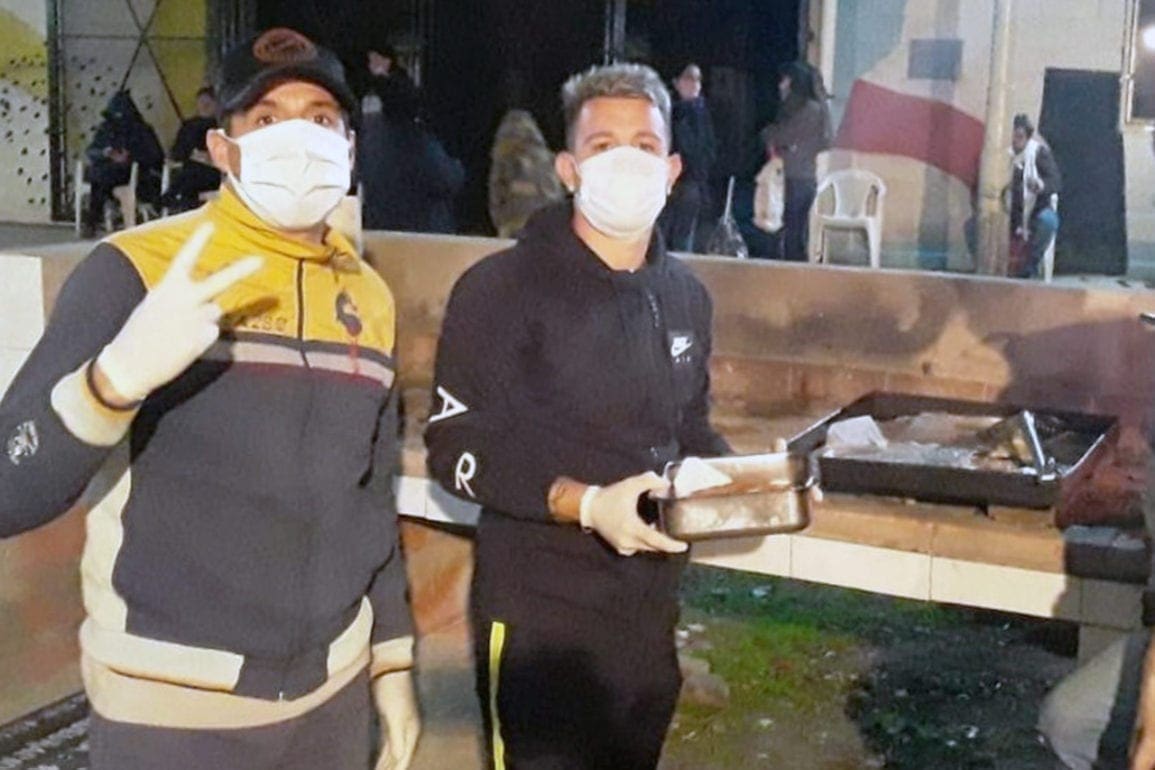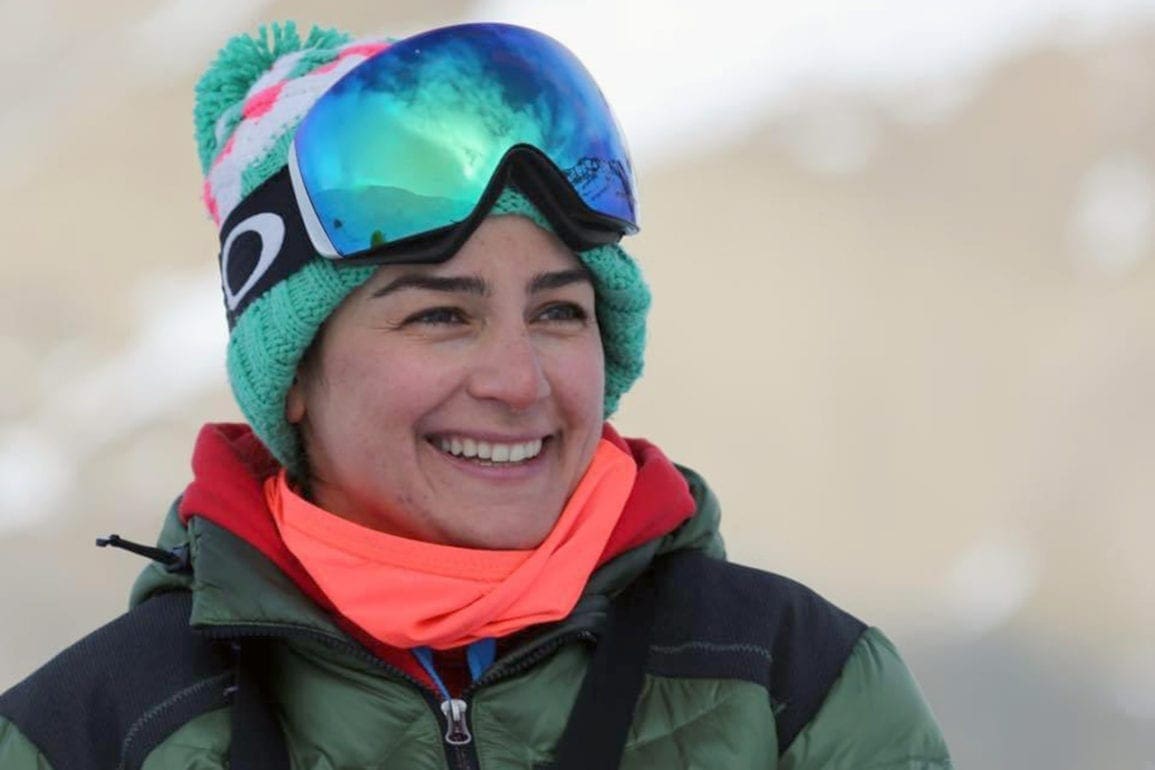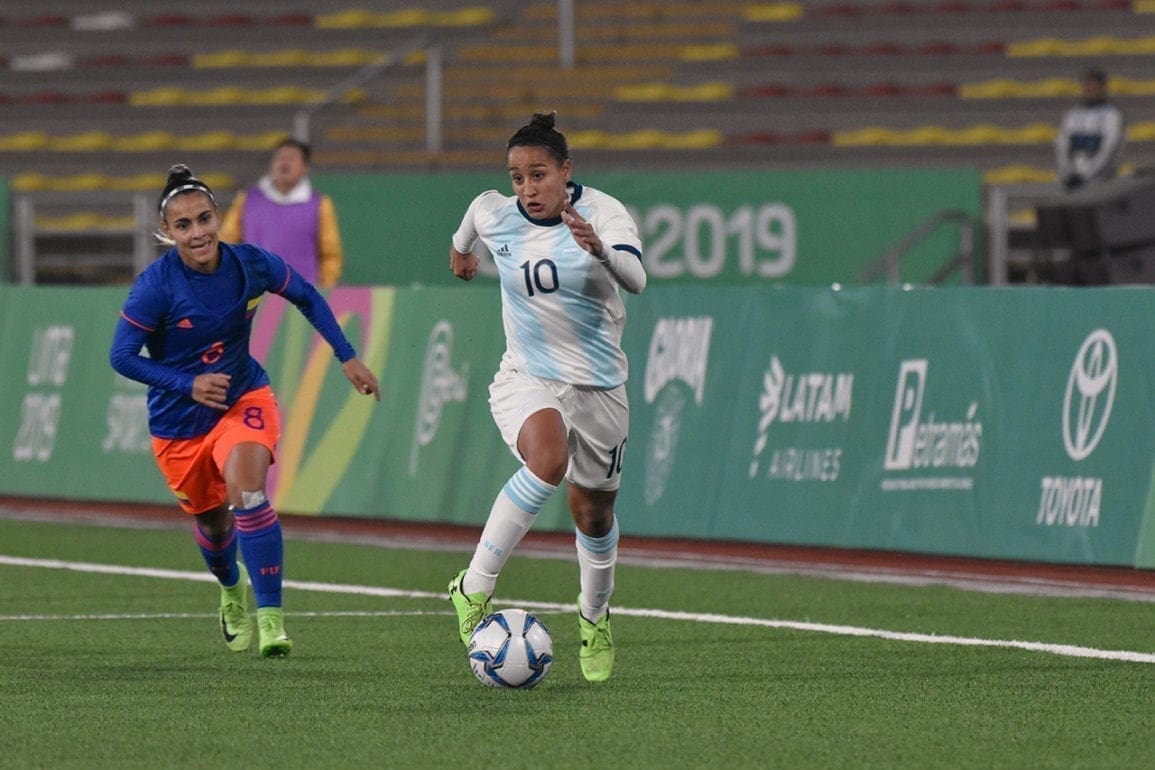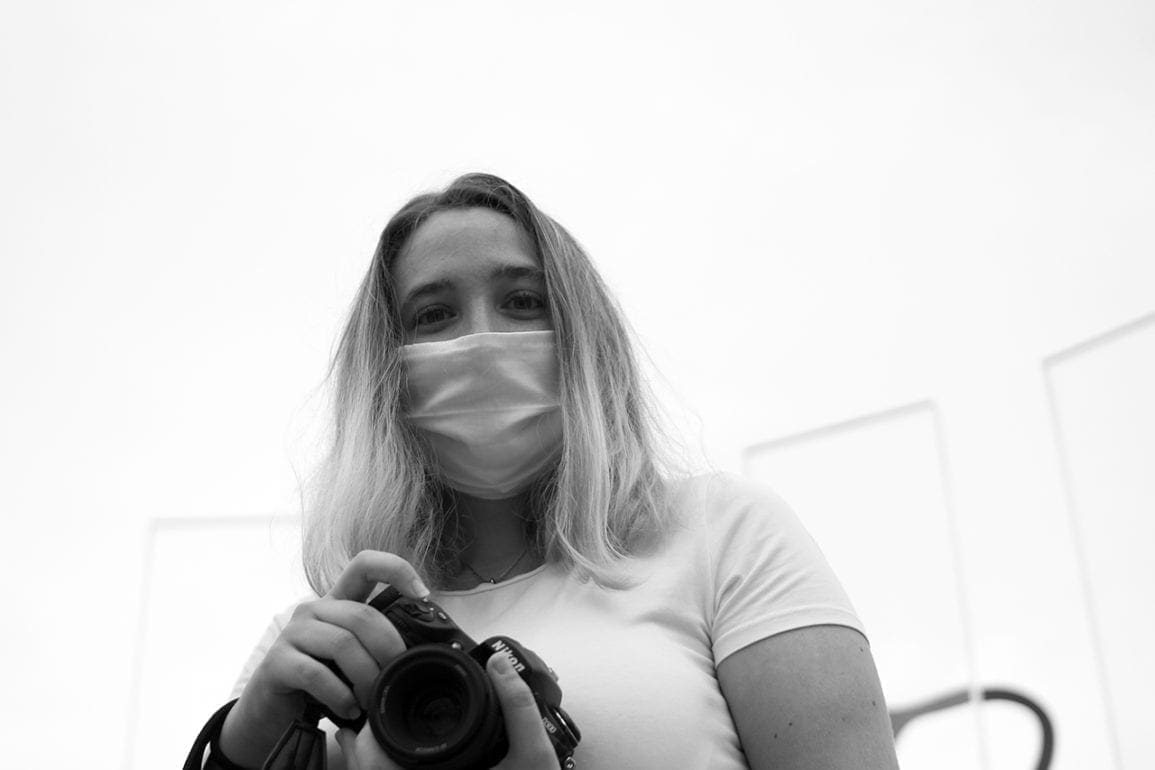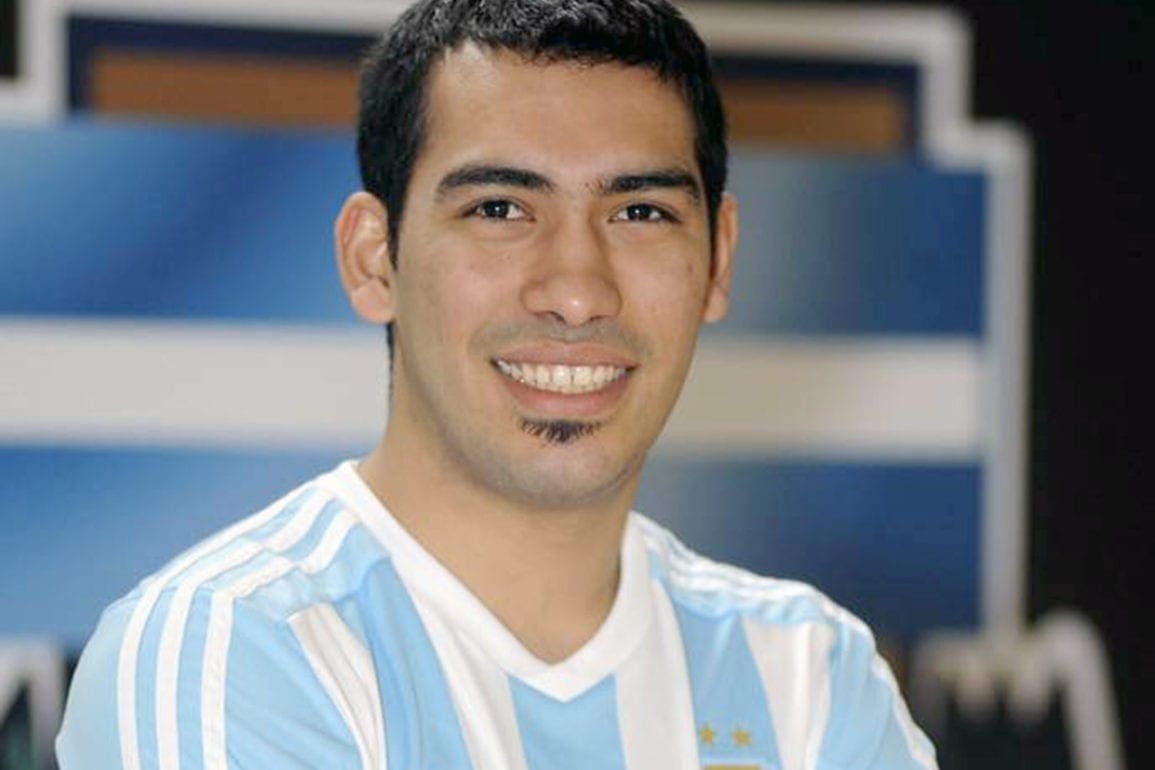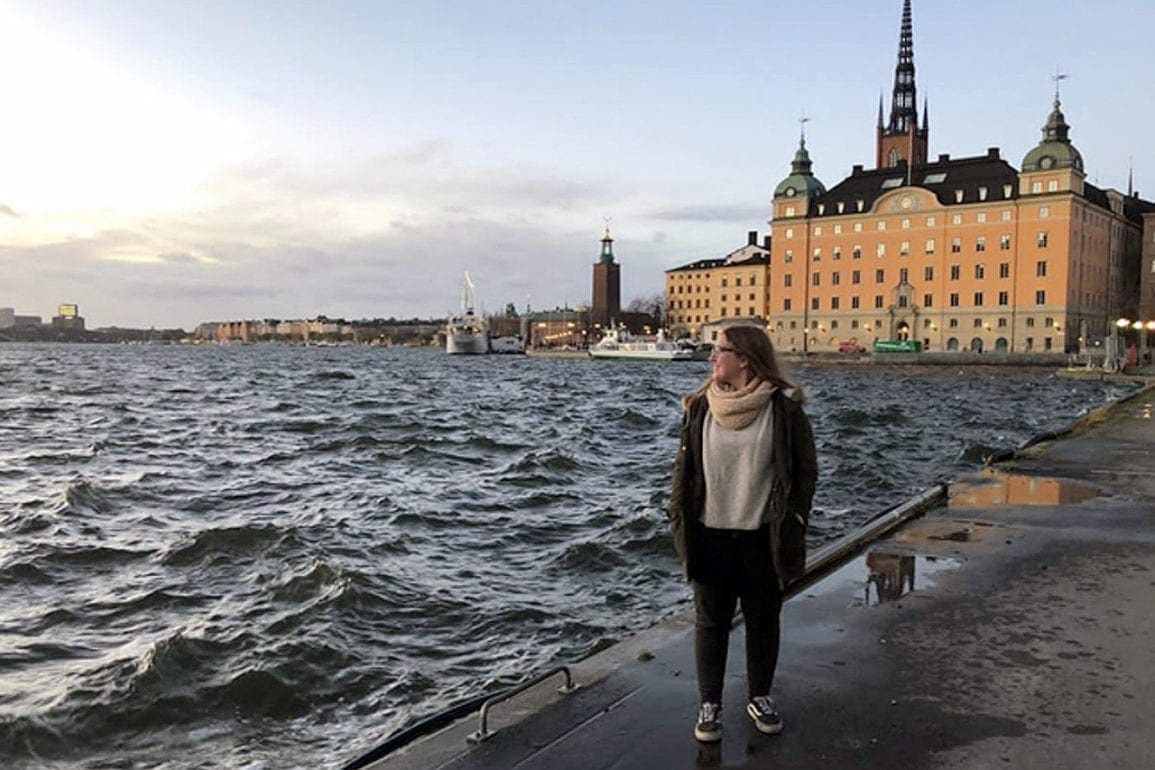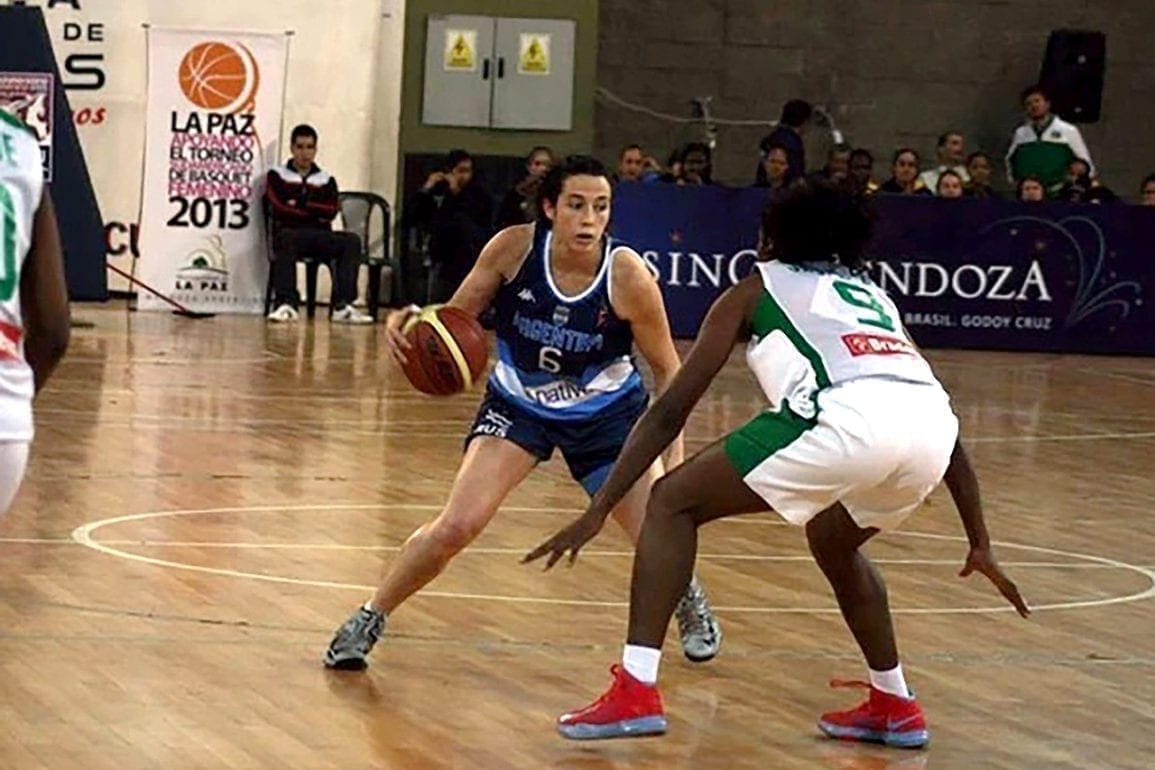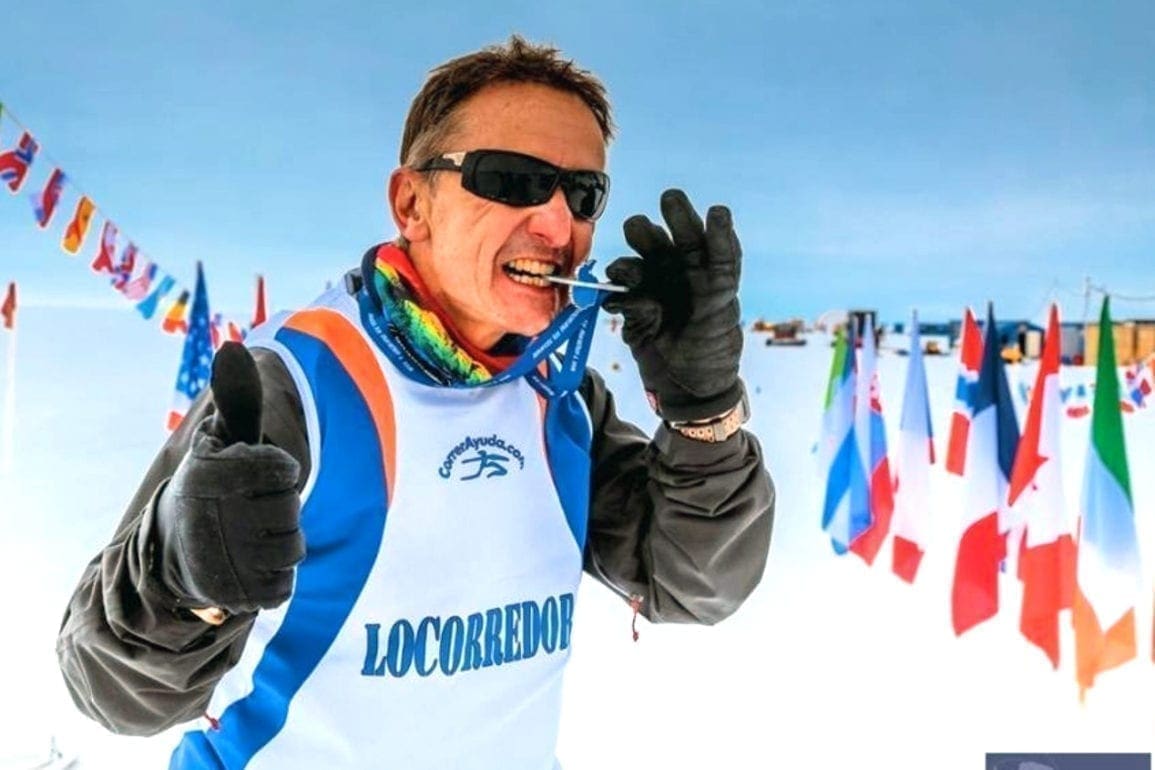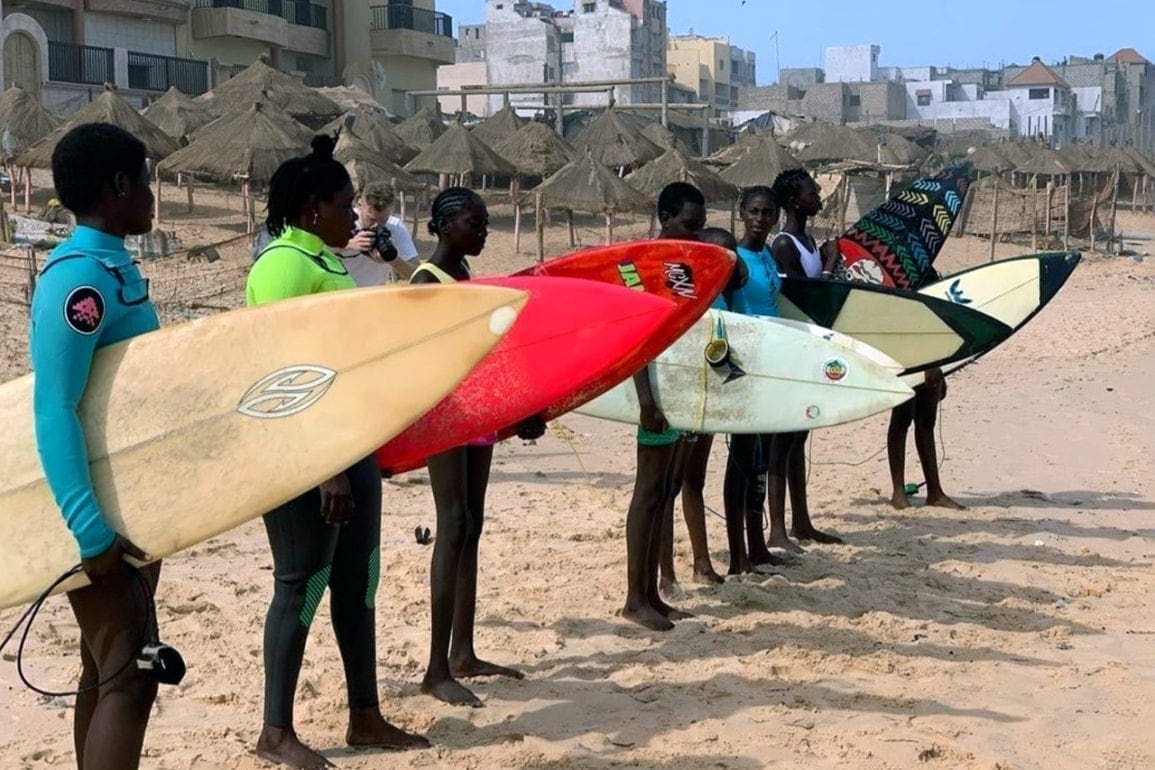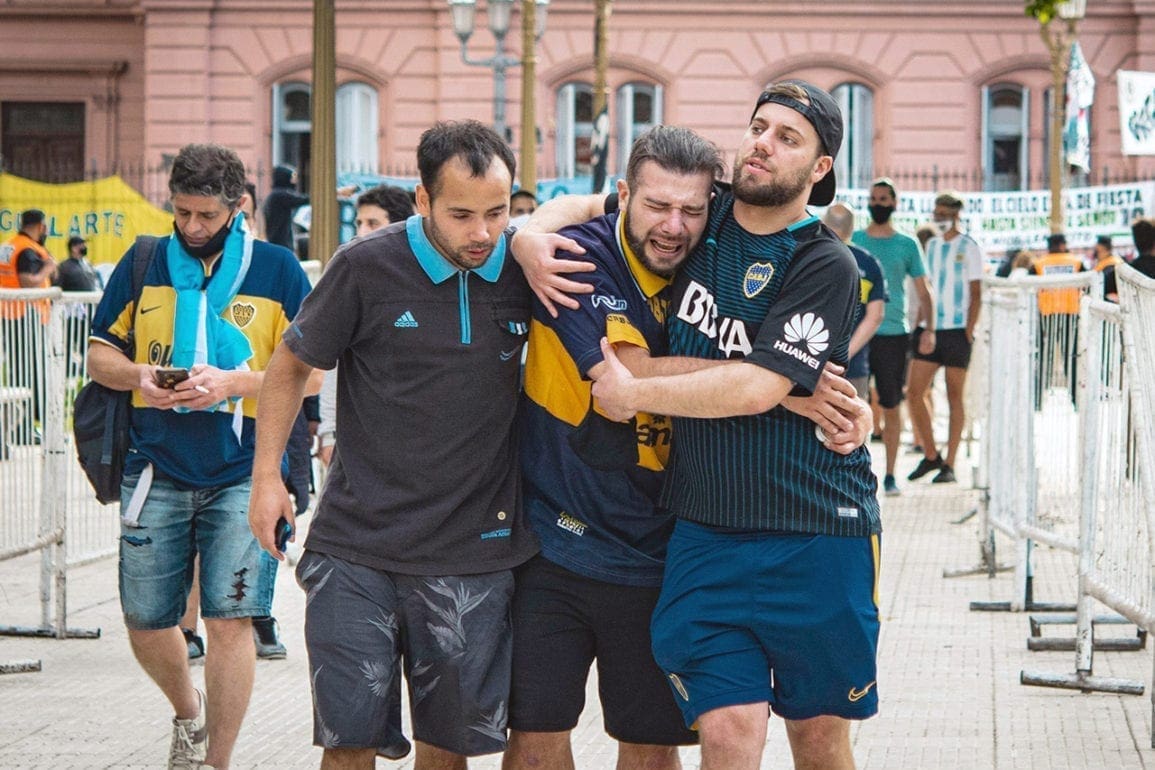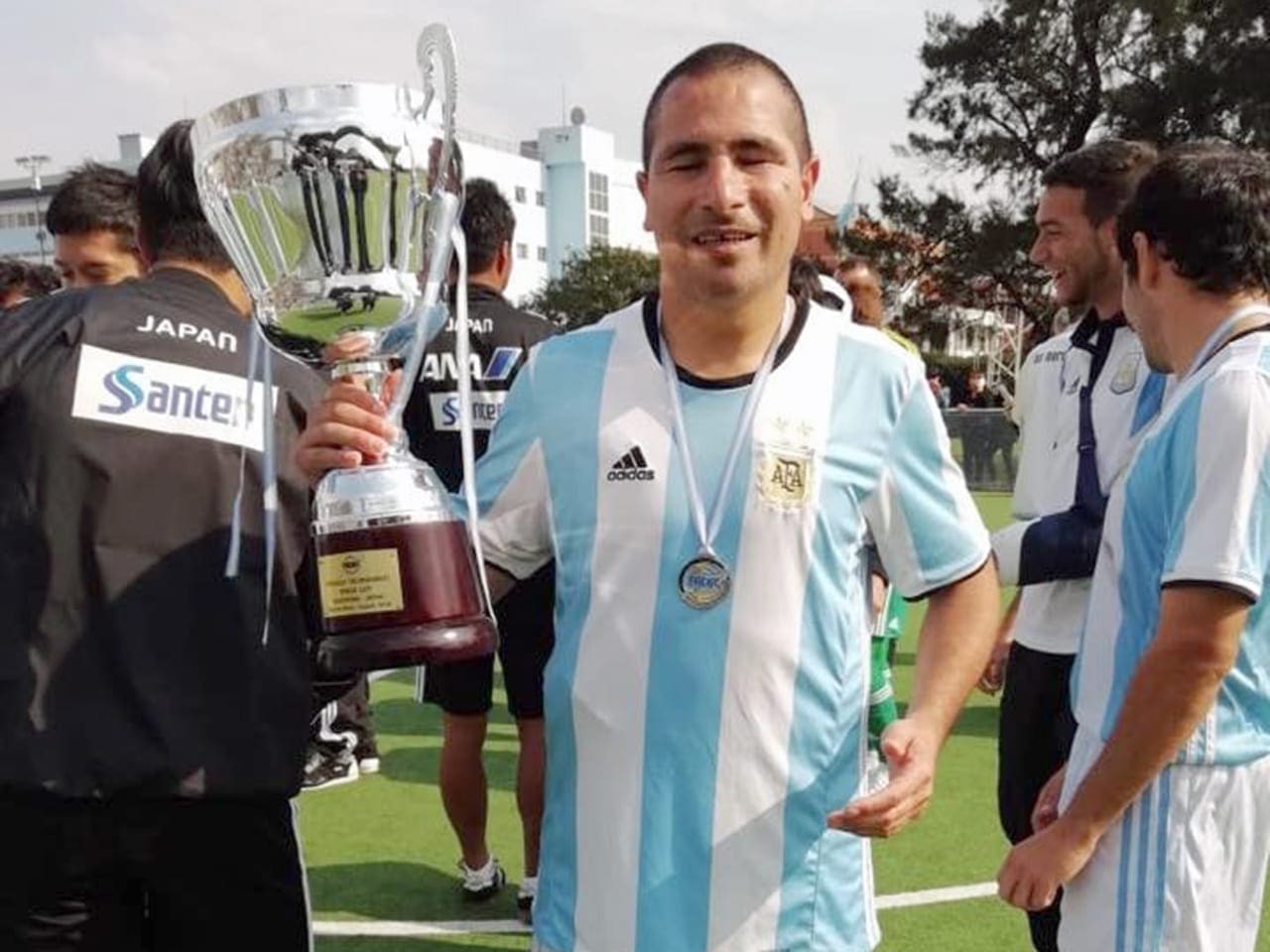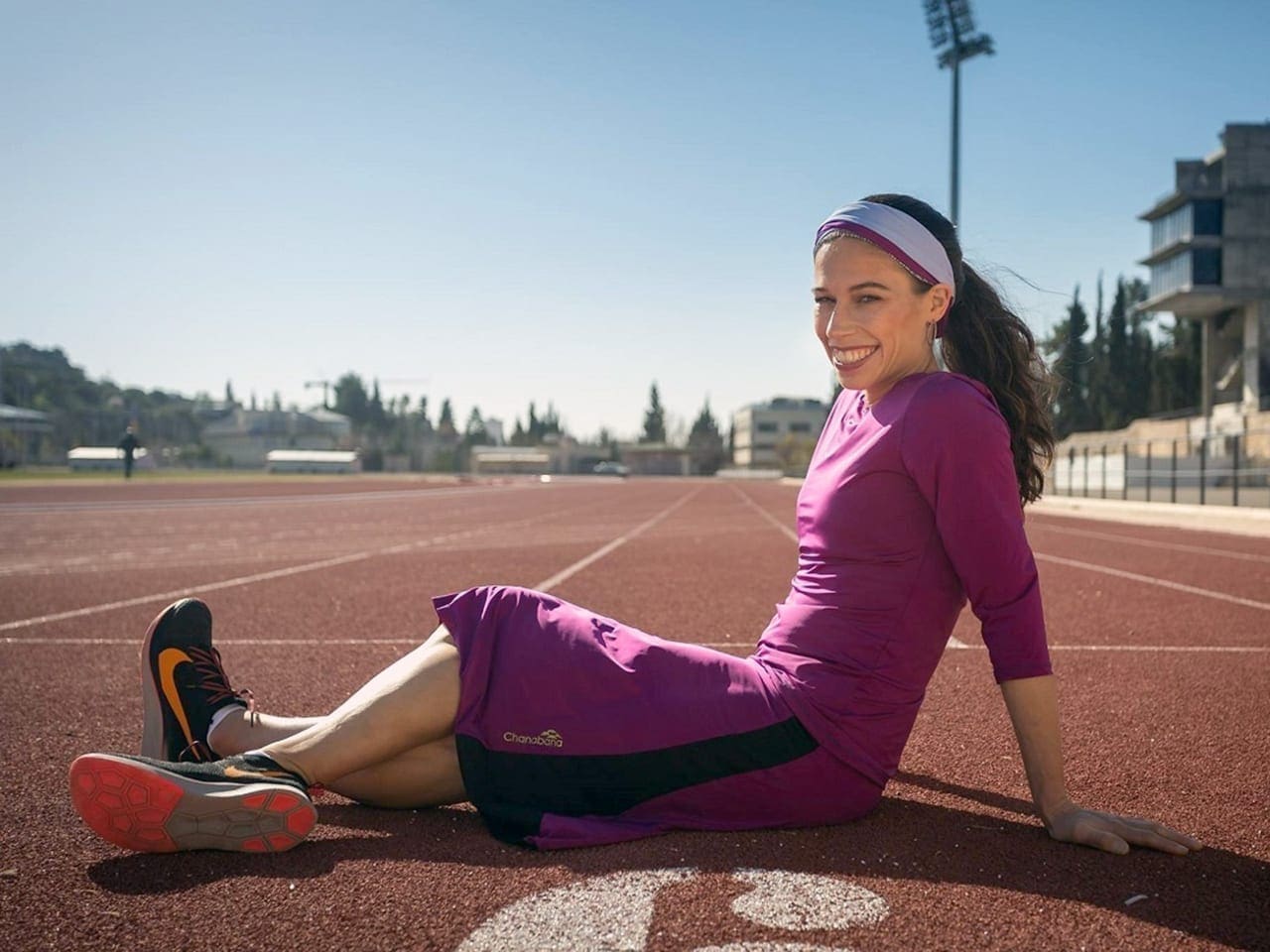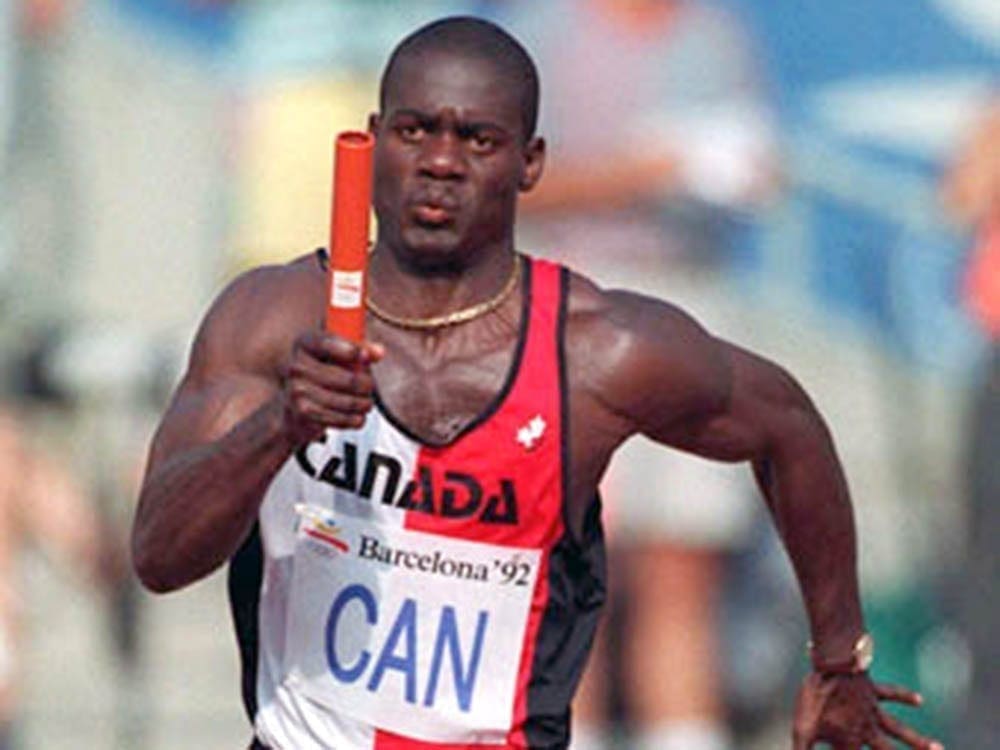He pioneered navigation on the Colorado River, and today has completed 30 adventures on five continents.
For 27 days, we overcame jumps, rapids, stones, and massive logs. At times, water submerged us almost completely, and we suffered hard blows and some broken bones. Thankfully, we had what we needed to mend our wounds and keep going.
- 3 years ago
March 19, 2023
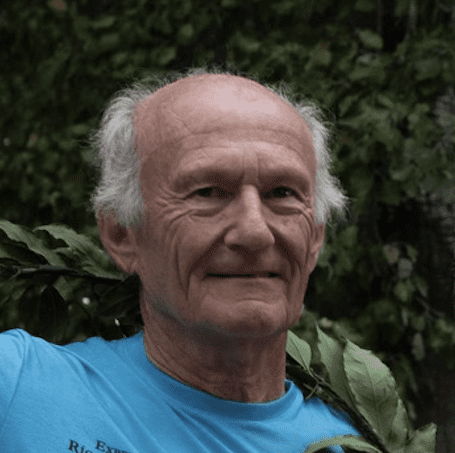
BUENOS AIRES, Argentina — 50 years ago, I navigated the Colorado River with three friends, after discovering it had never been done before. That adventure bonded us forever, and we went on to experience 30 more adventures together on five different continents.
Fifty years later, on the anniversary of our expedition, we sailed the last stretch of the river, in honor of our first journey, and to bring awareness to the current state of the river.
Read more inspiring Travel & Adventure stories from around the globe at Orato World Media.
We formed a group for the expedition, driven by the impossible
In 1972, I lived in Mar del Plata, where I studied Law and played sports at the city’s Yacht Club. One day, I met someone, and we started talking about the largest rivers in the world. Another person overheard us and made a comment about the Colorado River and how it has never been navigated. I leapt at the challenge. Through this casual conversation, our project began to take shape.
Spreading over 1,000 kilometers, the Colorado is a very important river in Argentina. It divides the country in two and serves as a boundary between the provinces of La Pampa and Río Negro. It cuts through the province of Buenos Aires in the south and empties into the Atlantic Ocean. I felt convinced someone must have tried to navigate it at some point and started my investigation. I traveled to Buenos Aires to ask the Naval Hydrographic Service for information on navigating the Colorado River. There, I searched in libraries and newspaper archives, but found nothing.
Some friends heard about my mission and joined my group. All four of us trained as athletes and felt driven to do things nobody had done before. It took us 10 months to get ready for the expedition. We got the Argentine Navy to provide two inflatable boats and the Air Force provided us with radio equipment to communicate and give daily reports.
Friends and relatives helped fund the other necessities and equipment. In January 1973, we moved to the source of the Colorado River. It proved challenging to get there. First, we took a car and a trailer, but left the trailer behind due to the narrowness of the path. Later, we left the car behind, too, and replaced it with horses and a mare.
Making it through the other side with broken bones
We set sail on January 16 with great anxiety. My muscles clenched the entire time. I imagined a thousand different scenarios in my head but felt confident in our abilities. For 27 days, we overcame jumps, rapids, stones, and massive logs. At times, water submerged us almost completely, and we suffered hard blows and some broken bones. Thankfully, we had what we needed to mend our wounds and keep going. We had no room for failure. The more we sailed, the more adrenaline rushed over me.
I felt so close to our goal, and I convinced my body it could not feel any pain. We kept going until we made it to the other side. Once we arrived at Fortín Mercedes, in Pedro Luro, we felt so ecstatic. We could not believe our accomplishment. The view looked beautiful, the water stretching on for miles. As children, we read stories from the books of Jules Verne, Emilio Salgari, and Daniel Defoe. At that moment, we felt like characters from these novels. We felt like true explorers.
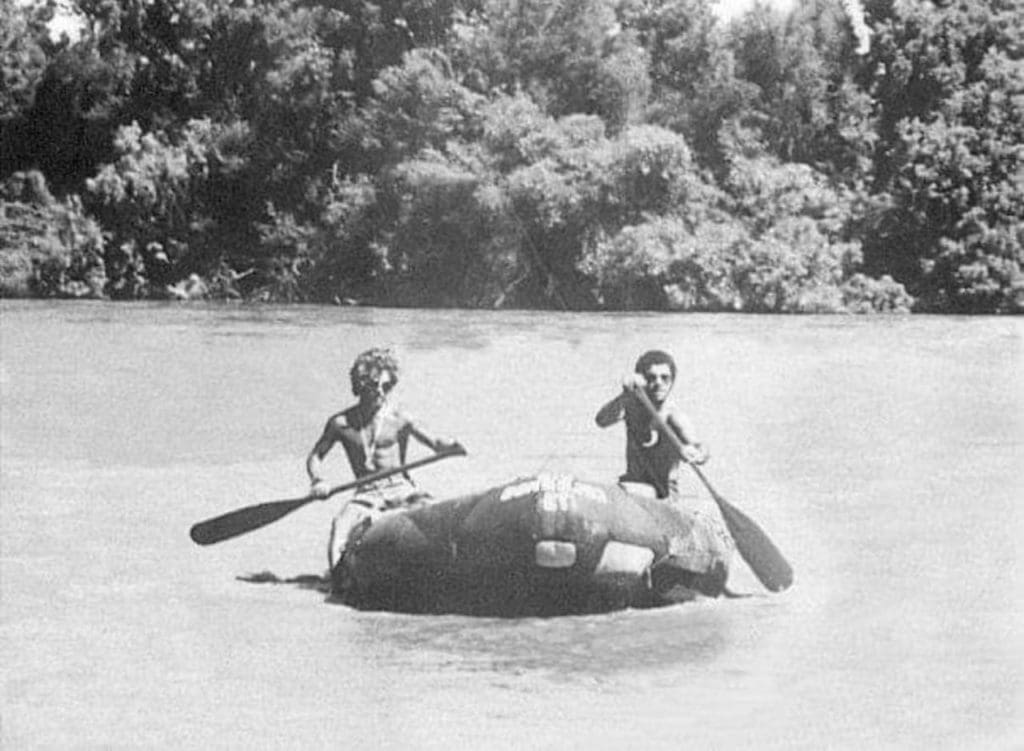
By that time, the press learned about our trip, and the expedition began to carry more weight in the eyes of the media. On our journey back home, we noticed many people waiting for us. In addition to our friends and family, there were local authorities, members of the press, and many other people we did not know. They all celebrated our achievements and congratulated us. That experience opened the doors to the world of exploration and pushed us to dedicate ourselves to this passion for 50 more years. We went on 30 more expeditions, spread over five continents. We felt capable of great things.
The adventures continued by foot, on logs, and in hot air balloons
Our adventures kept going after that. We climbed Aconcagua ten times, hiked Kilimanjaro, Mont Blanc, and explored the Everest base camp, along with 12 Antarctic bases. At some point, we also crossed the sea on a log raft on the Atlantis expedition to prove that Africans could have come to America before Columbus. I coined a phrase that has always been with us since, “Let men know men can.”
In addition, we crossed the Andes mountain range in a hot air balloon, inside a wicker basket, and the sea of the Antilles in a kayak without any external support. After careful study and calculation, we went from island to island, from Puerto Rico to Venezuela. Everything we accomplished brought us closer together. We lived through adventures I will never forget. Our entire lives, we never once wanted to settle down. Our curiosity and ambition propelled us further each time.
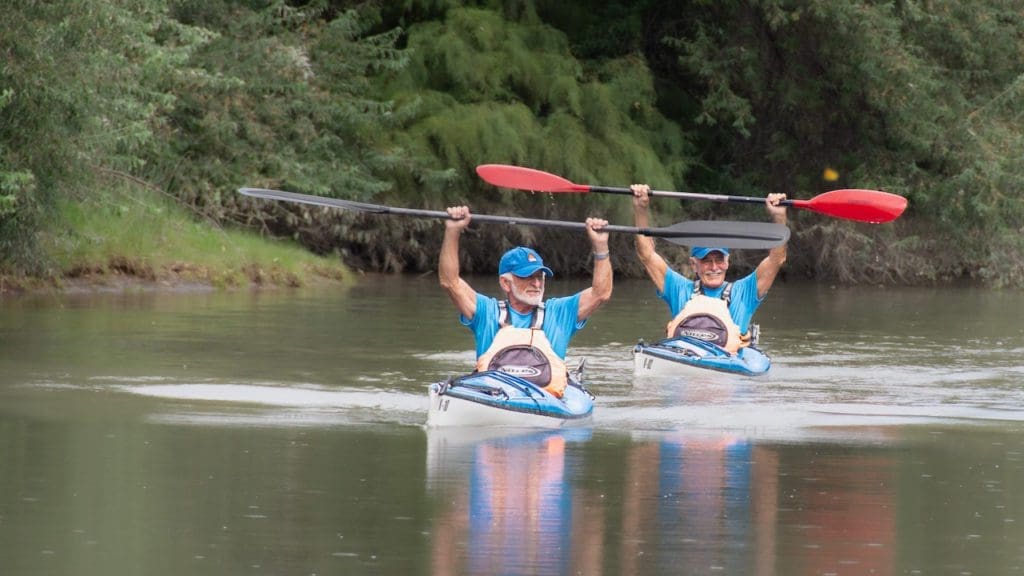
One night, at a celebratory dinner with other sailors and companions from other expeditions, we realized the 50th anniversary of our first expedition was coming. We decided right then to plan another trip to the river, to complete the last stretch. The four of us sailed again, this time old, bald, happy, and healthy. It felt extremely emotional. We wanted to give back to the river some of what it gave us. Today, due to climate change and pollution, the river is in dire shape. Back then, it looked strong and sonorous. The river boasted very lively, dynamic water. Today, at the height of Pedro Luro, it forms a gentle thread of water which is extremely weak. Of the five protagonists of this story, we are four explorers, and the river is the fifth.
A love for adventure that never waivers
We feel connected to the river: it allowed us to become explorers for the first time, and bonded us forever as a group. It launched us into a world of adventure, and to see it changing over the years feels heartbreaking. This 50th anniversary expedition back to the Colorado river was our way of raising awareness on the issue.
This time we decided to do it in individual kayaks. We no longer had those inflatable boats we returned to the navy all those years ago. Instead, we kayaked from the Colorado River, and built a camp along the shore to sleep at night. We stayed up sharing stories and reminiscing about our first time there. Since that initial trip, we never separated, and we shared the rest of the expeditions for 50 years. We keep going further and further, celebrating life.
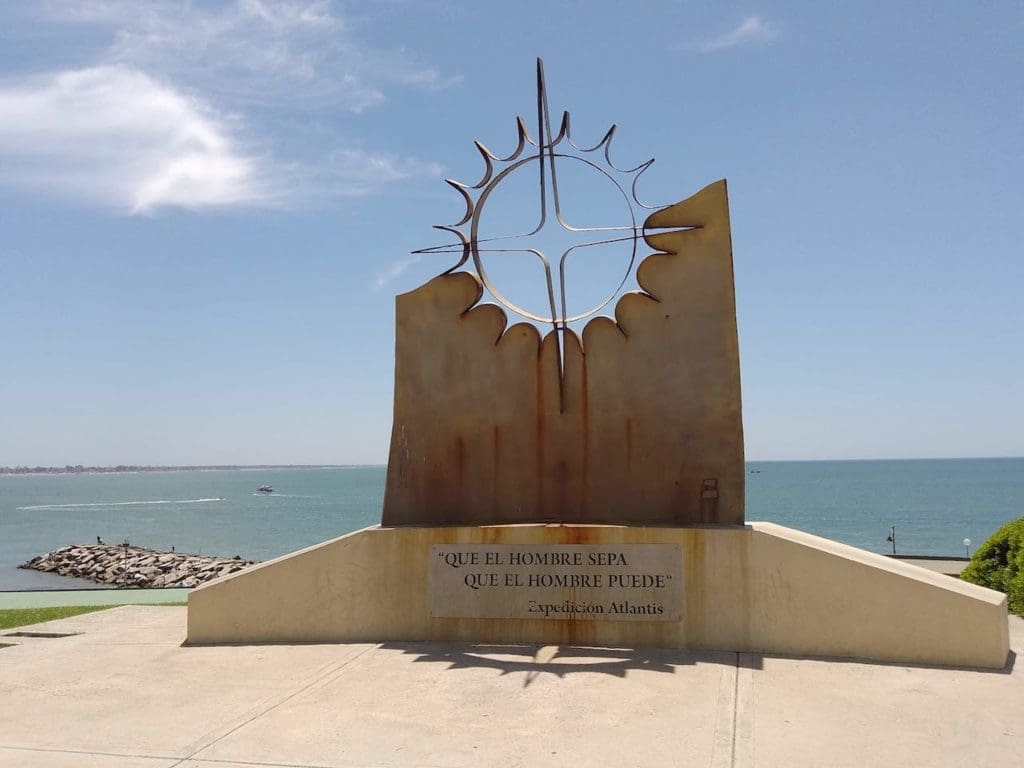
On February 11th at 11 a.m., 50 years later, we arrived once again at Pedro Luro, the other side of the river. Once again, a crowd awaited us, along with some companions from past expeditions. Our wives and children were also there. It felt incredible that we could still do something like this. The emotions came over me as I embraced my loved ones.
Whether I am in an office, or outside in nature, my mind always goes back to this river. I fully live every minute of my life and have always lived in a group. The thought of one of us accomplishing something and having nobody up there to hug or return with makes me sad. I always want the four of us to have each other. I am interested in shared dreams and shared visions. The best part of the adventure lies in the people you share it with.

